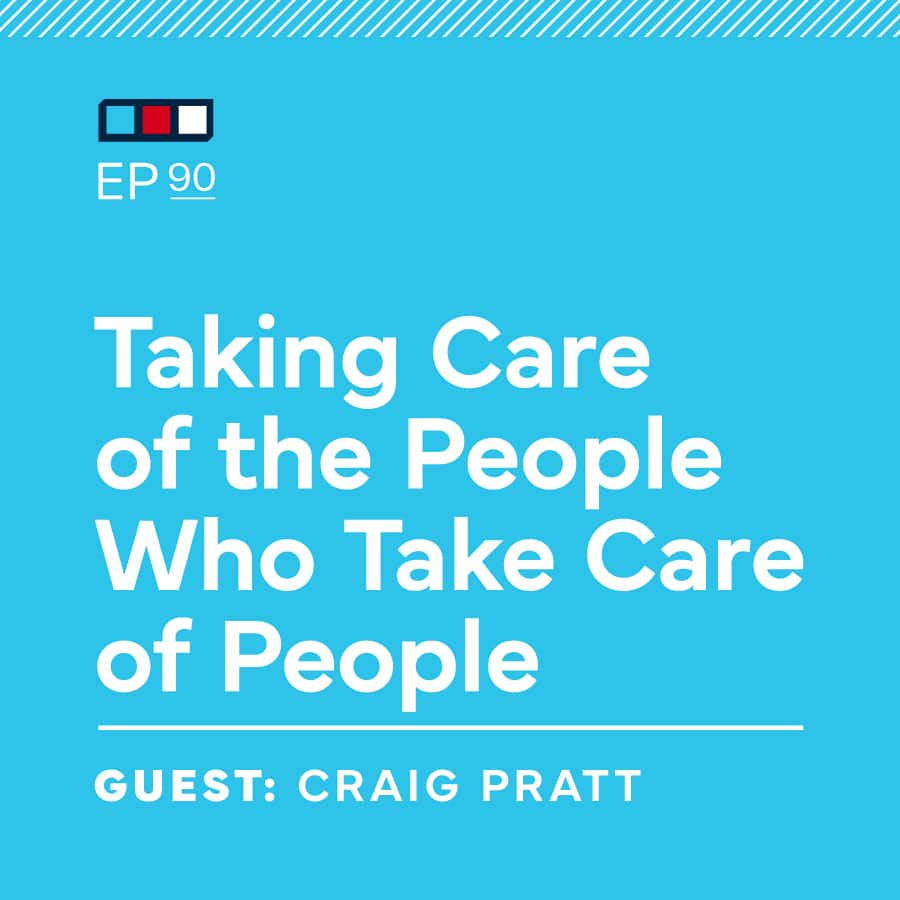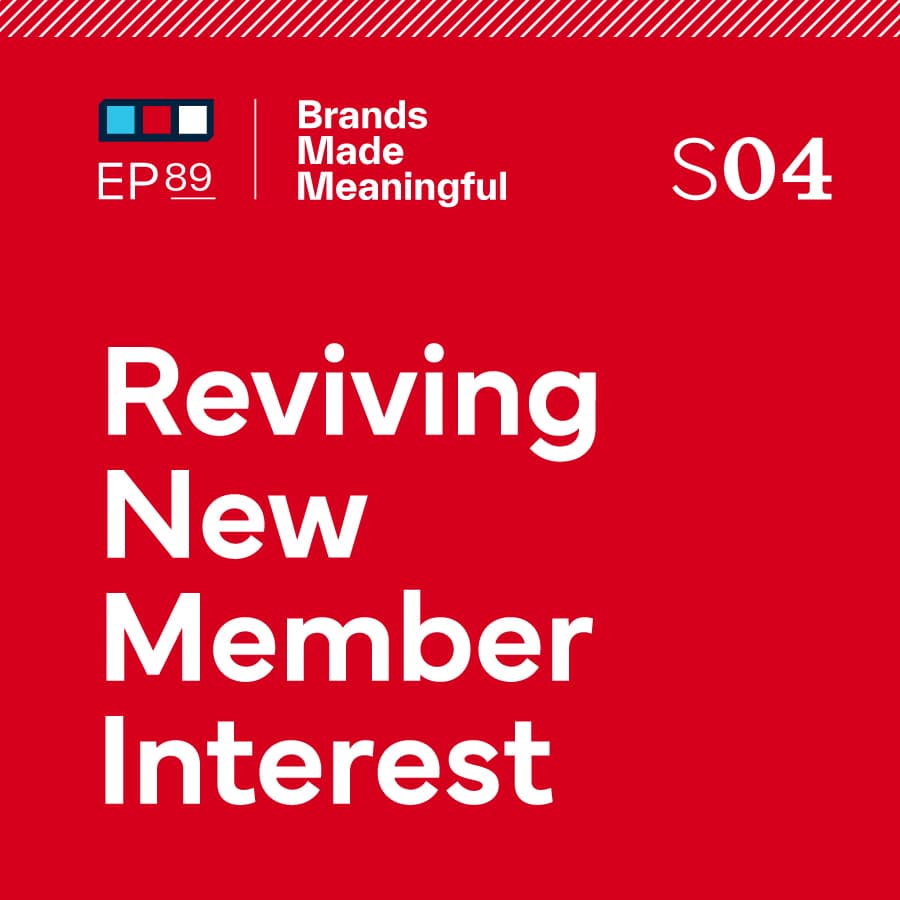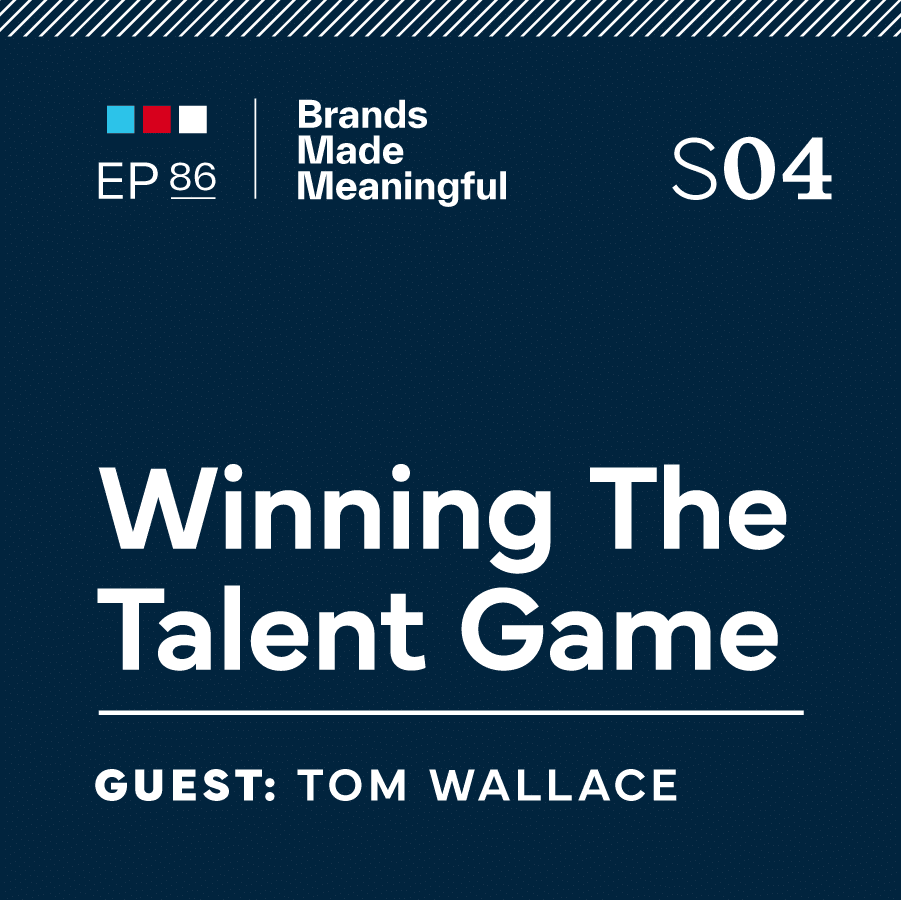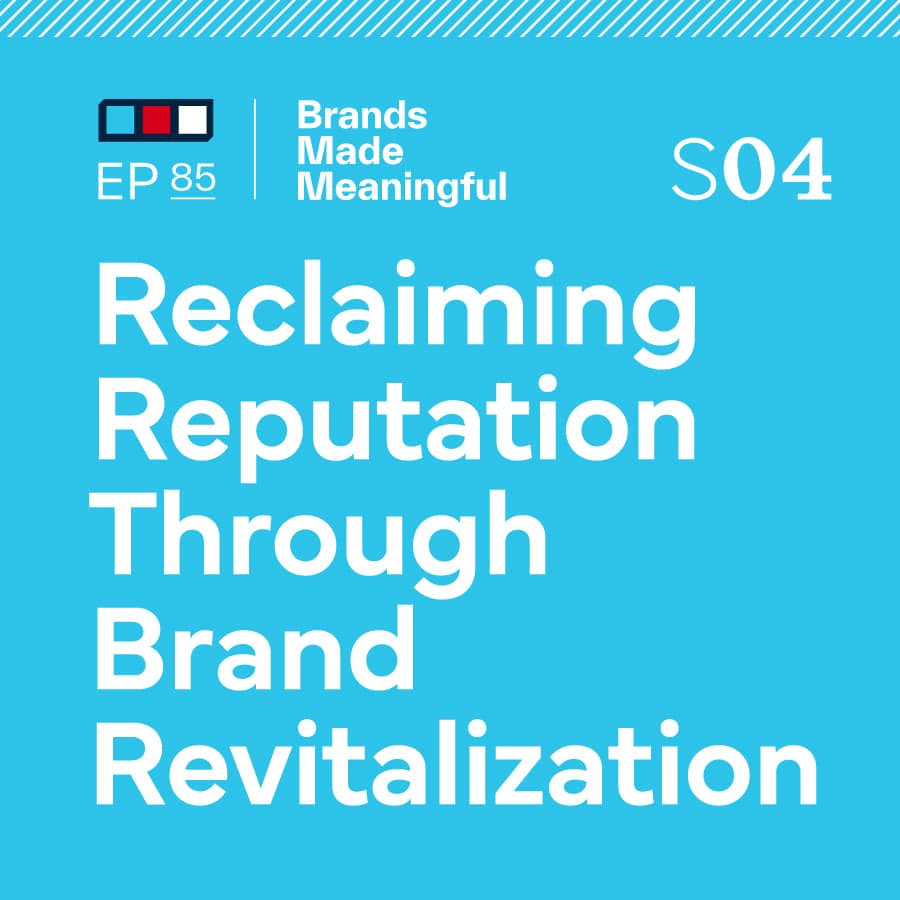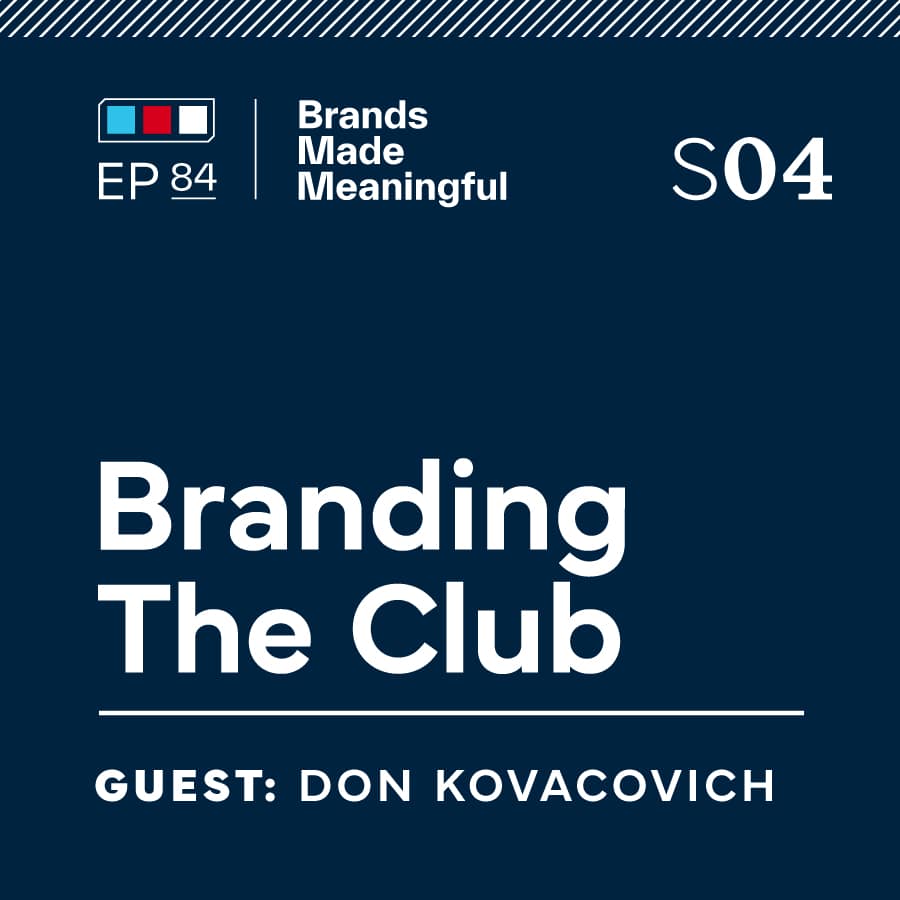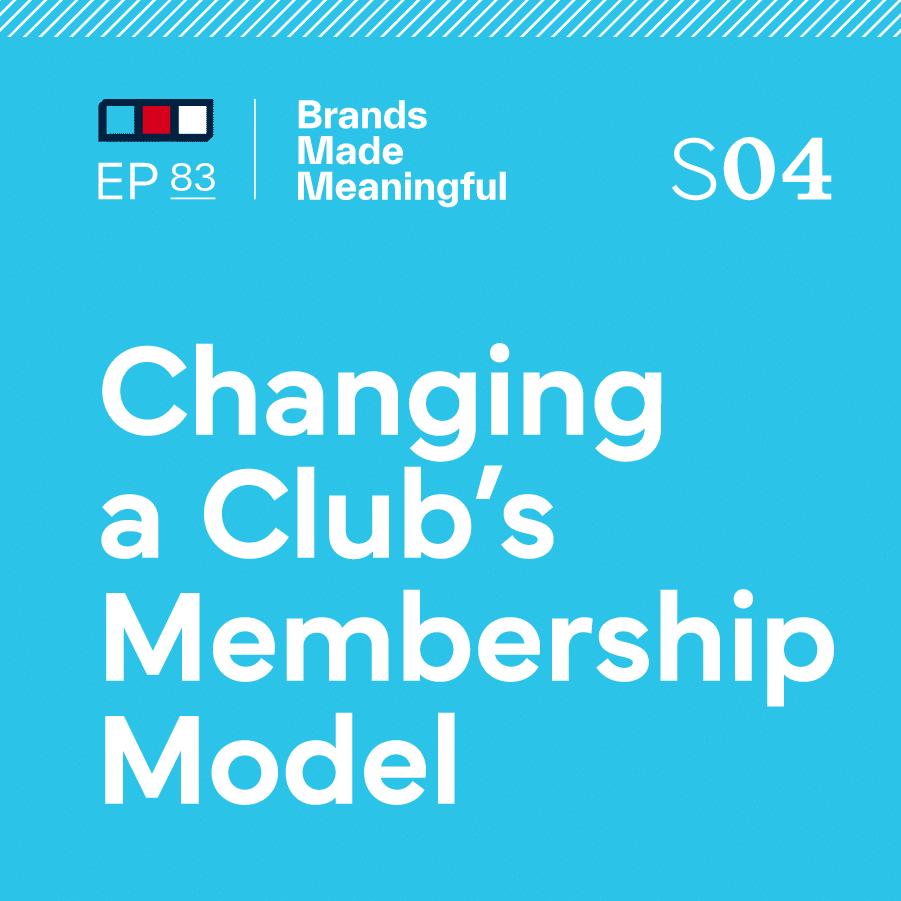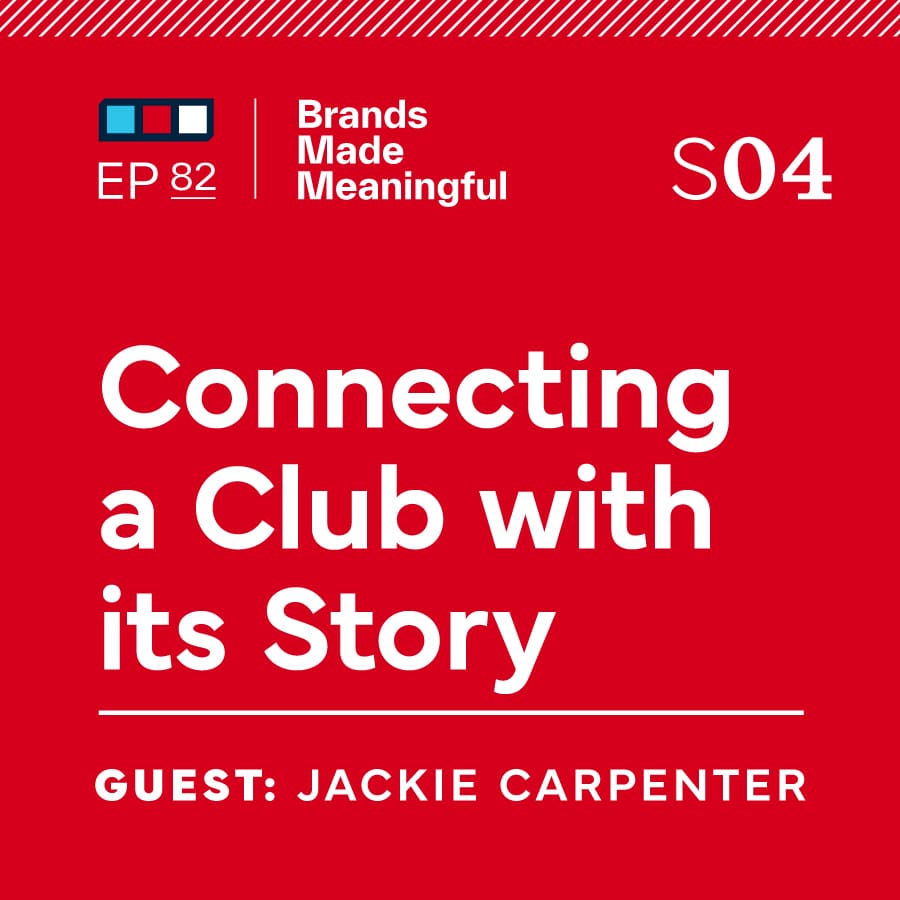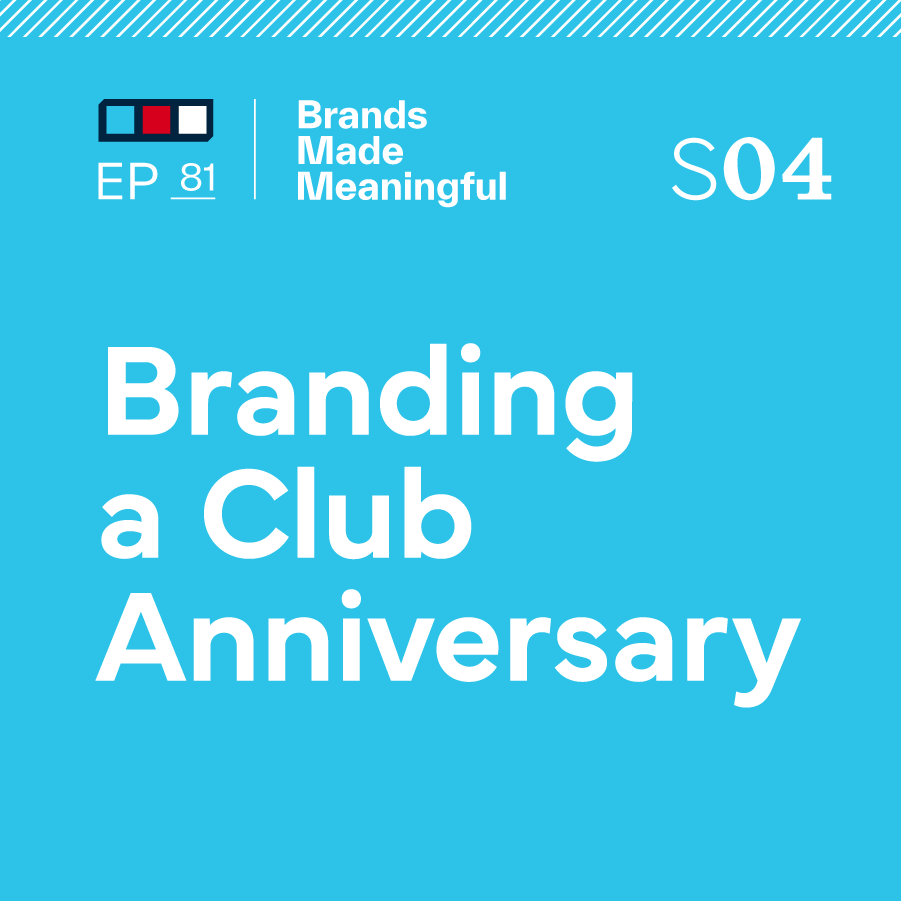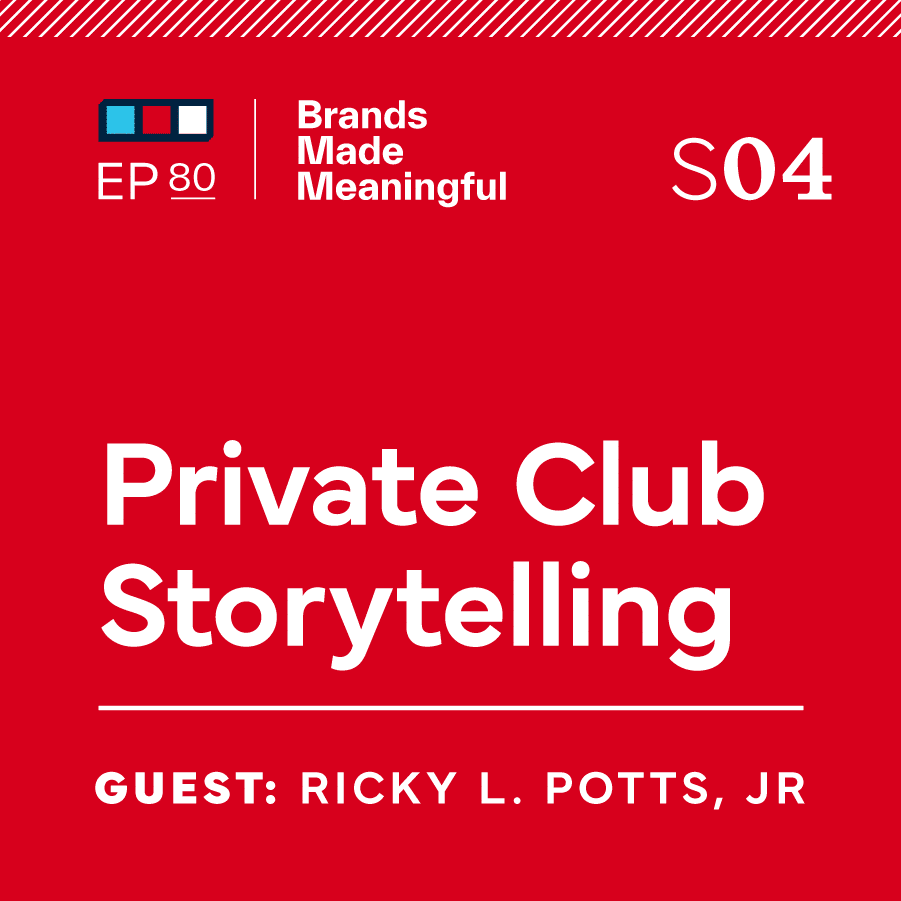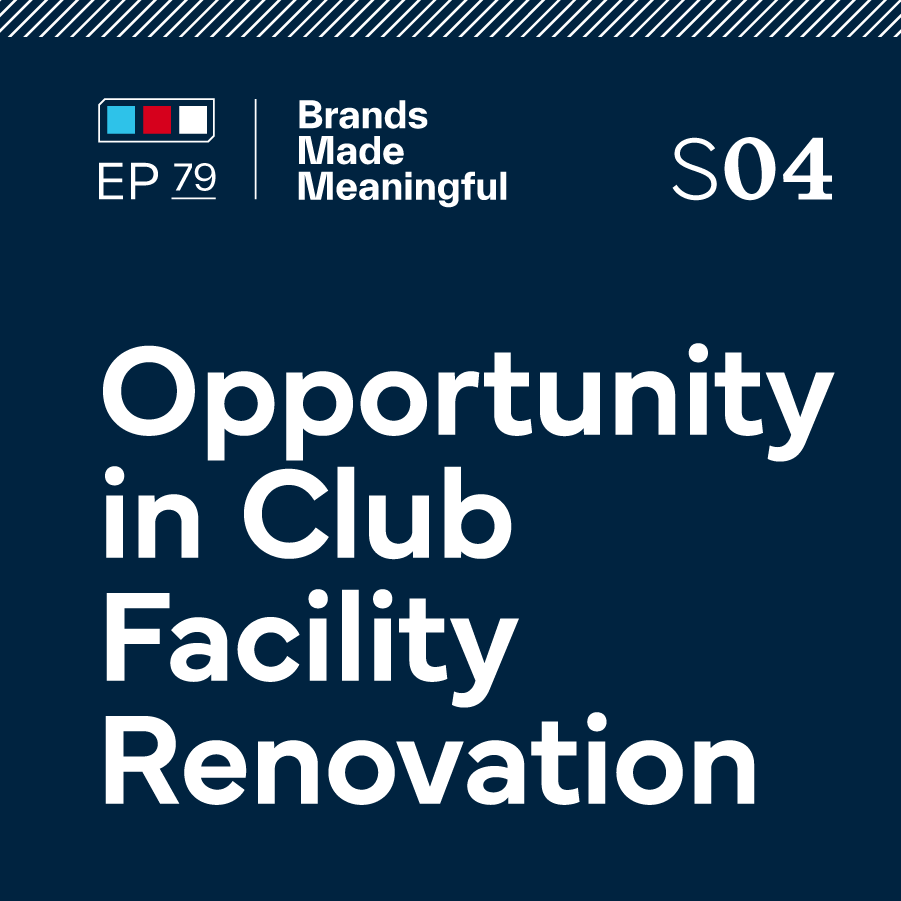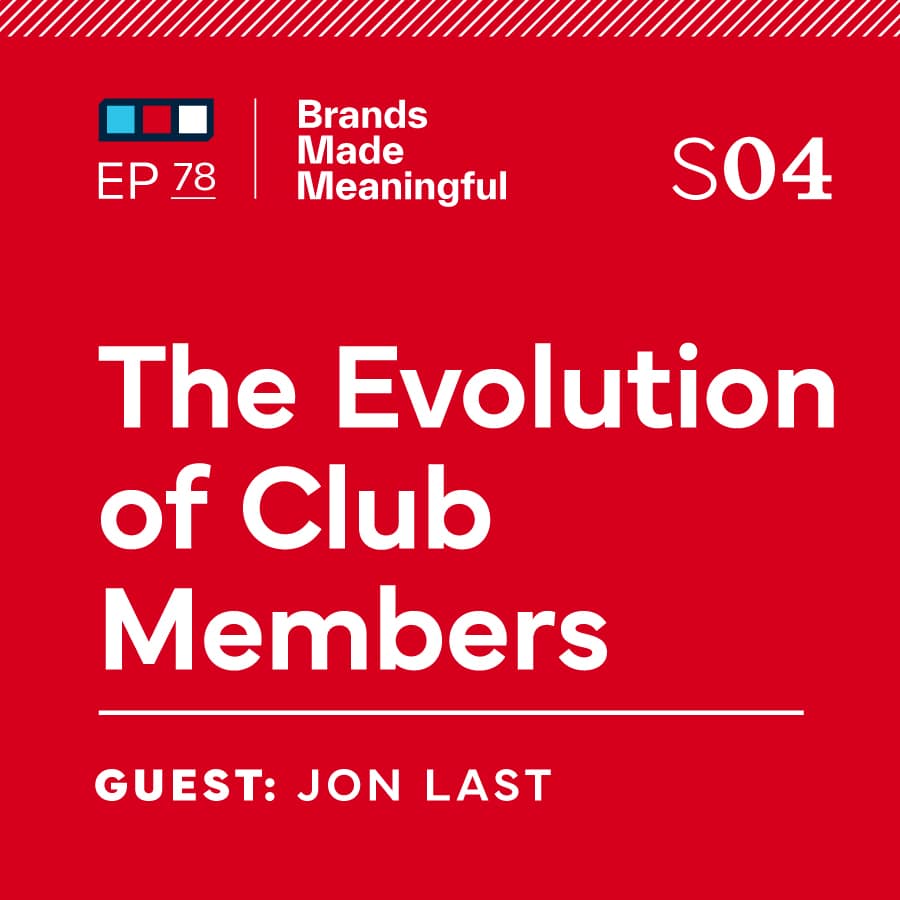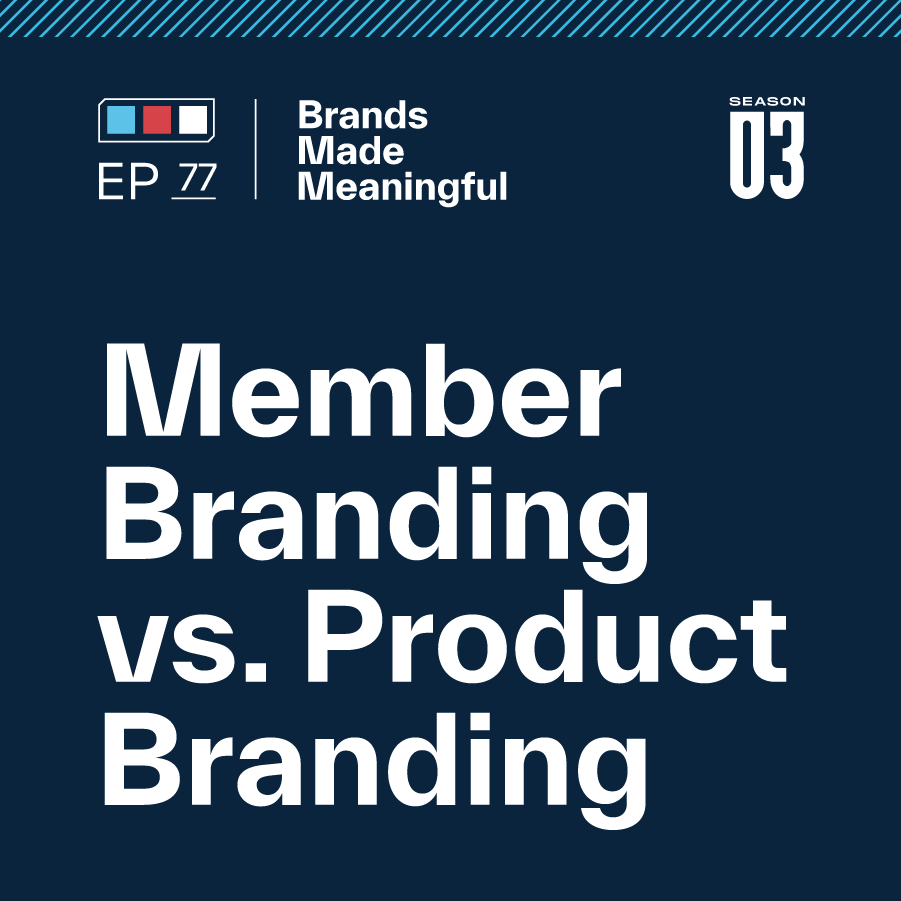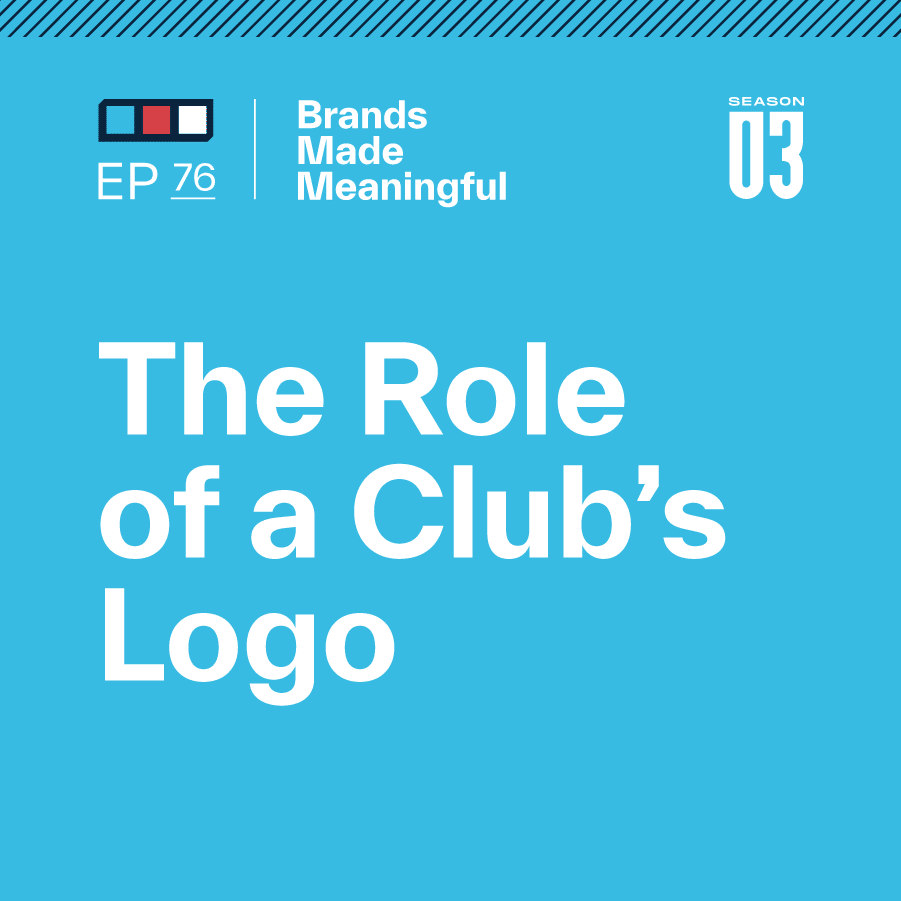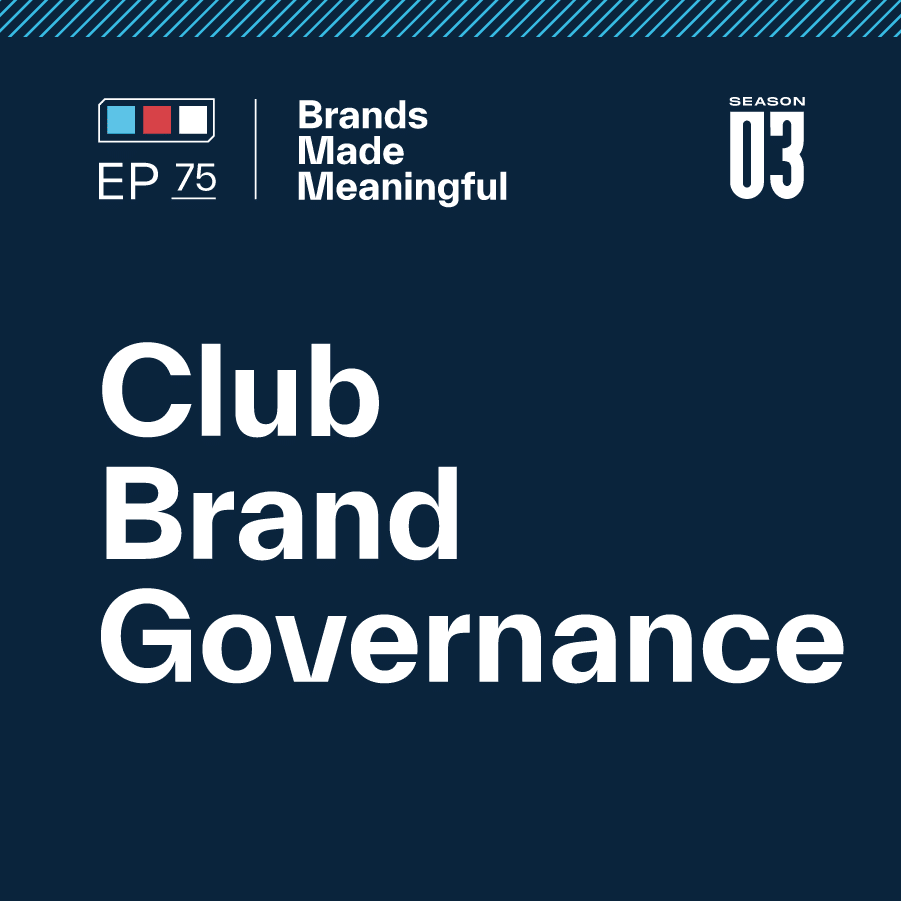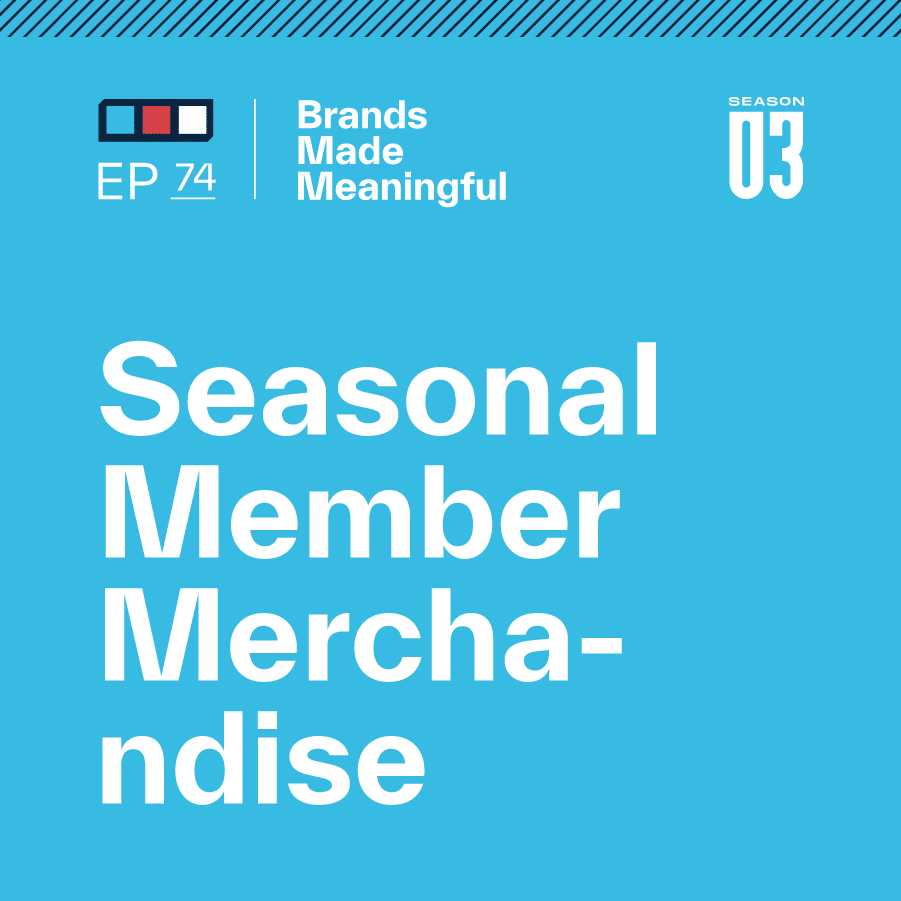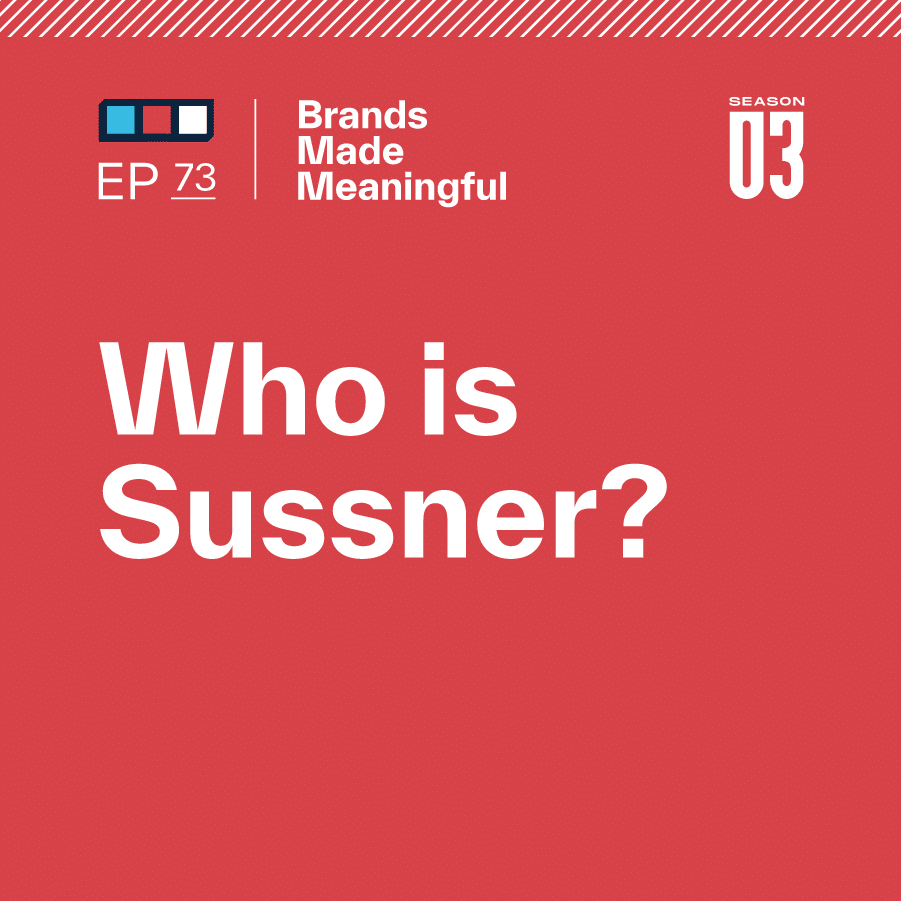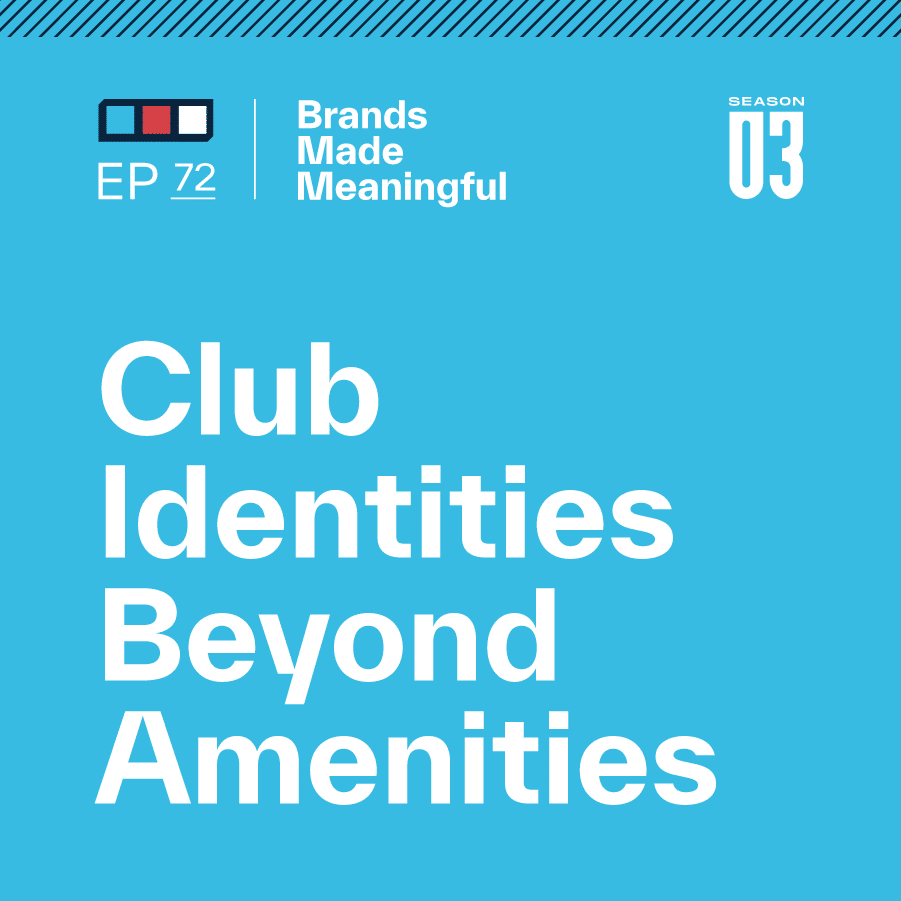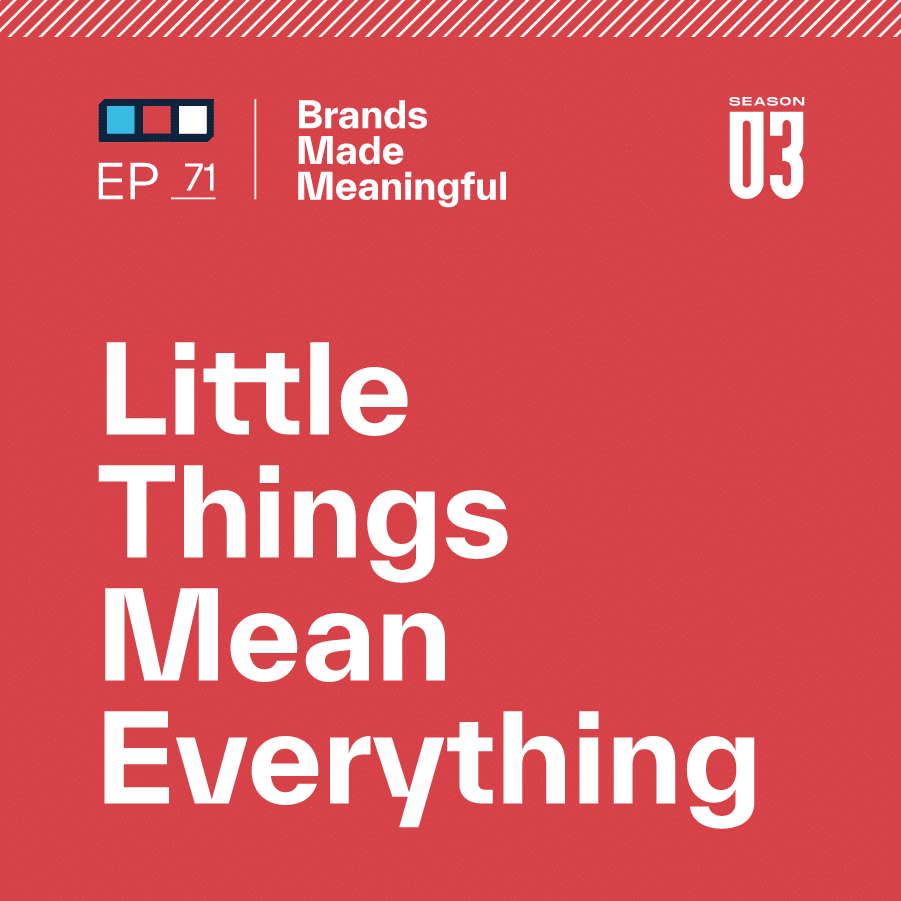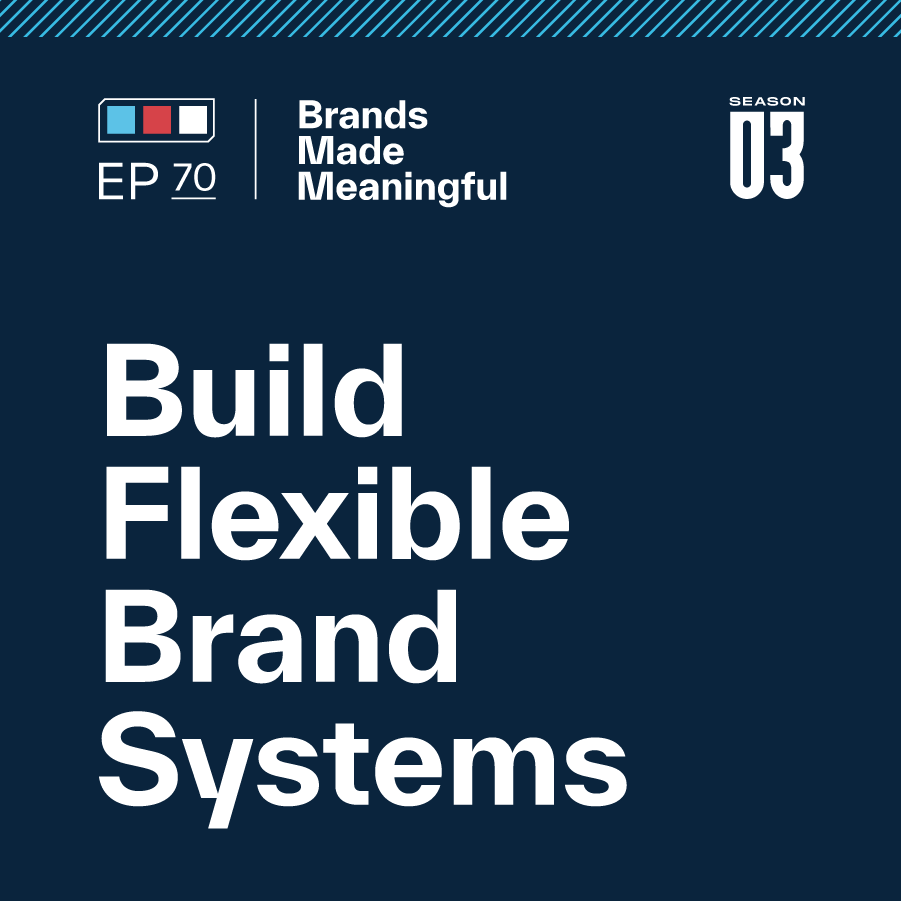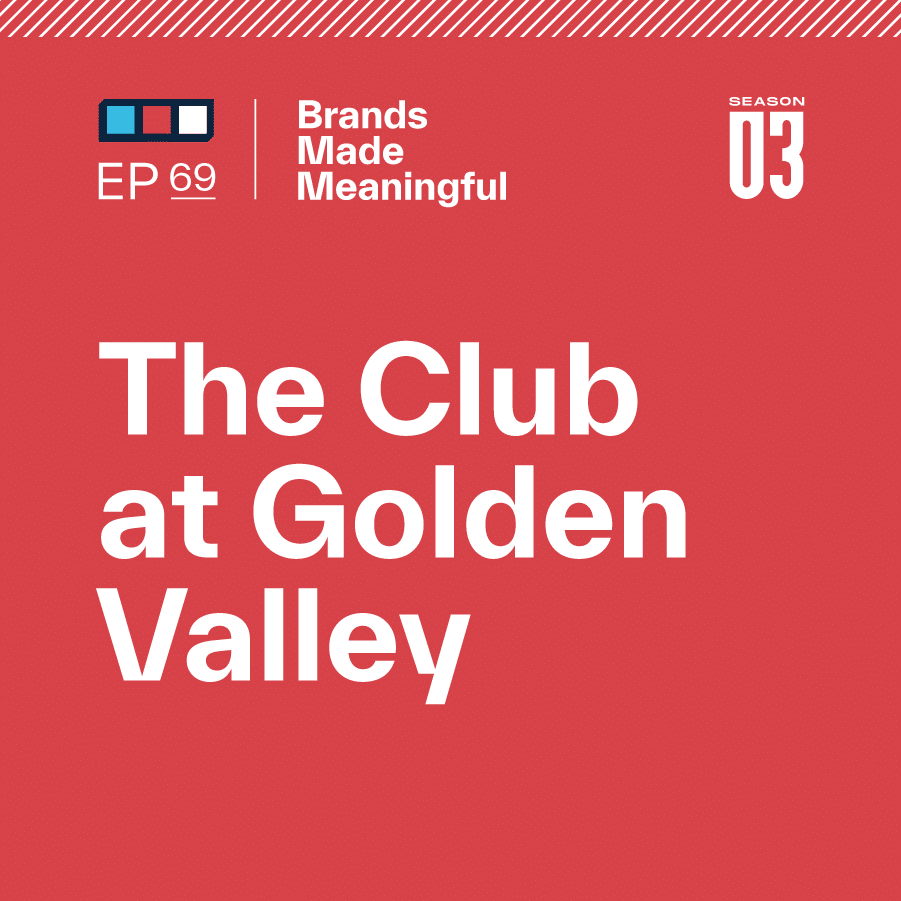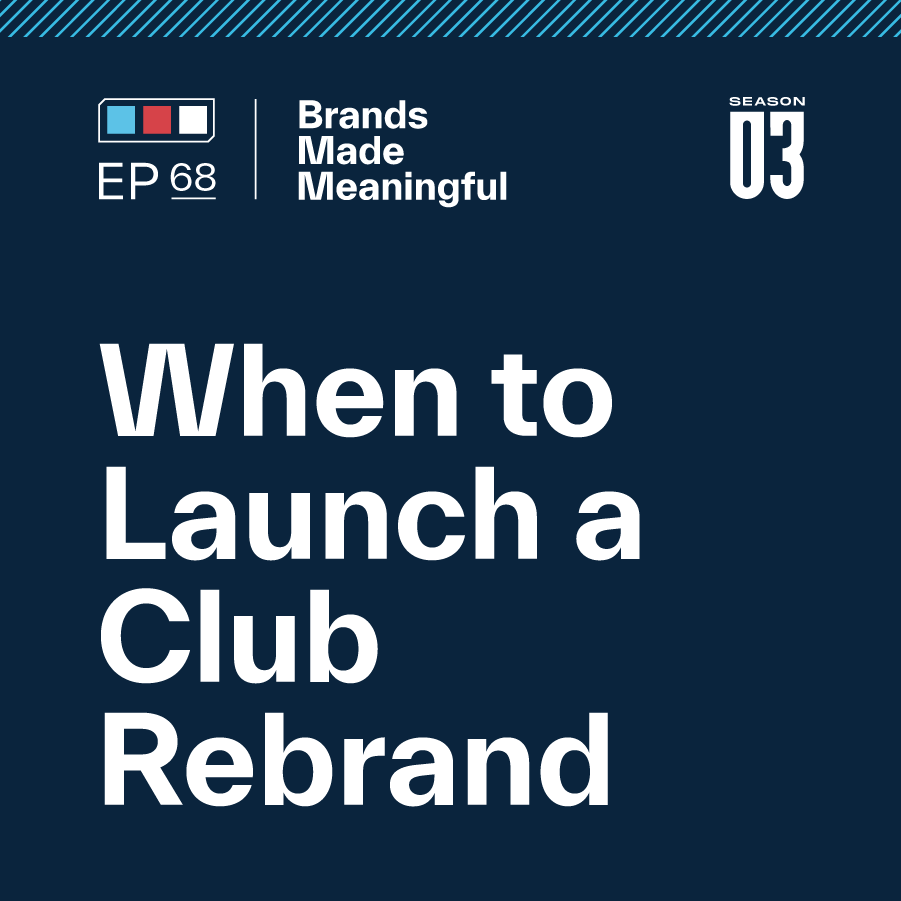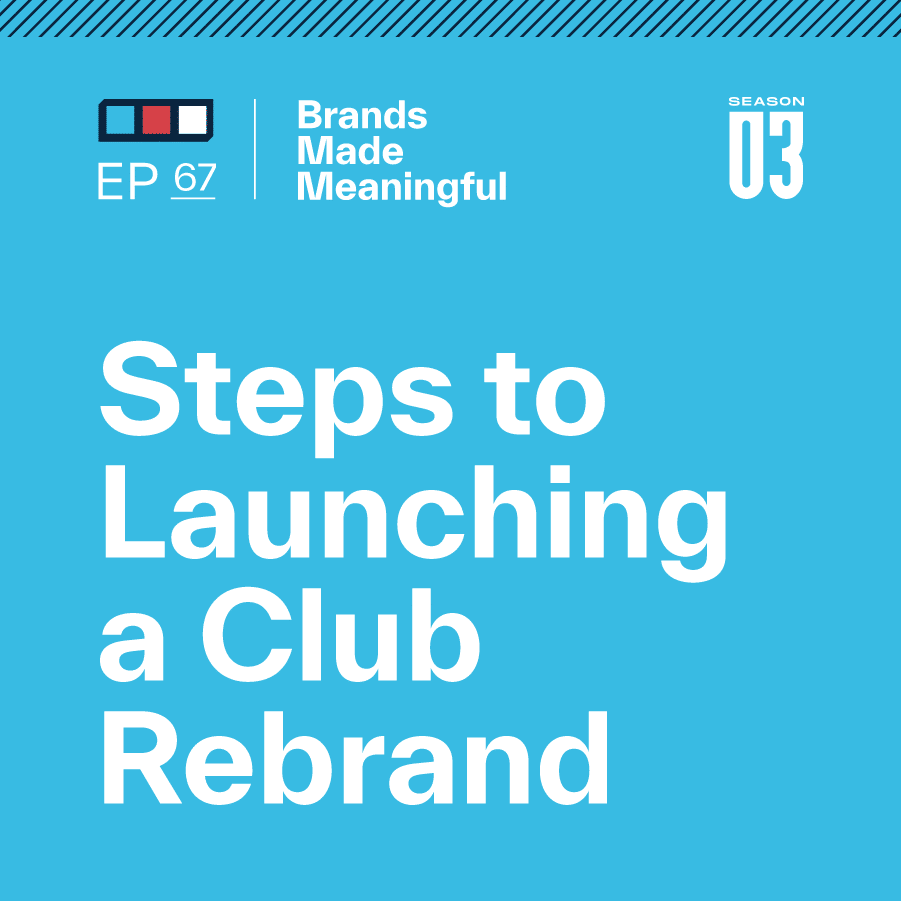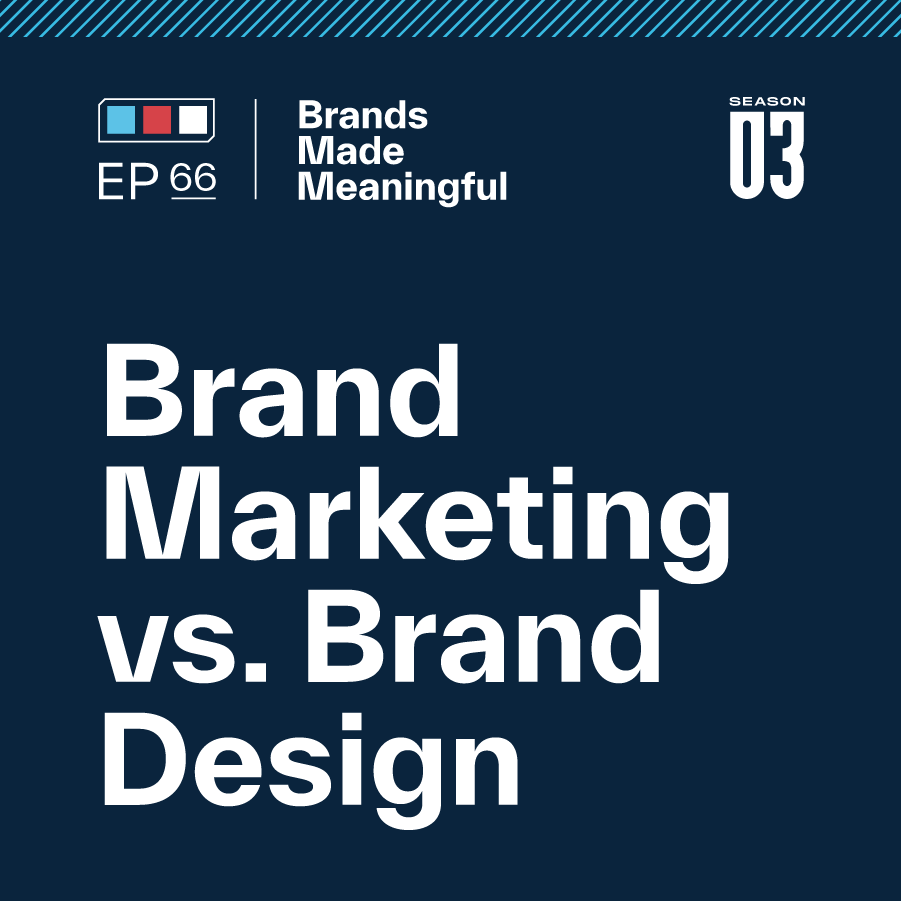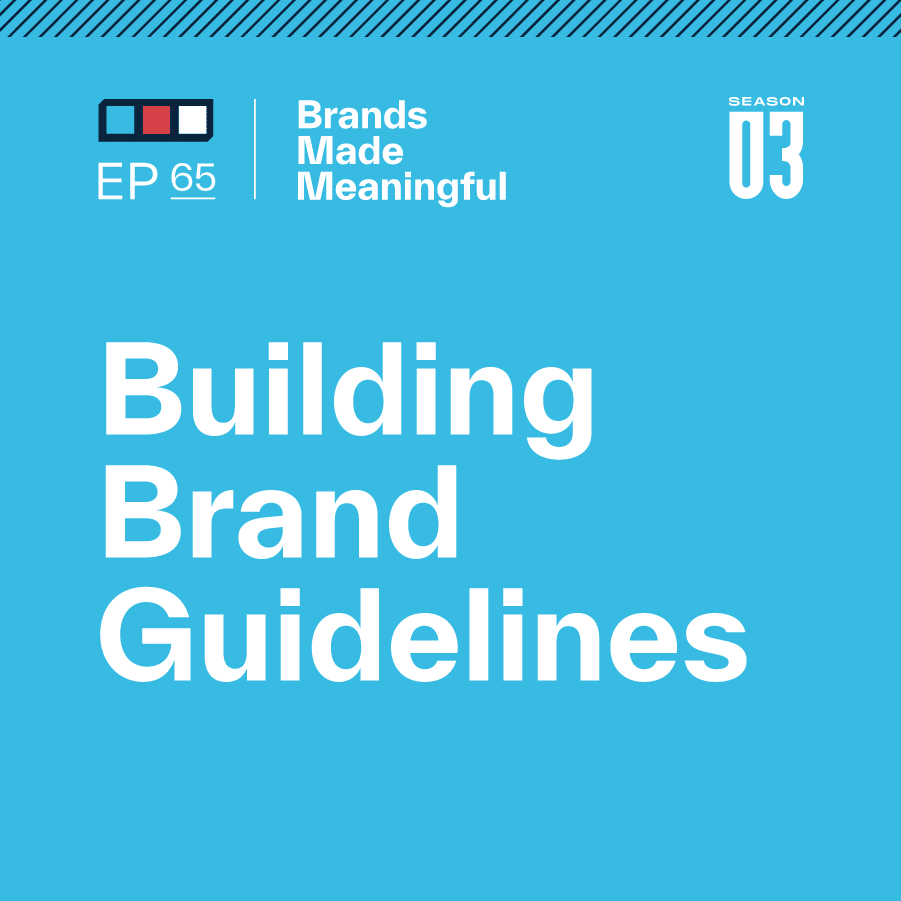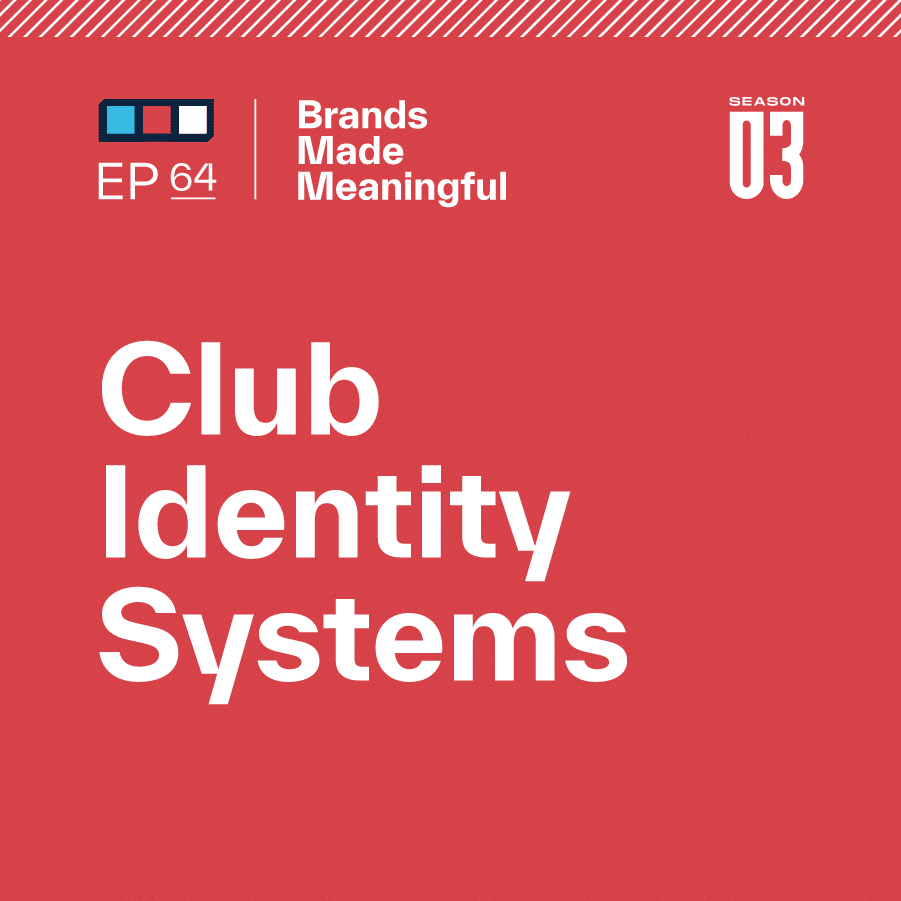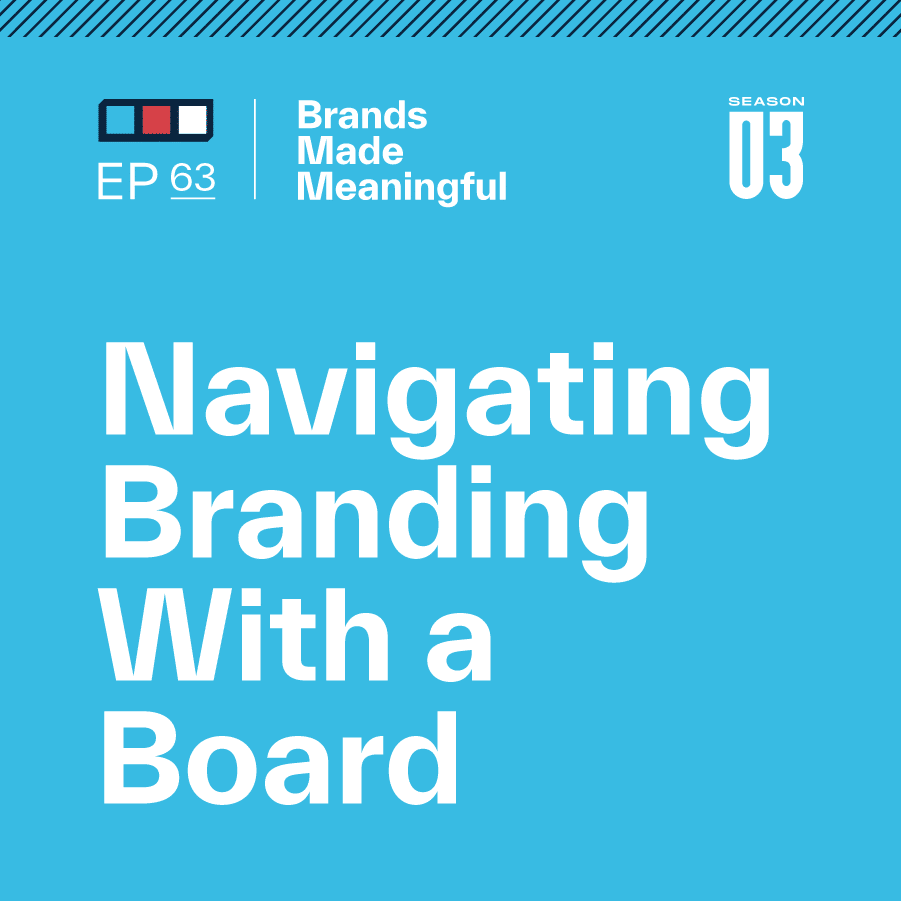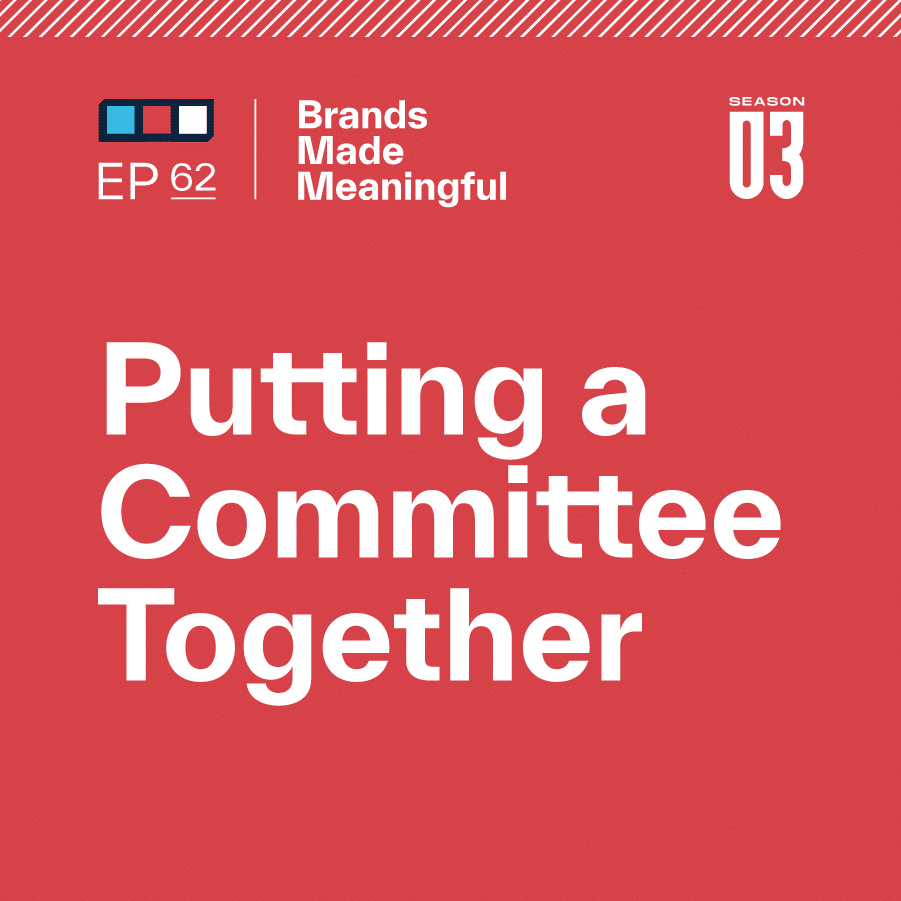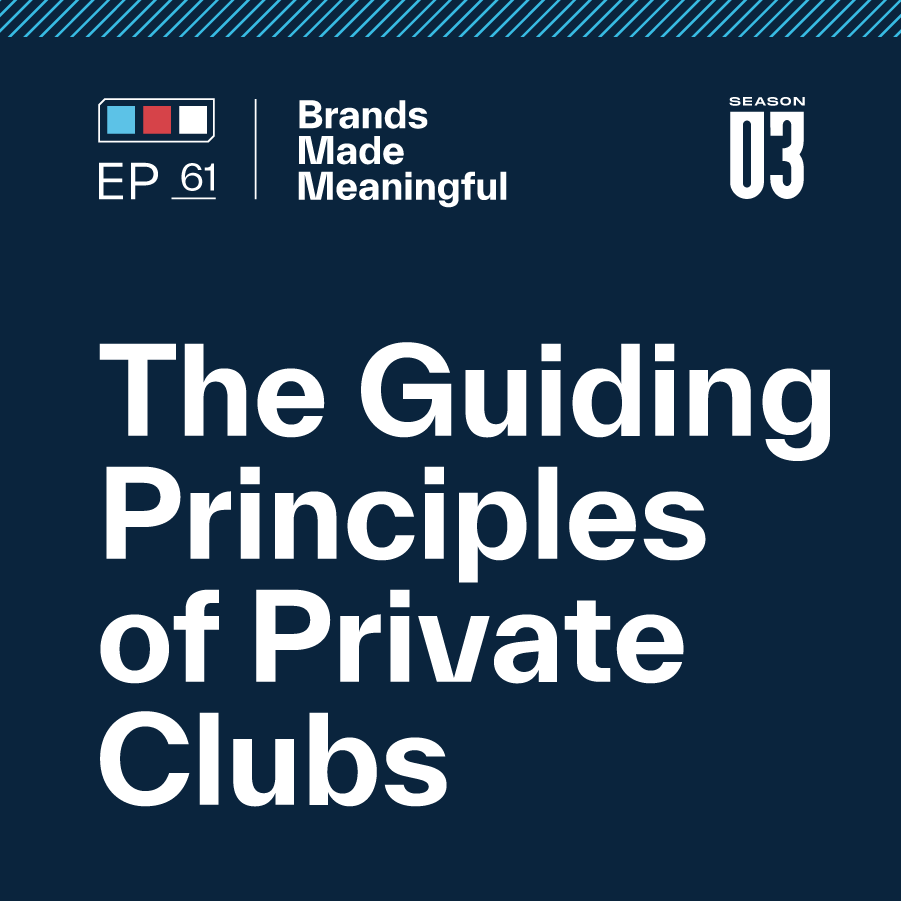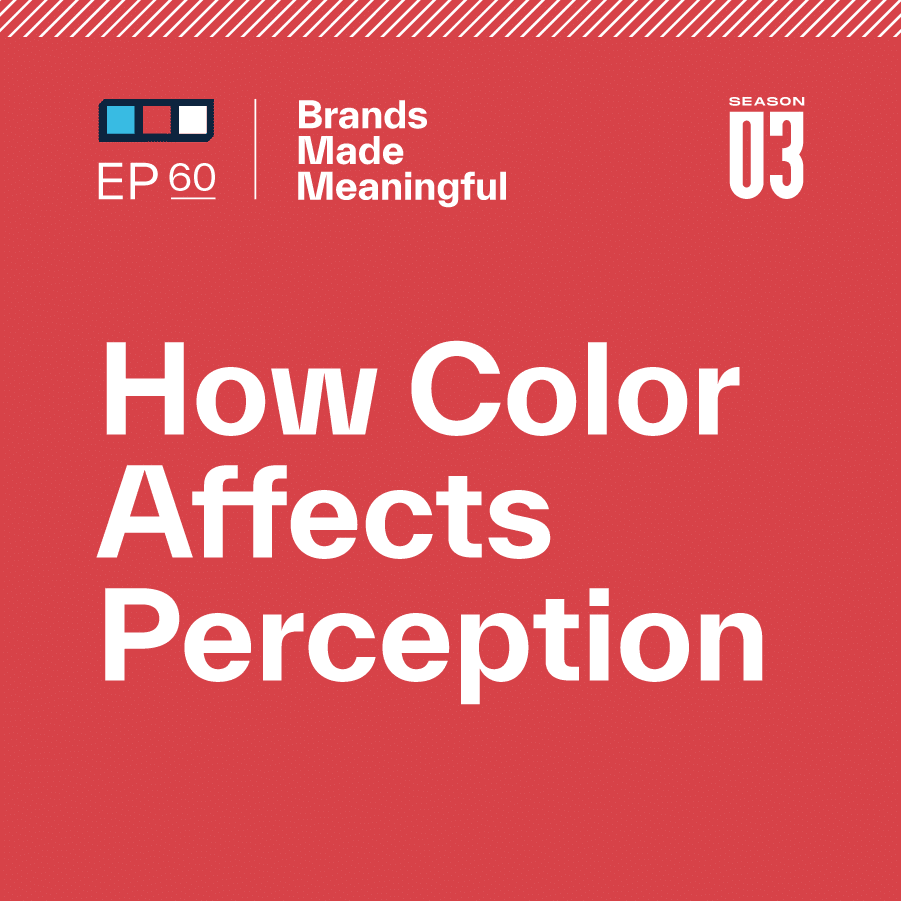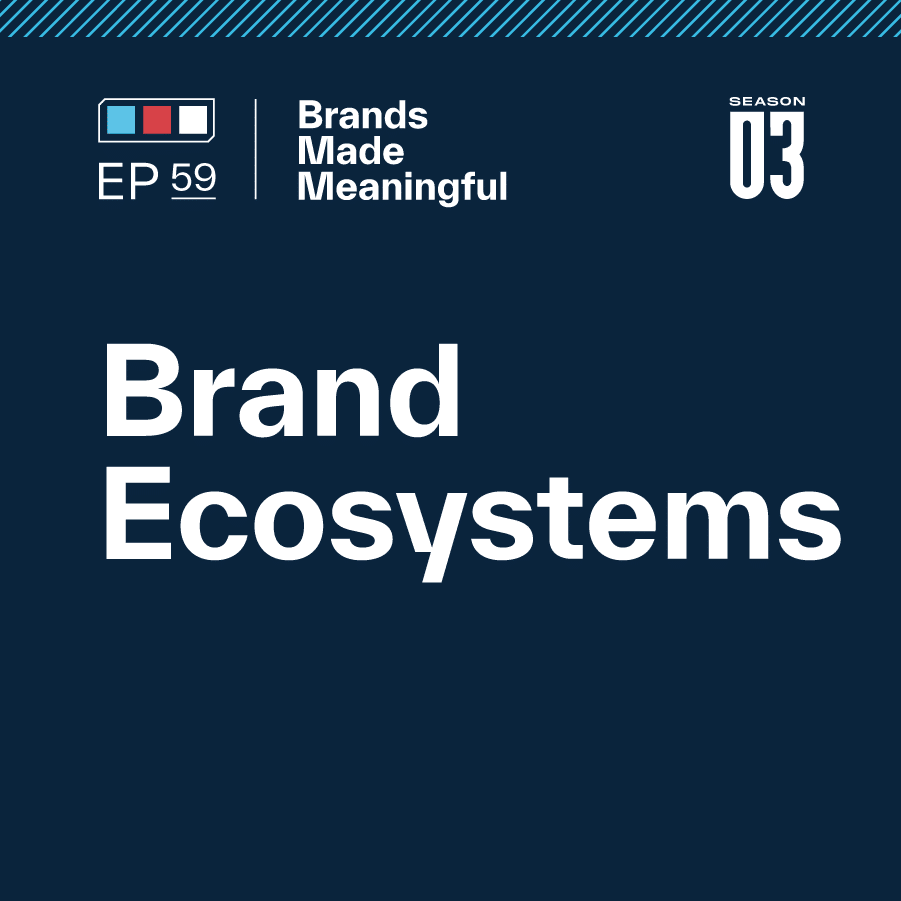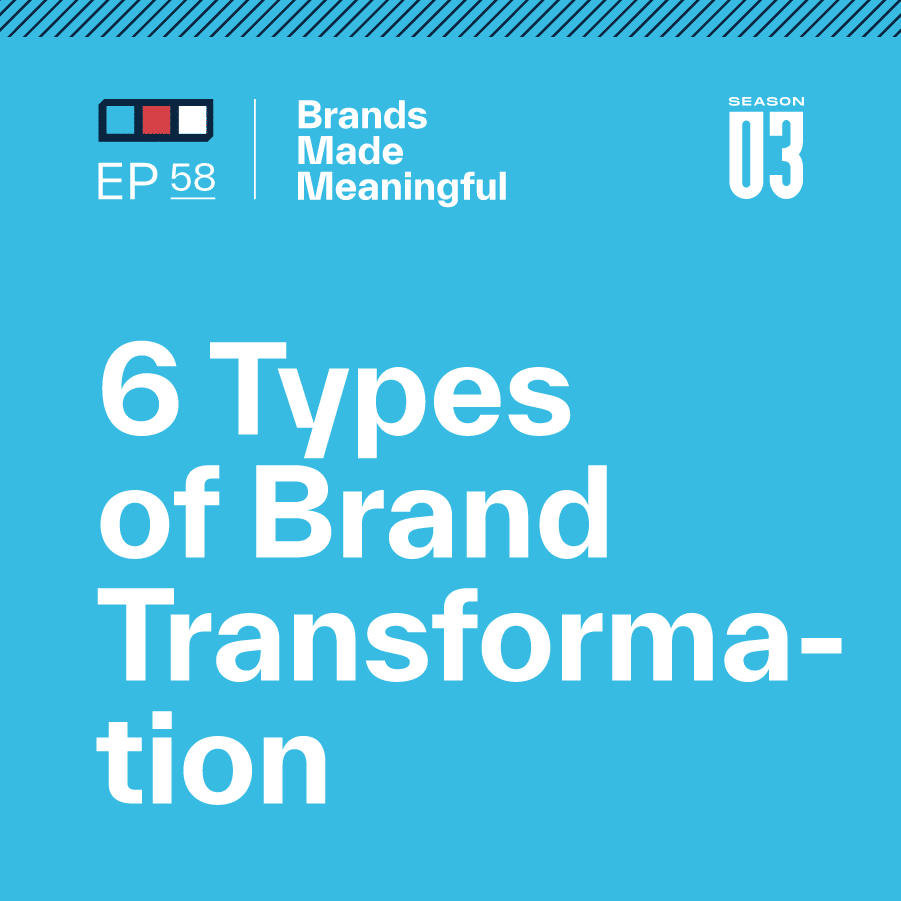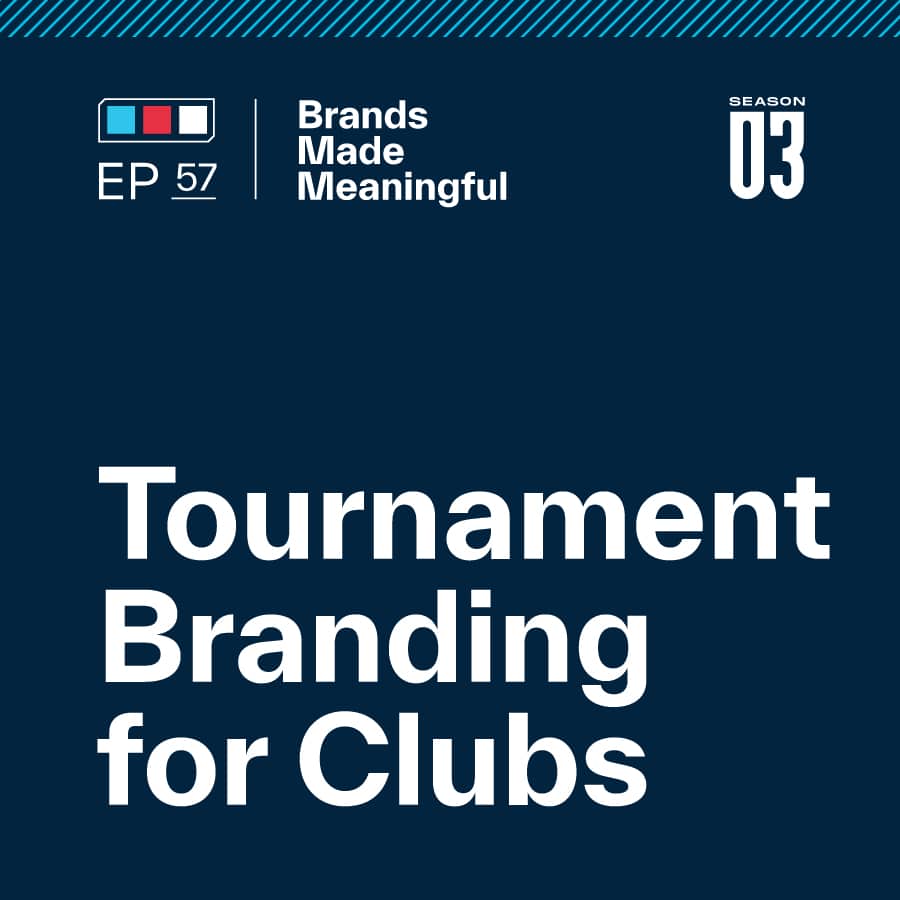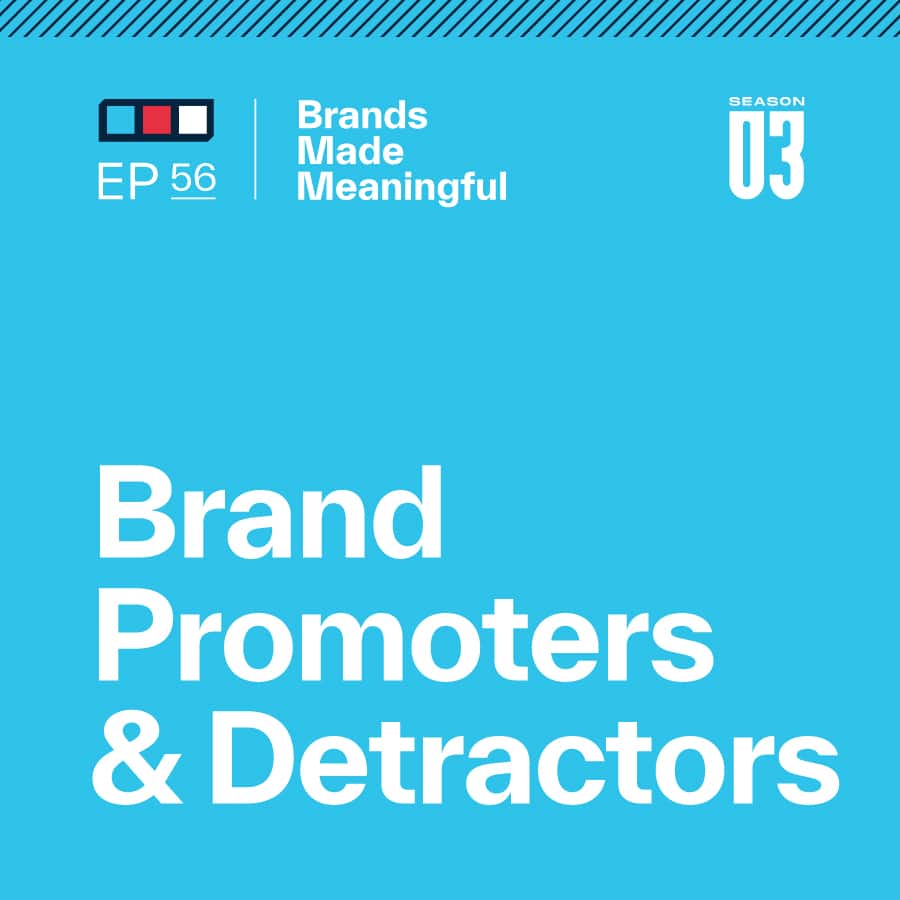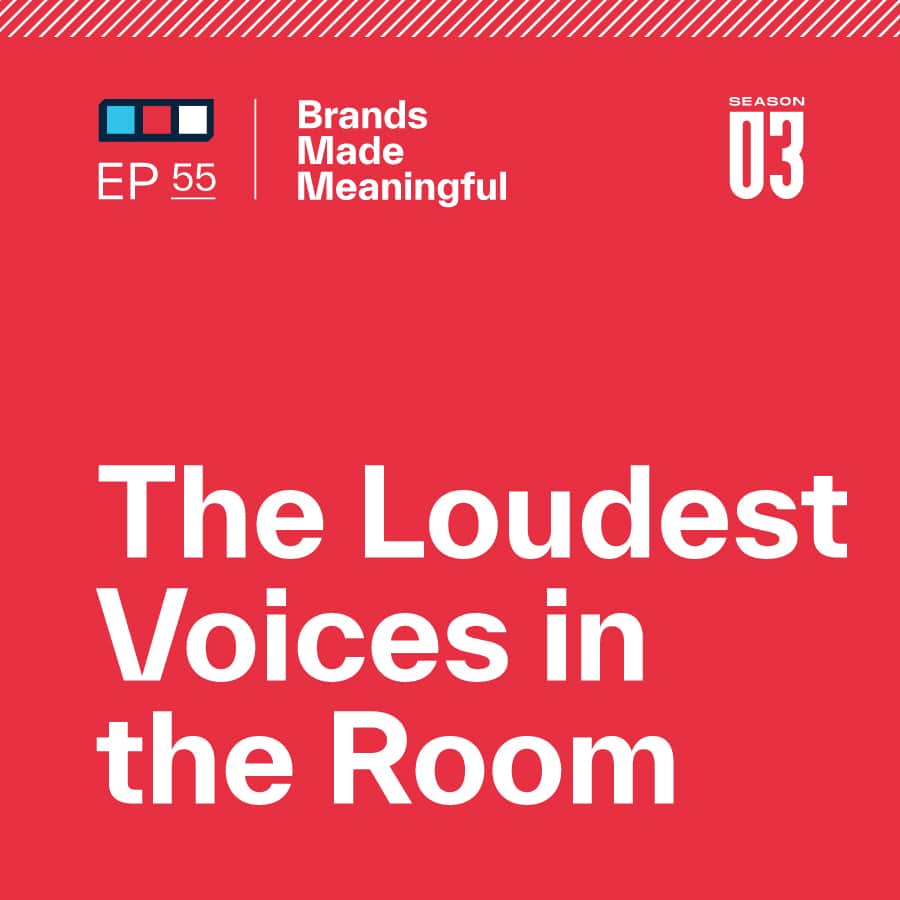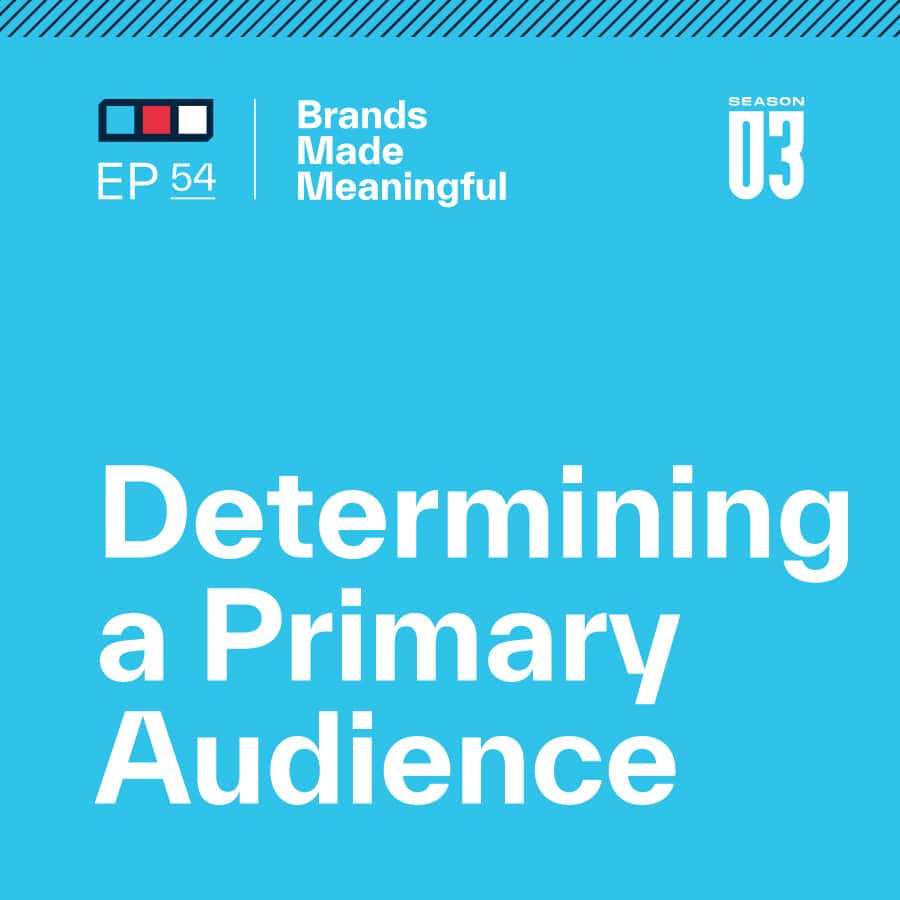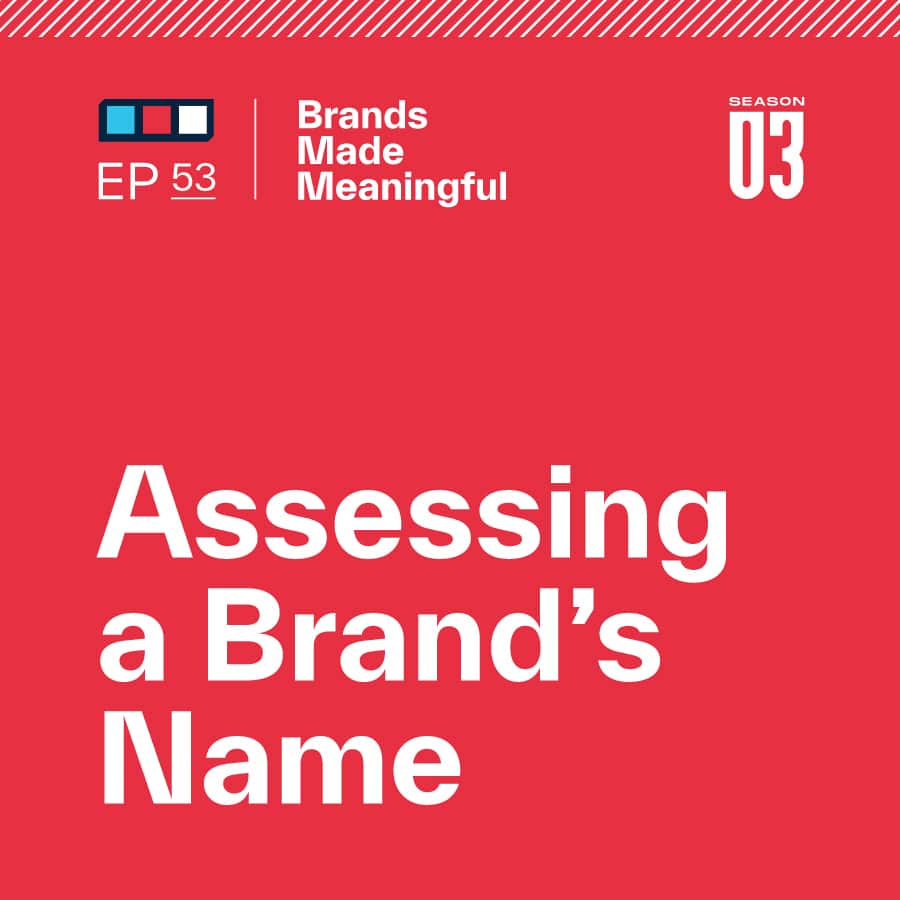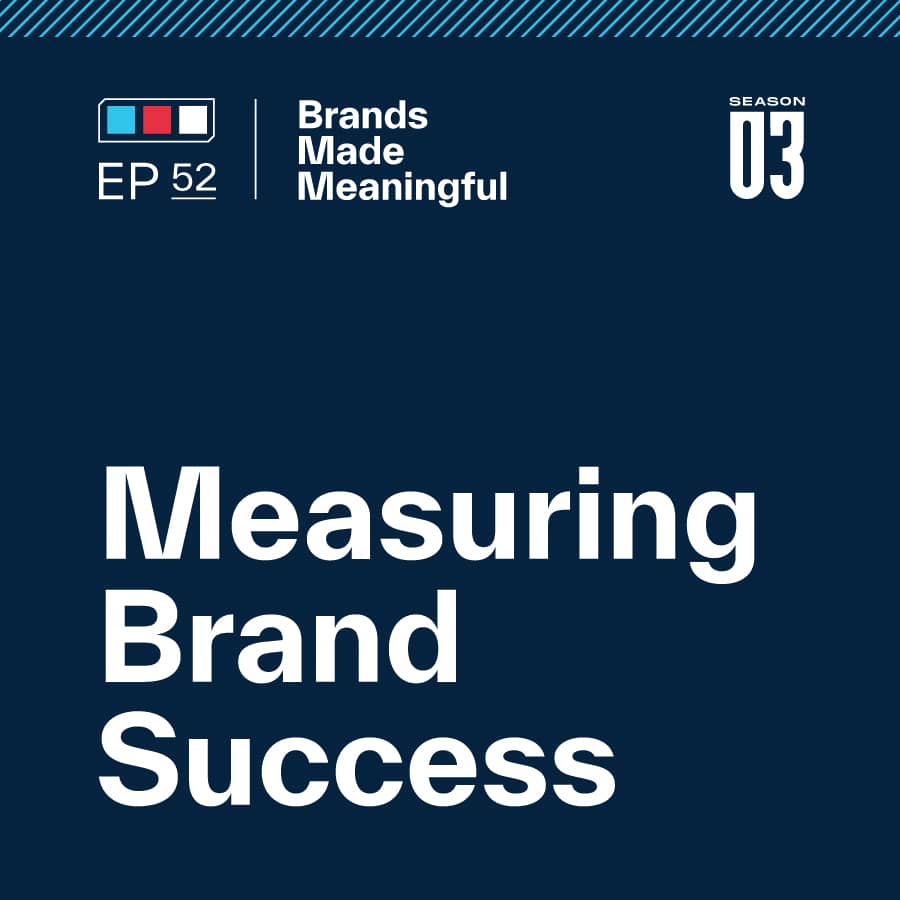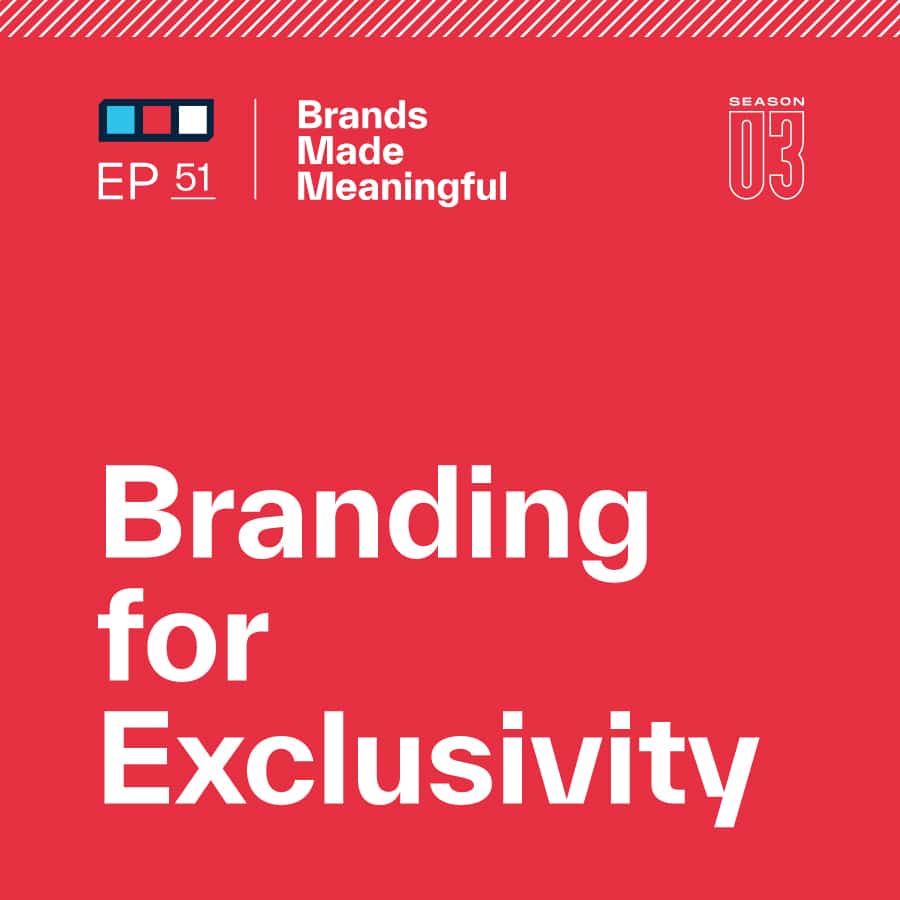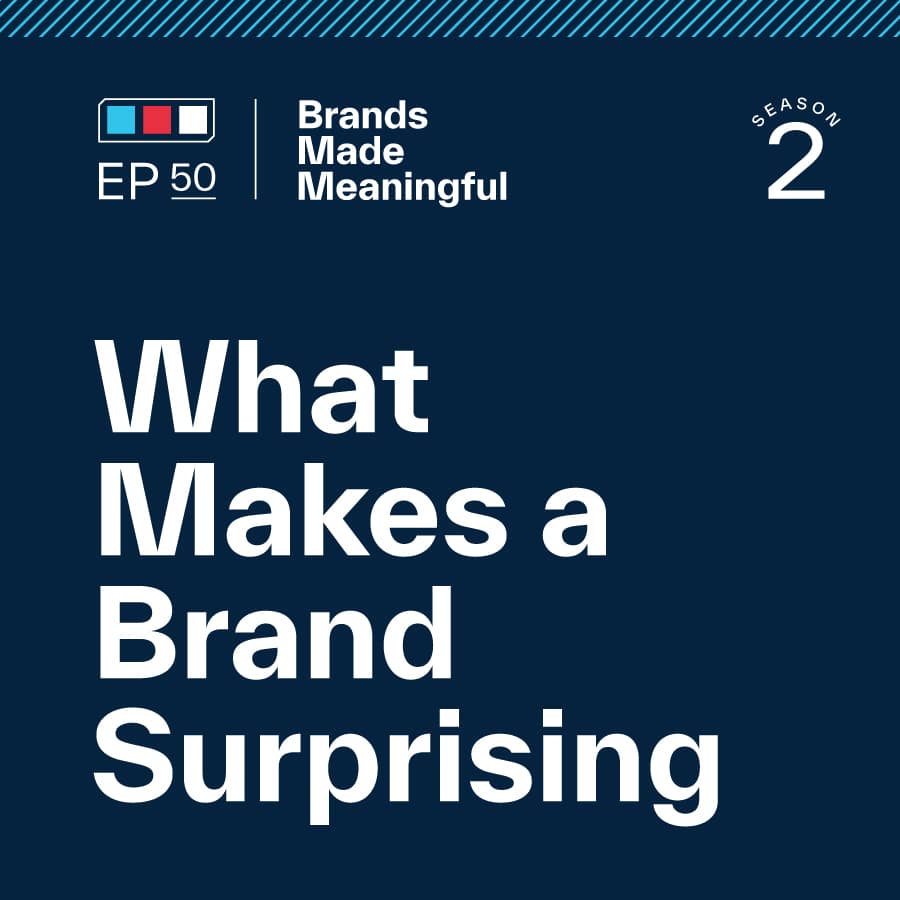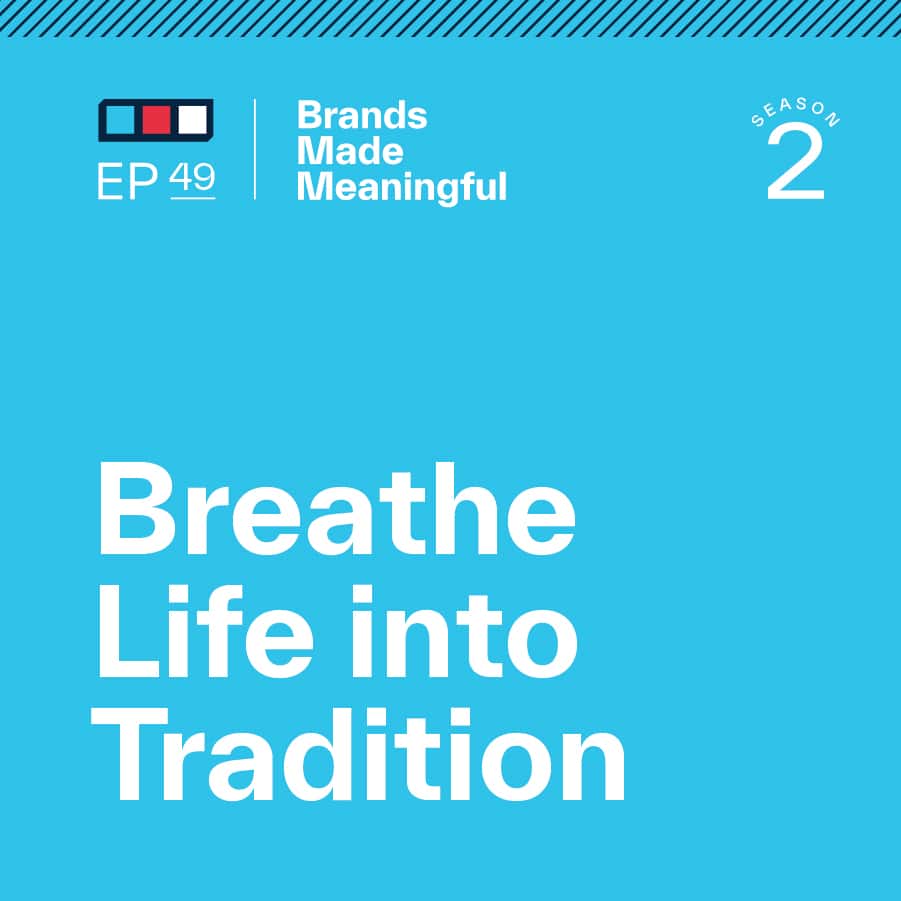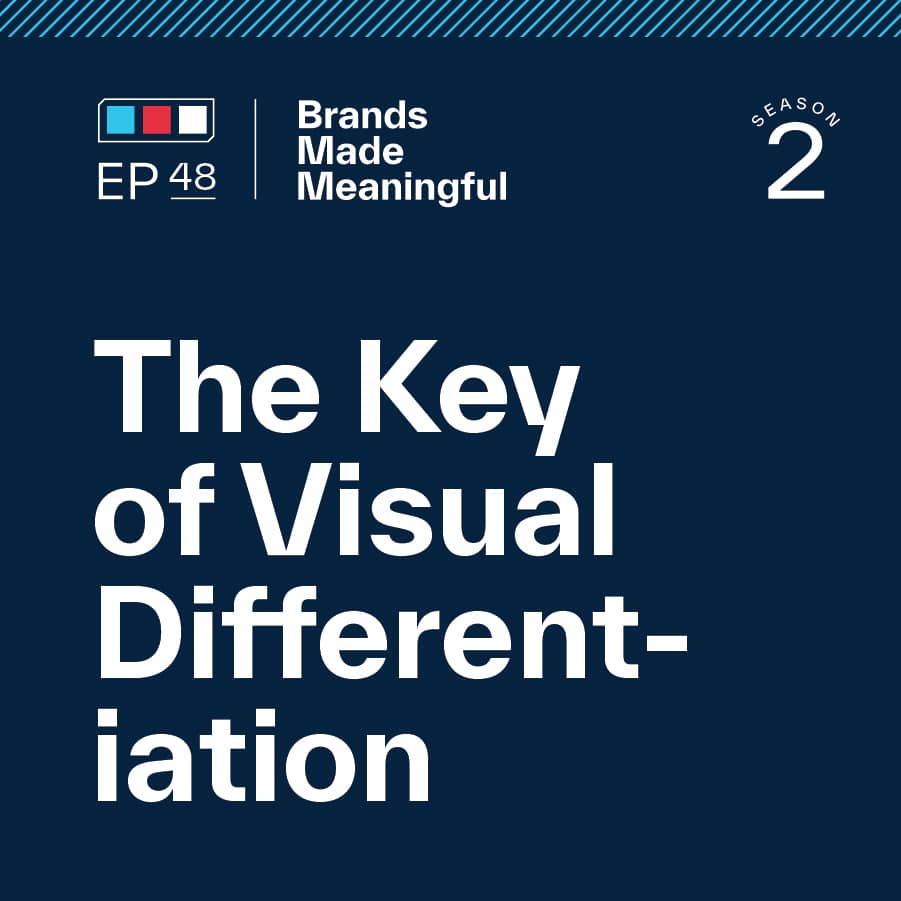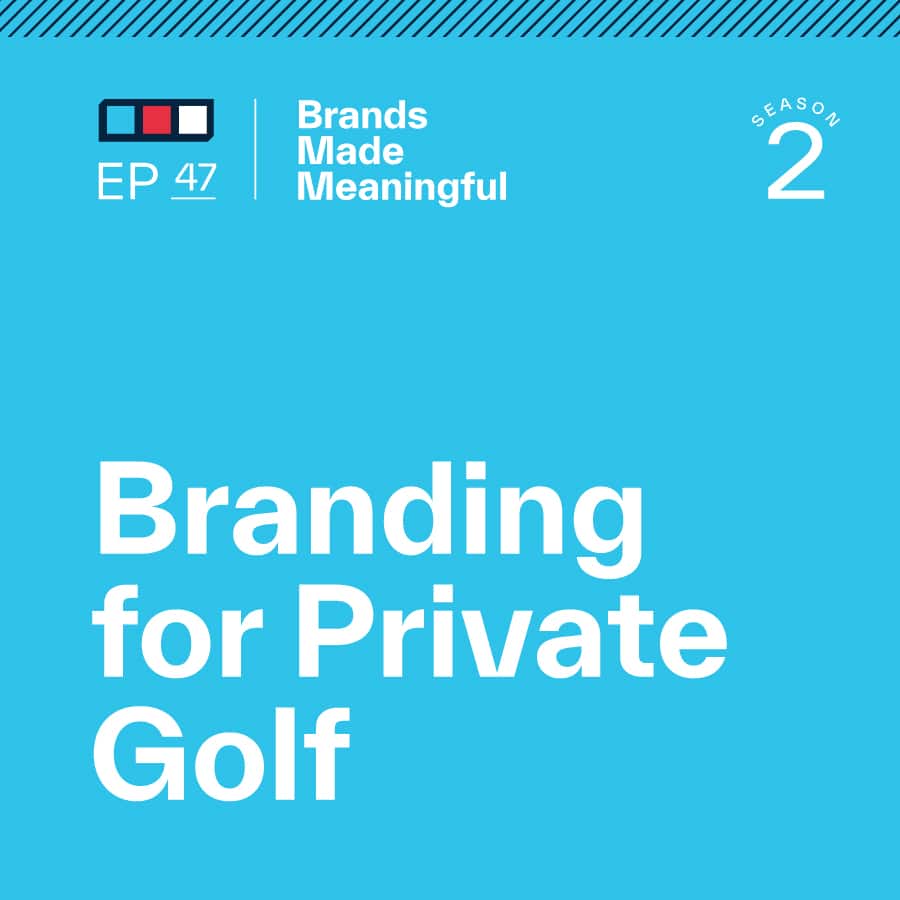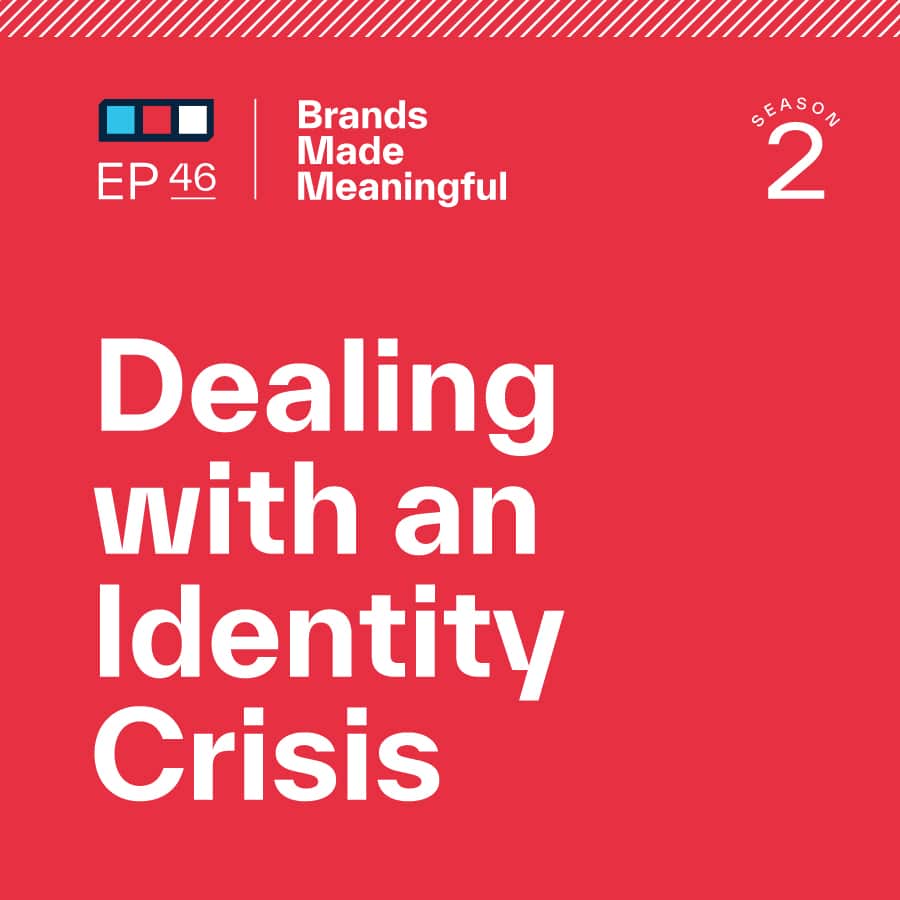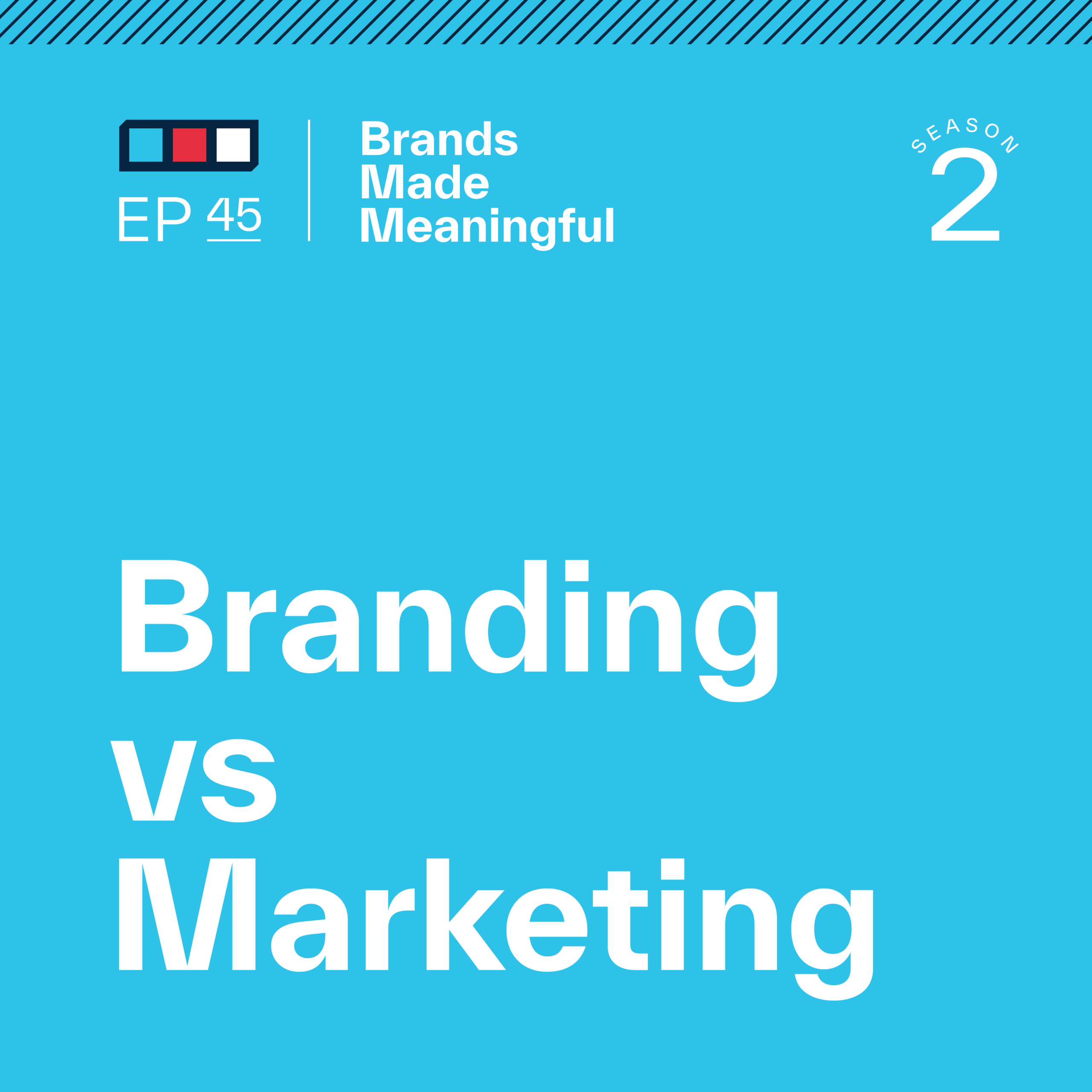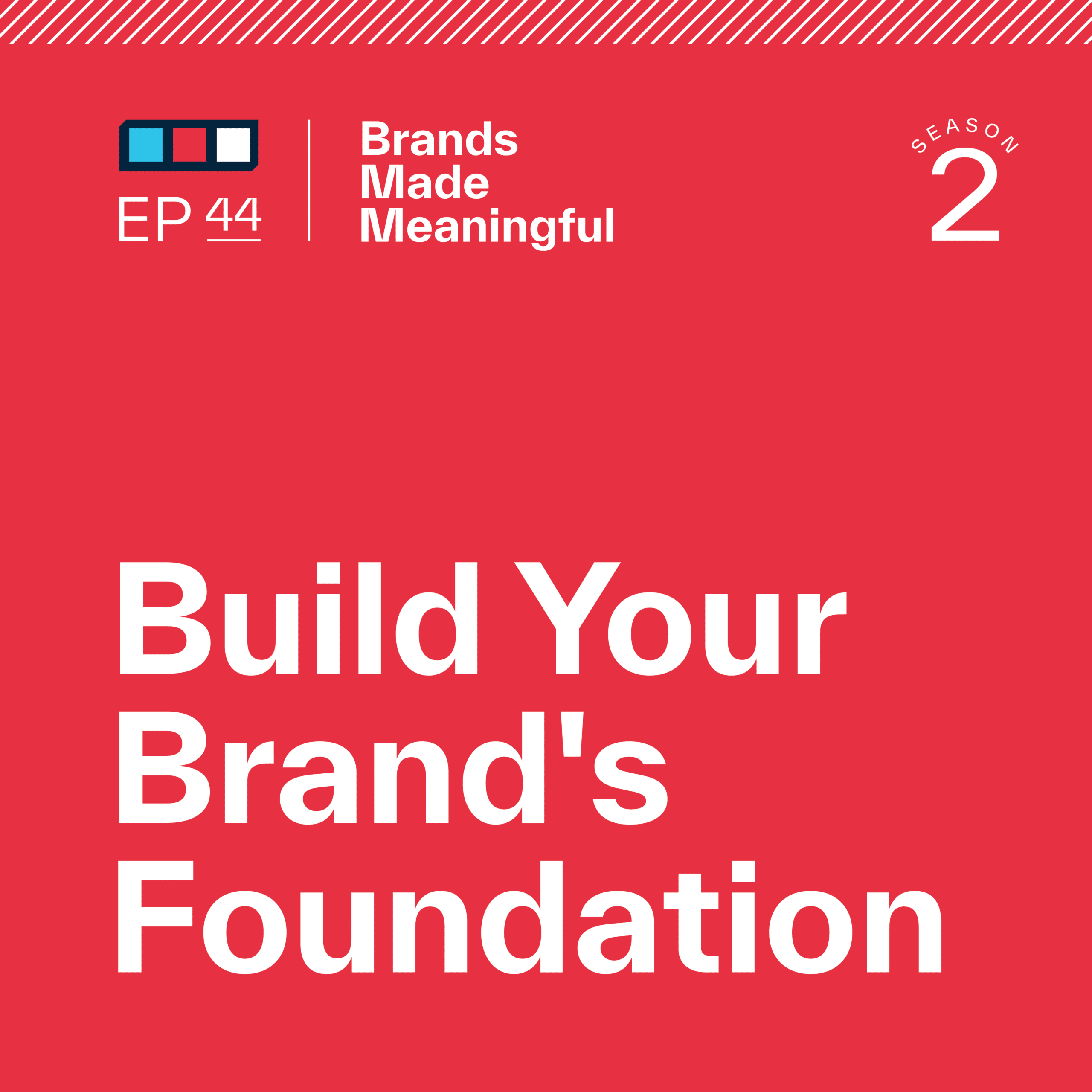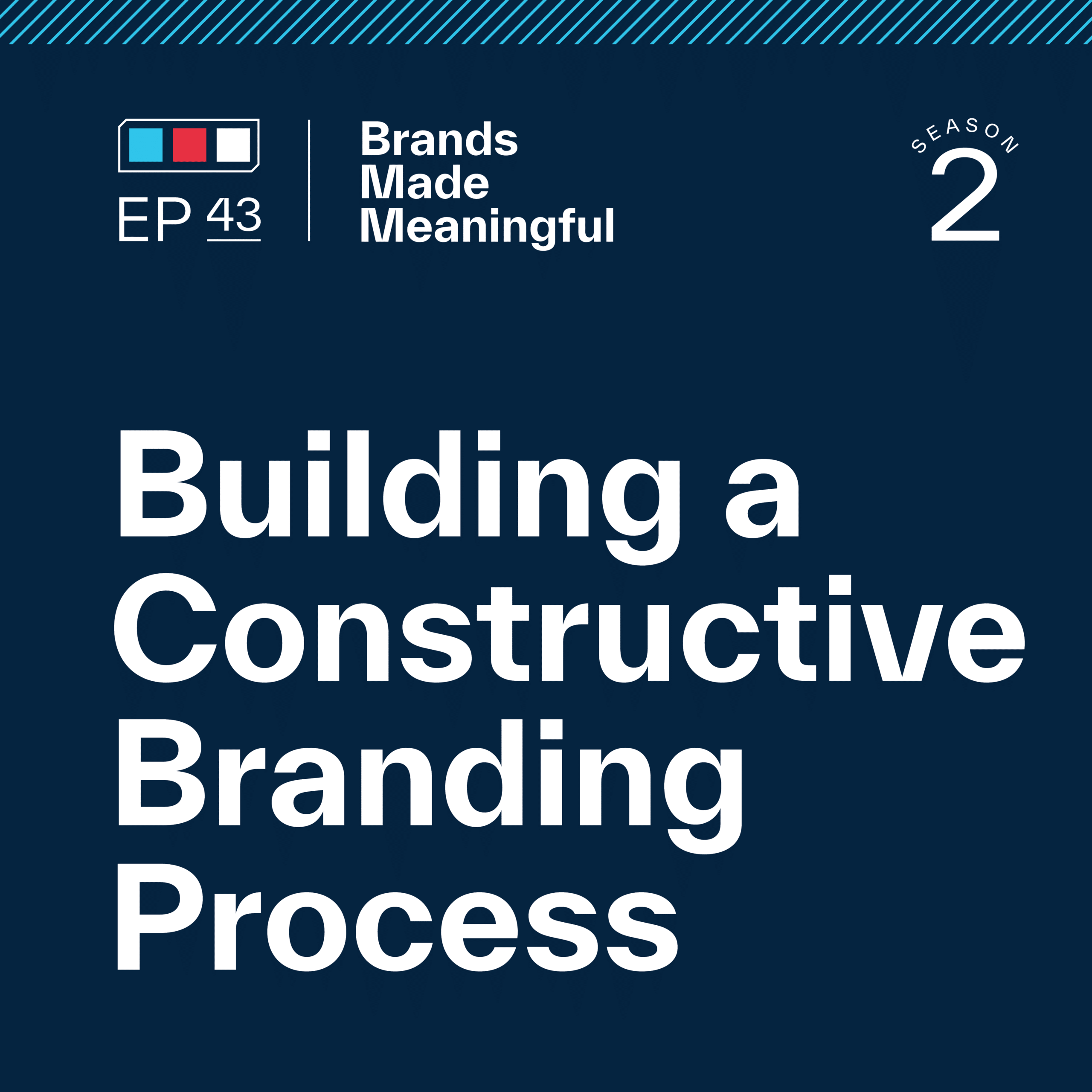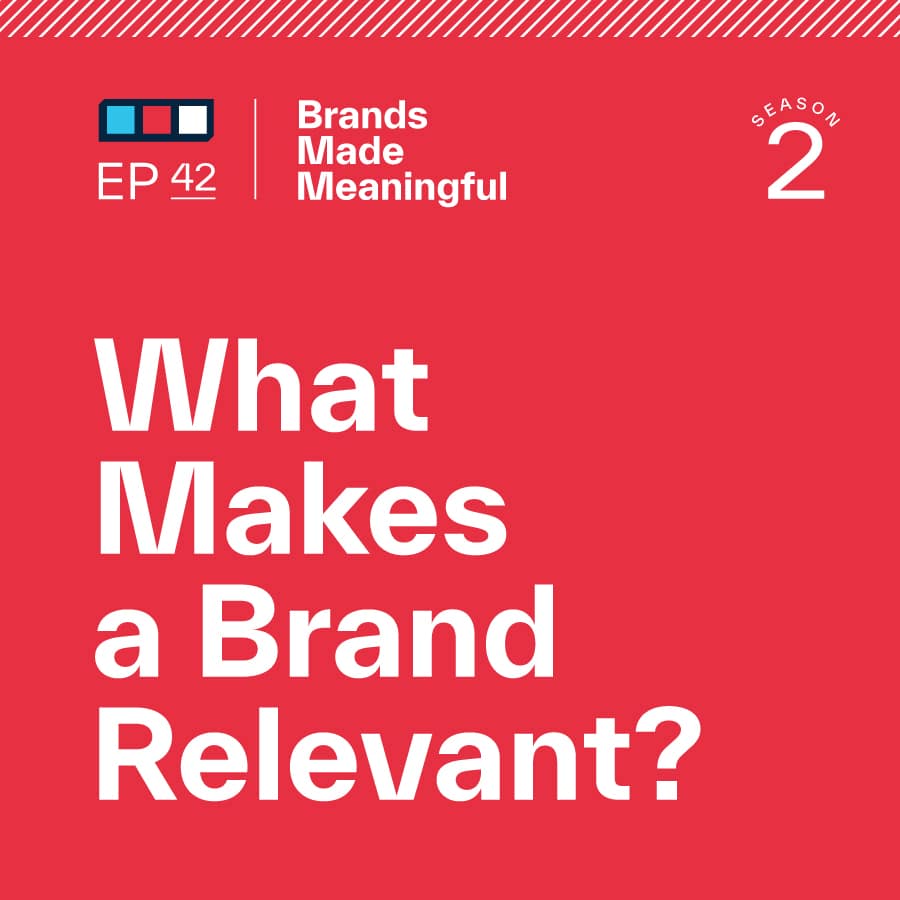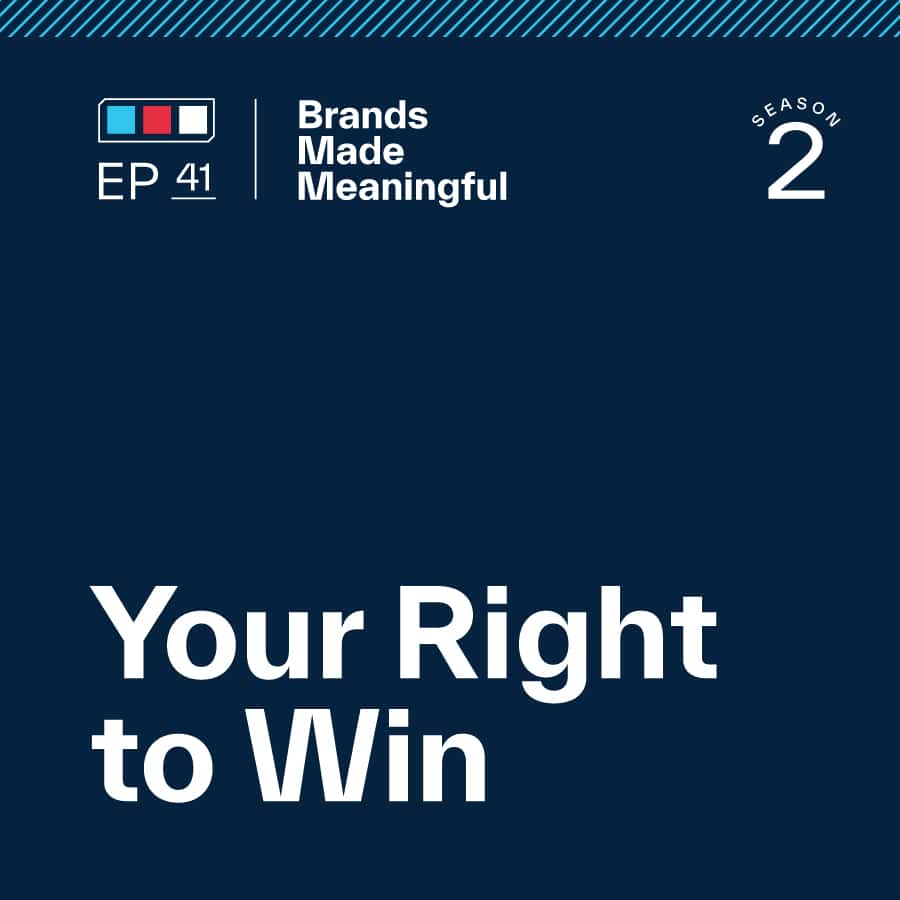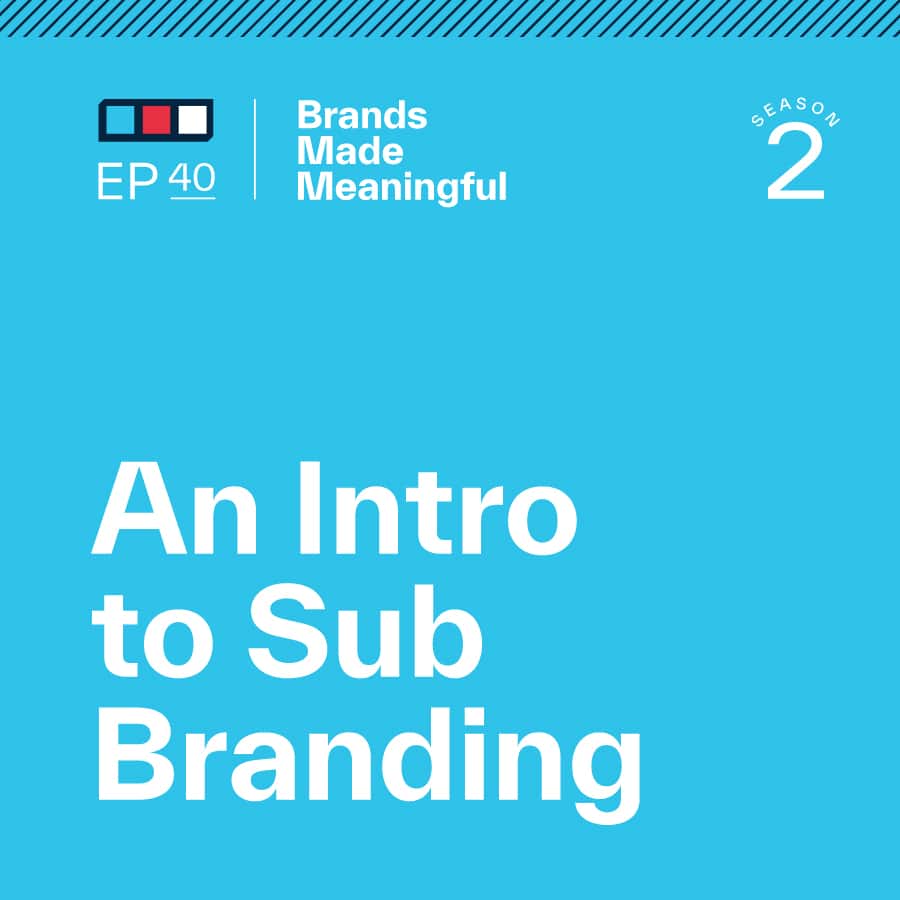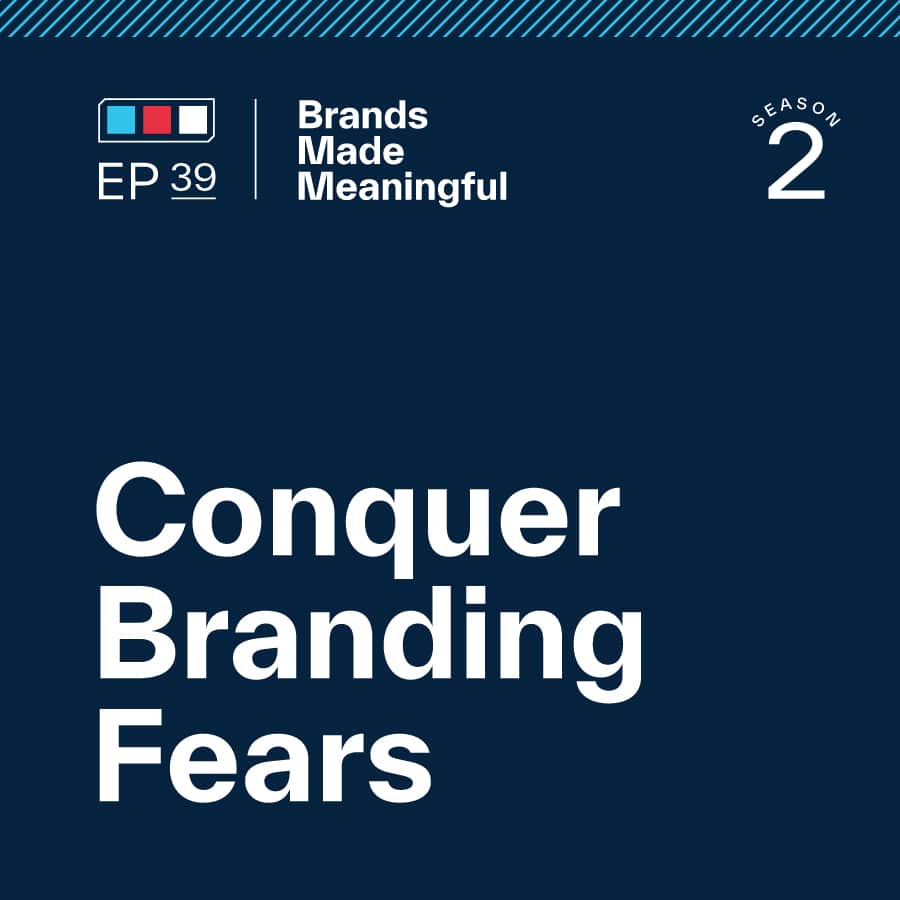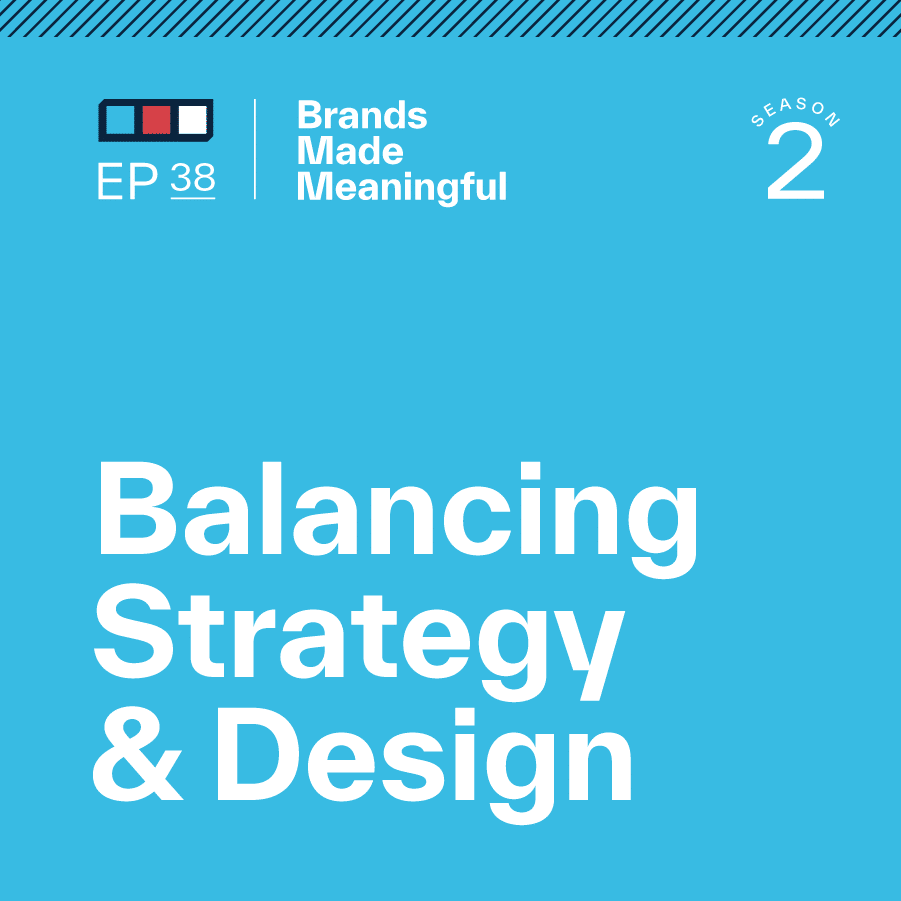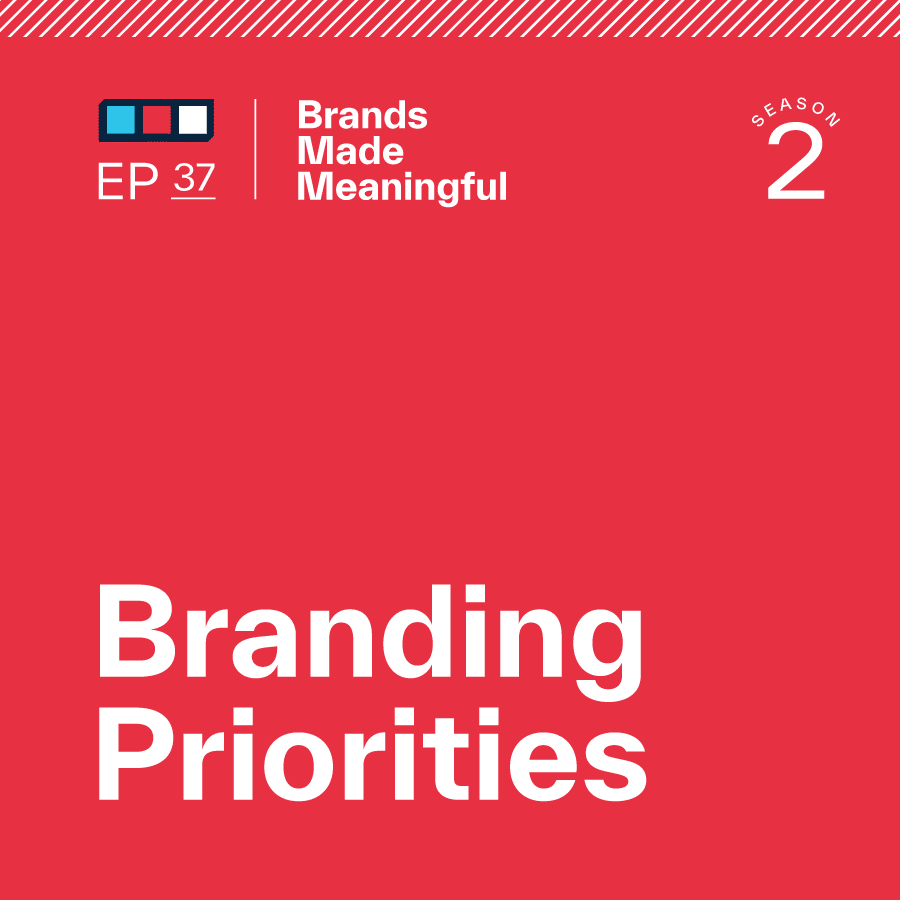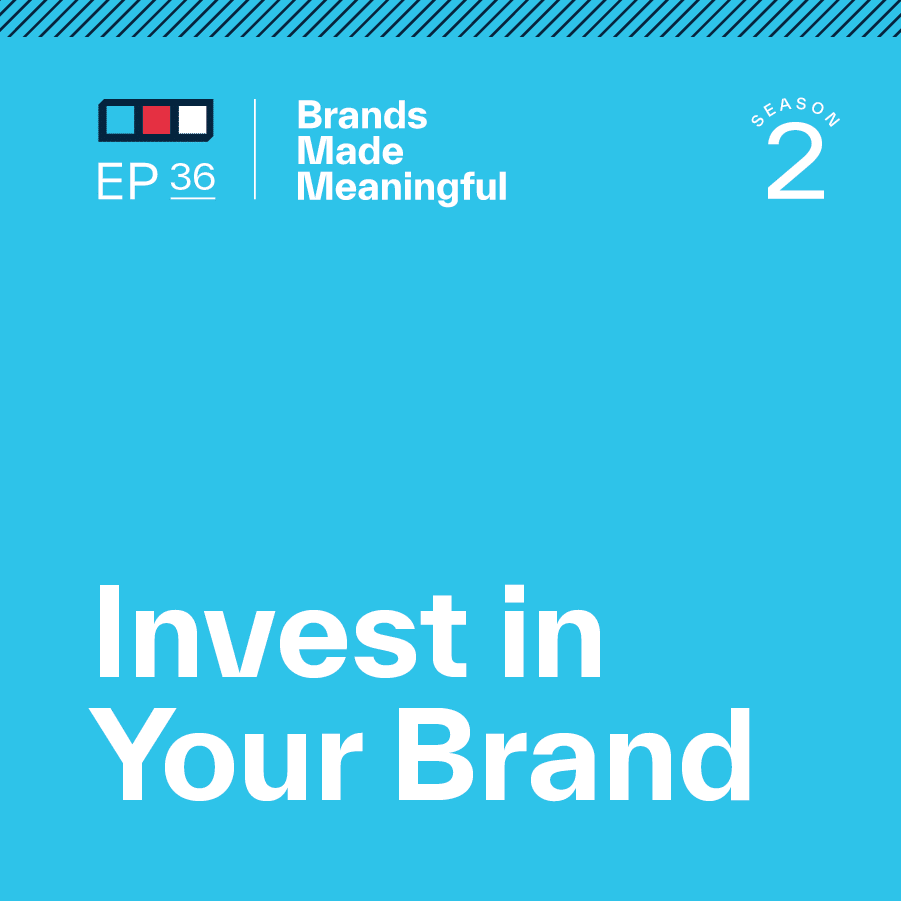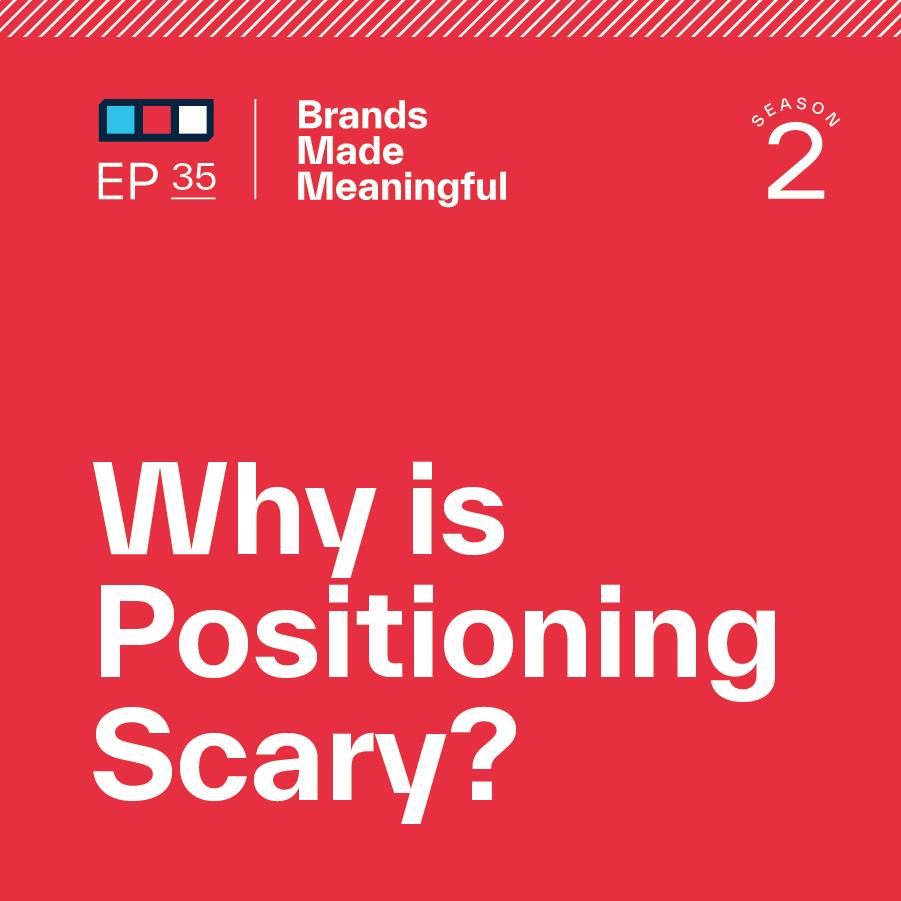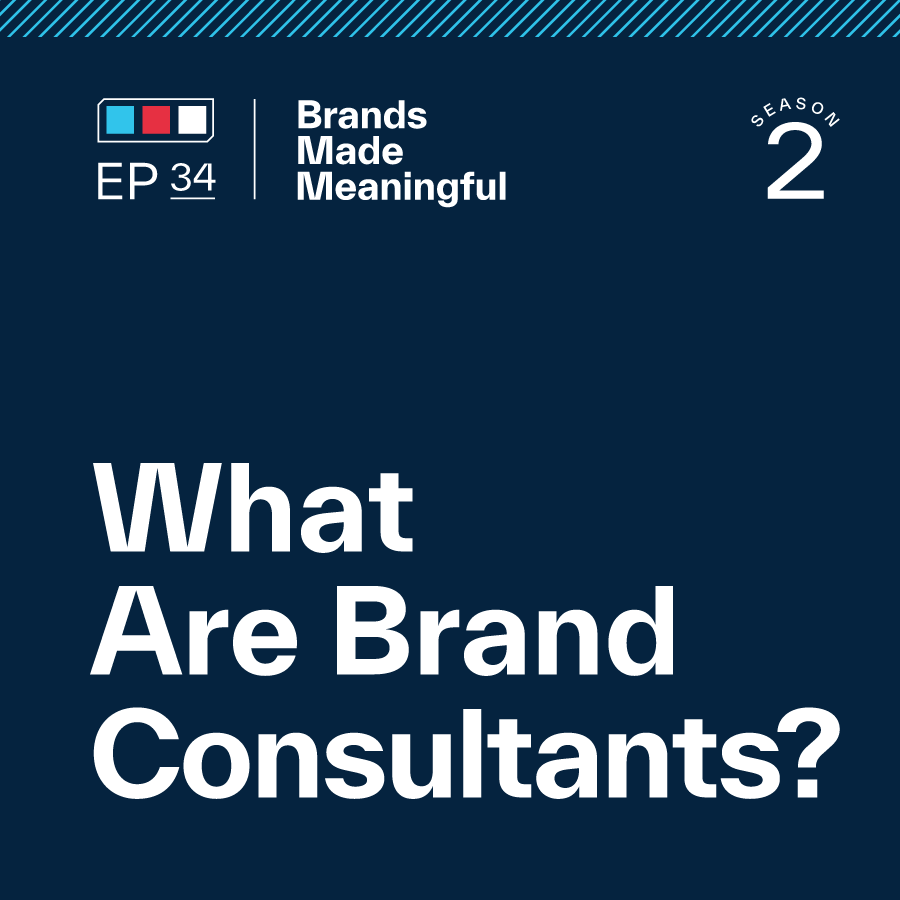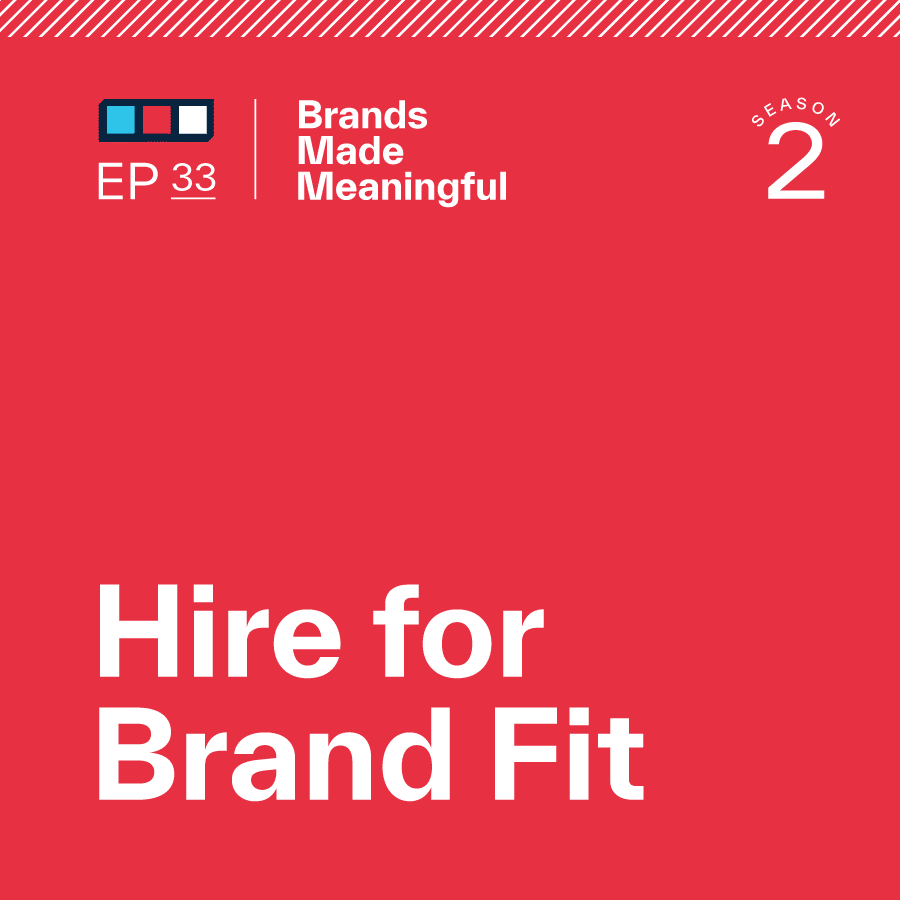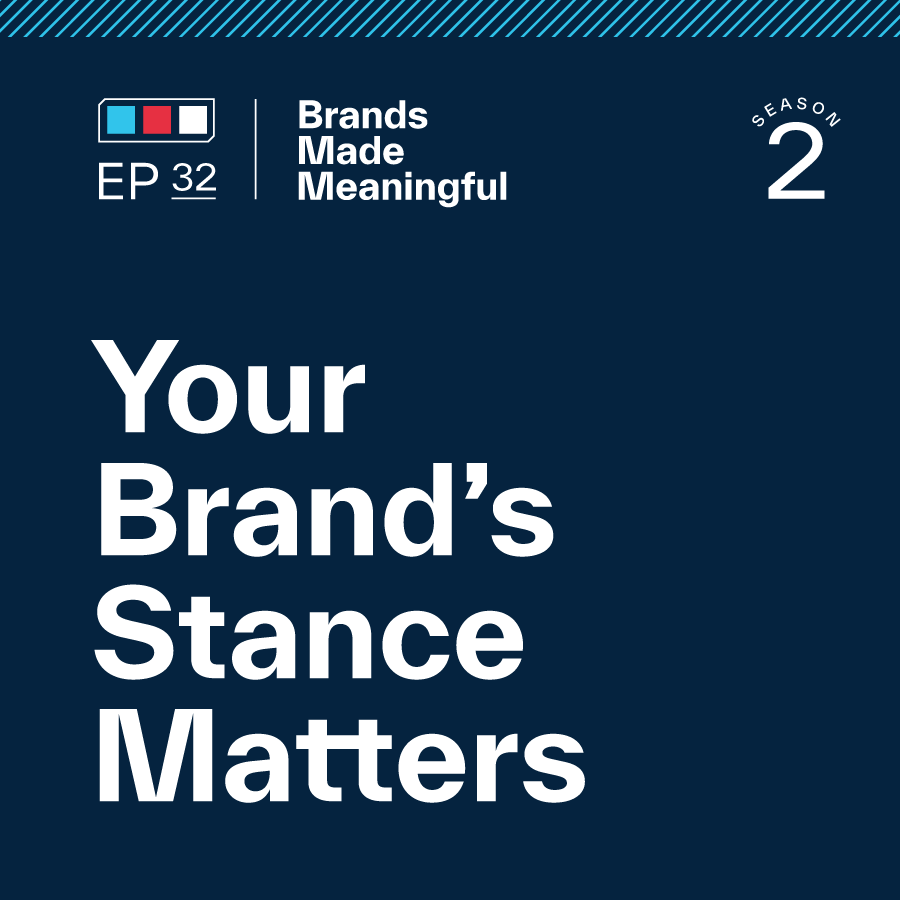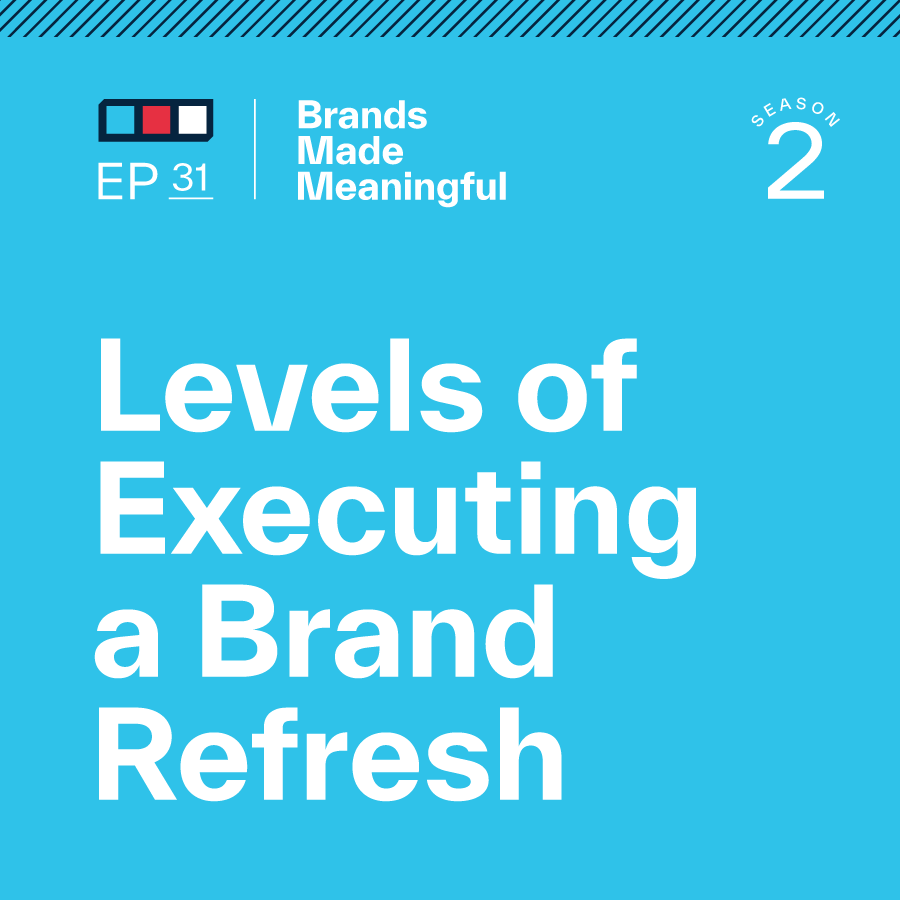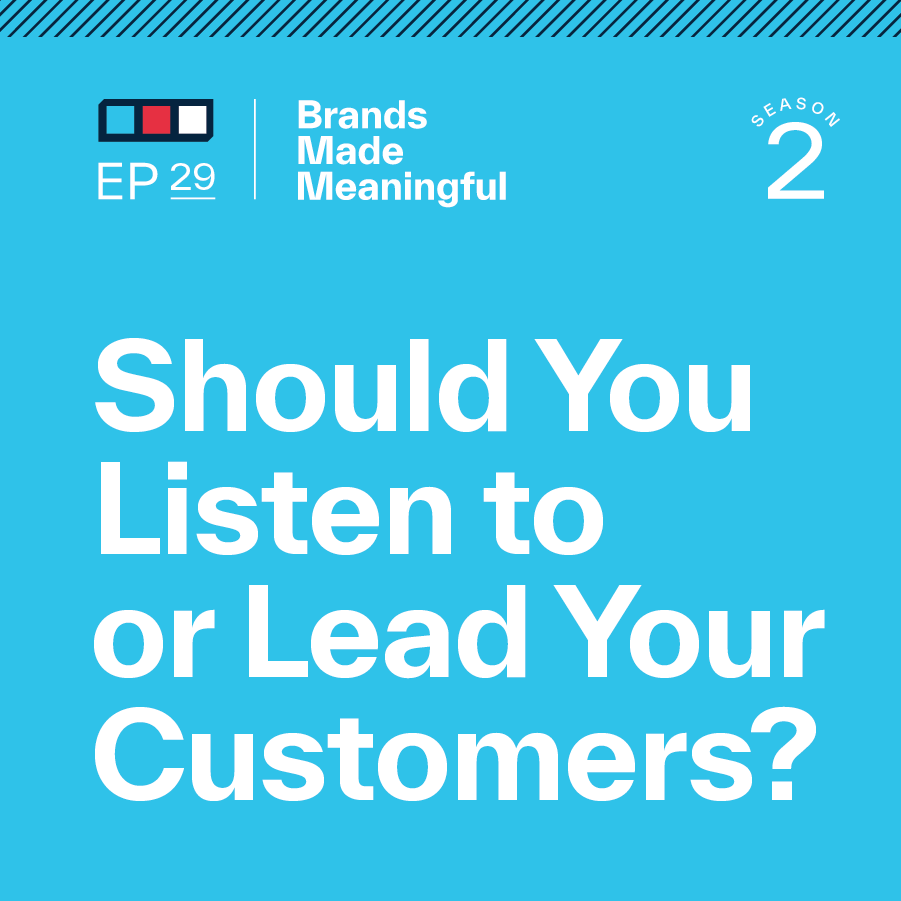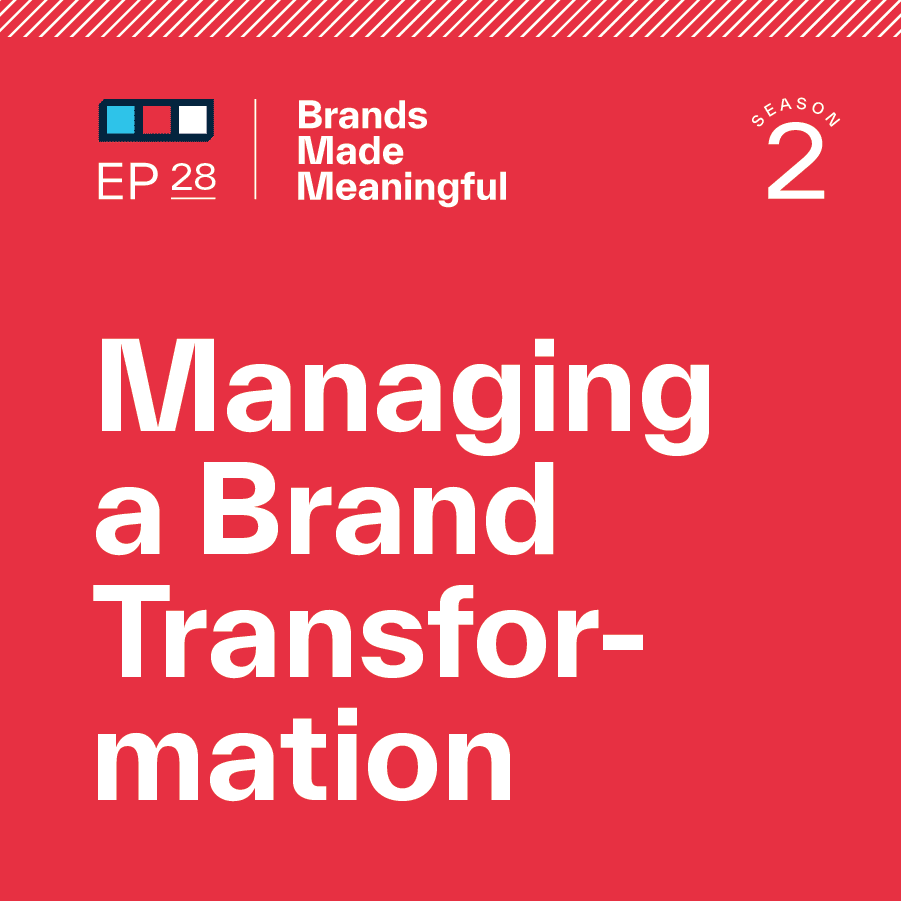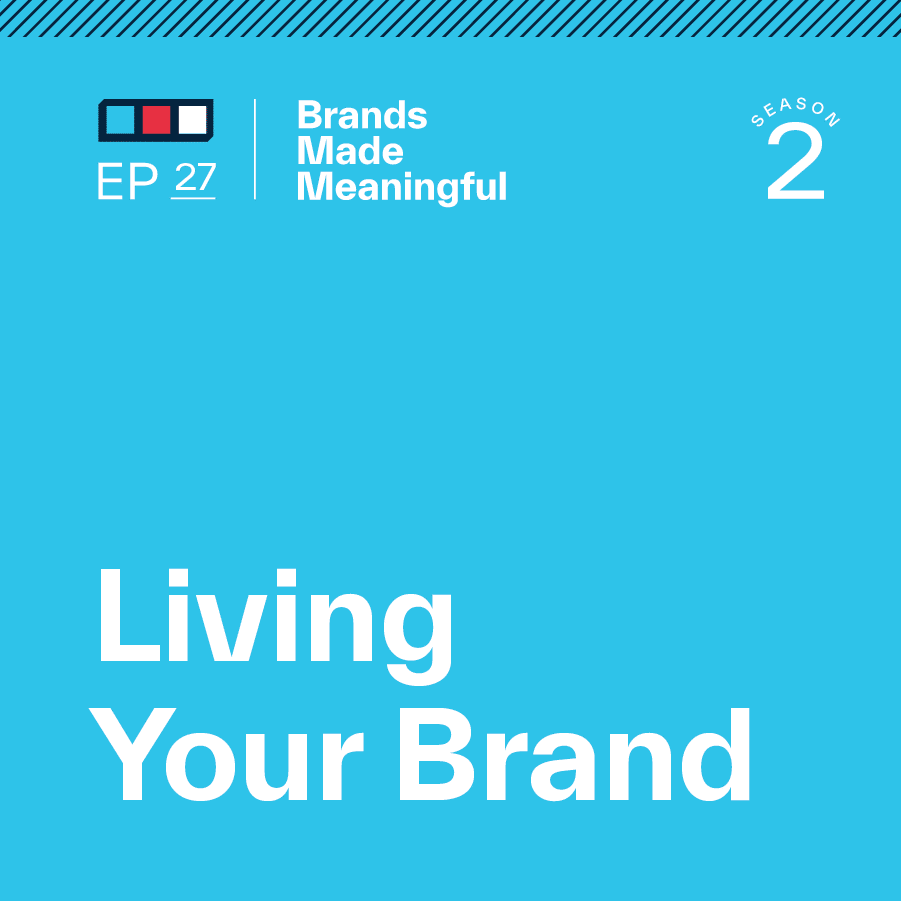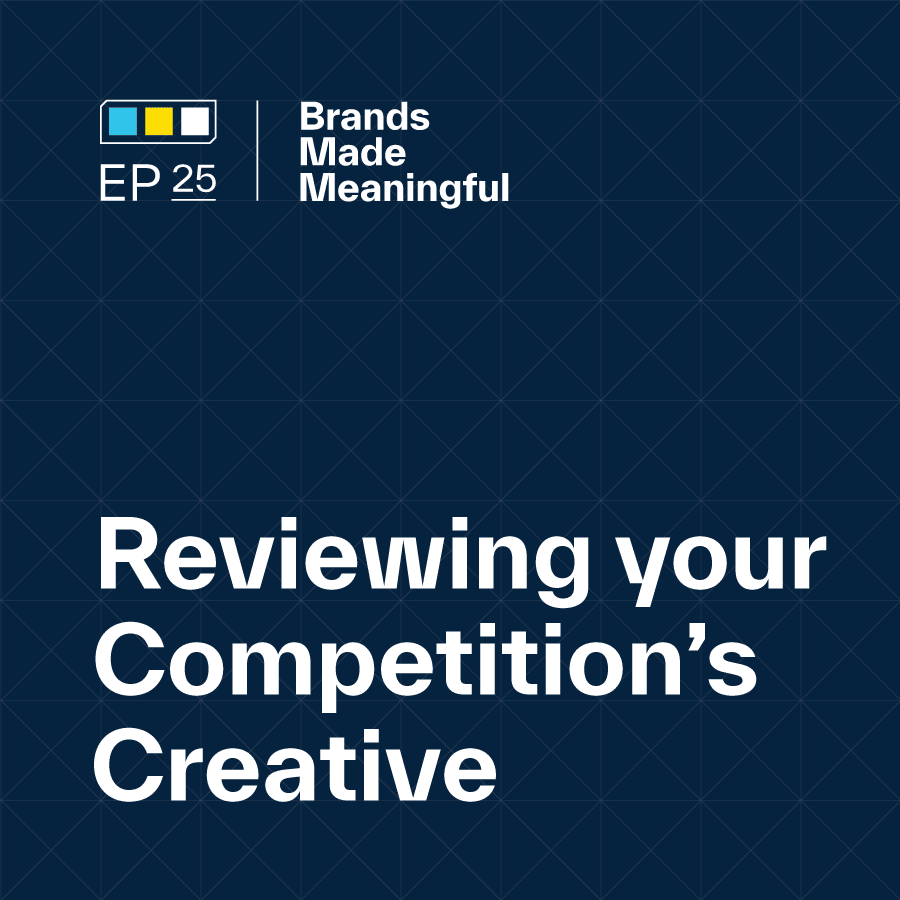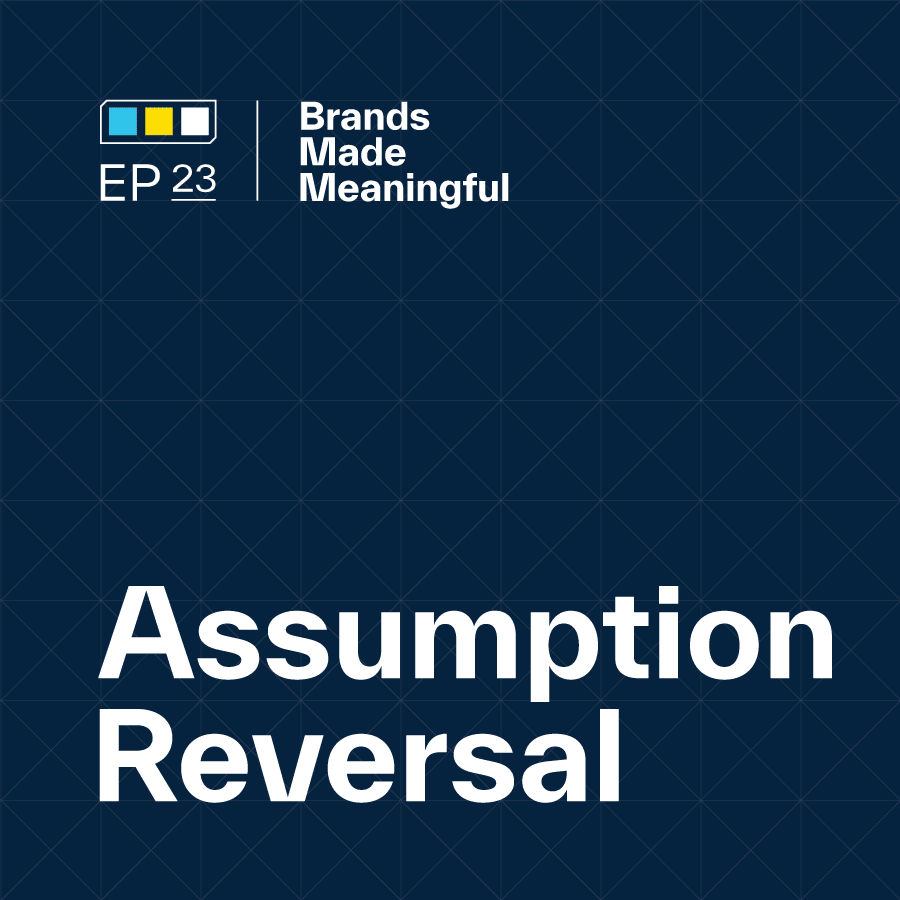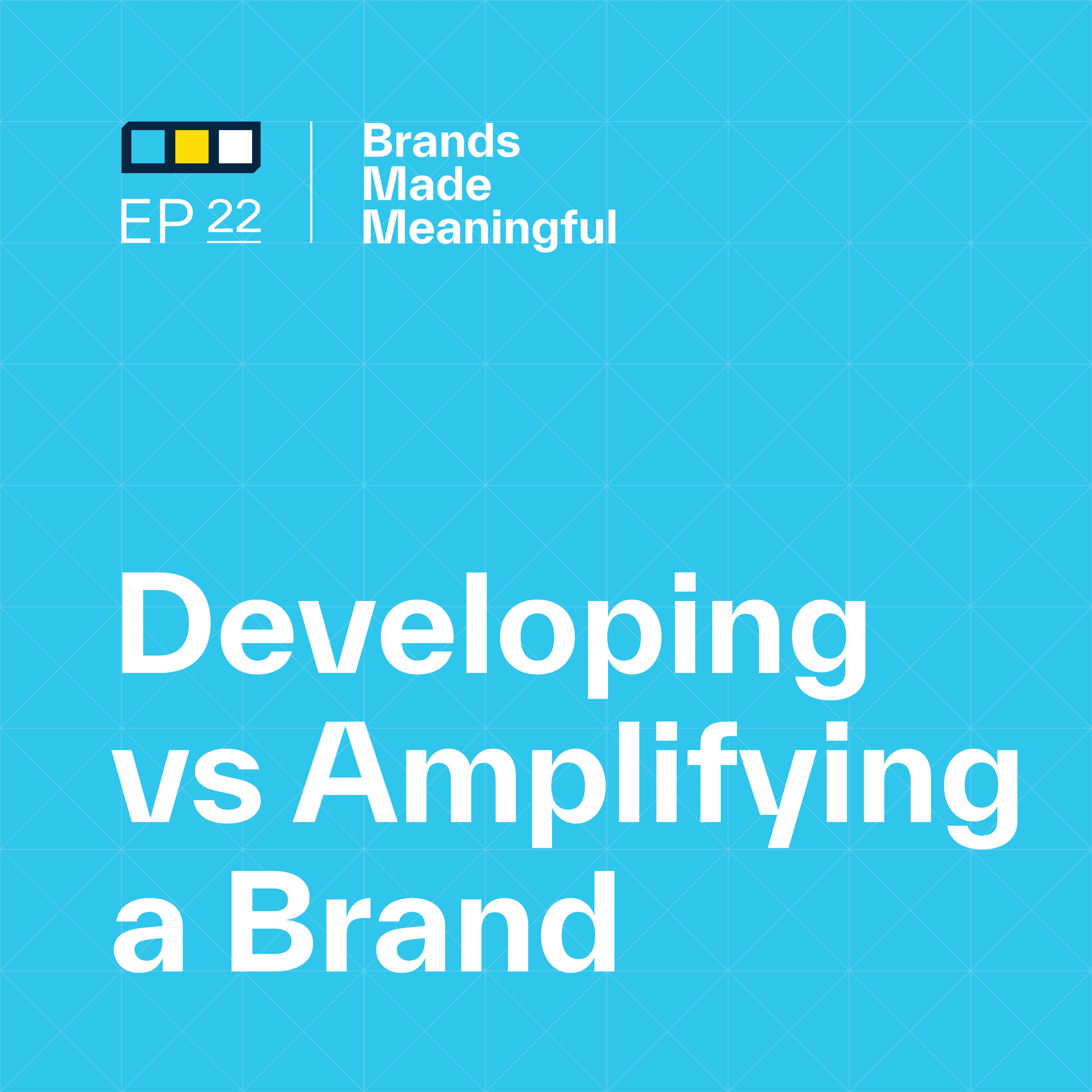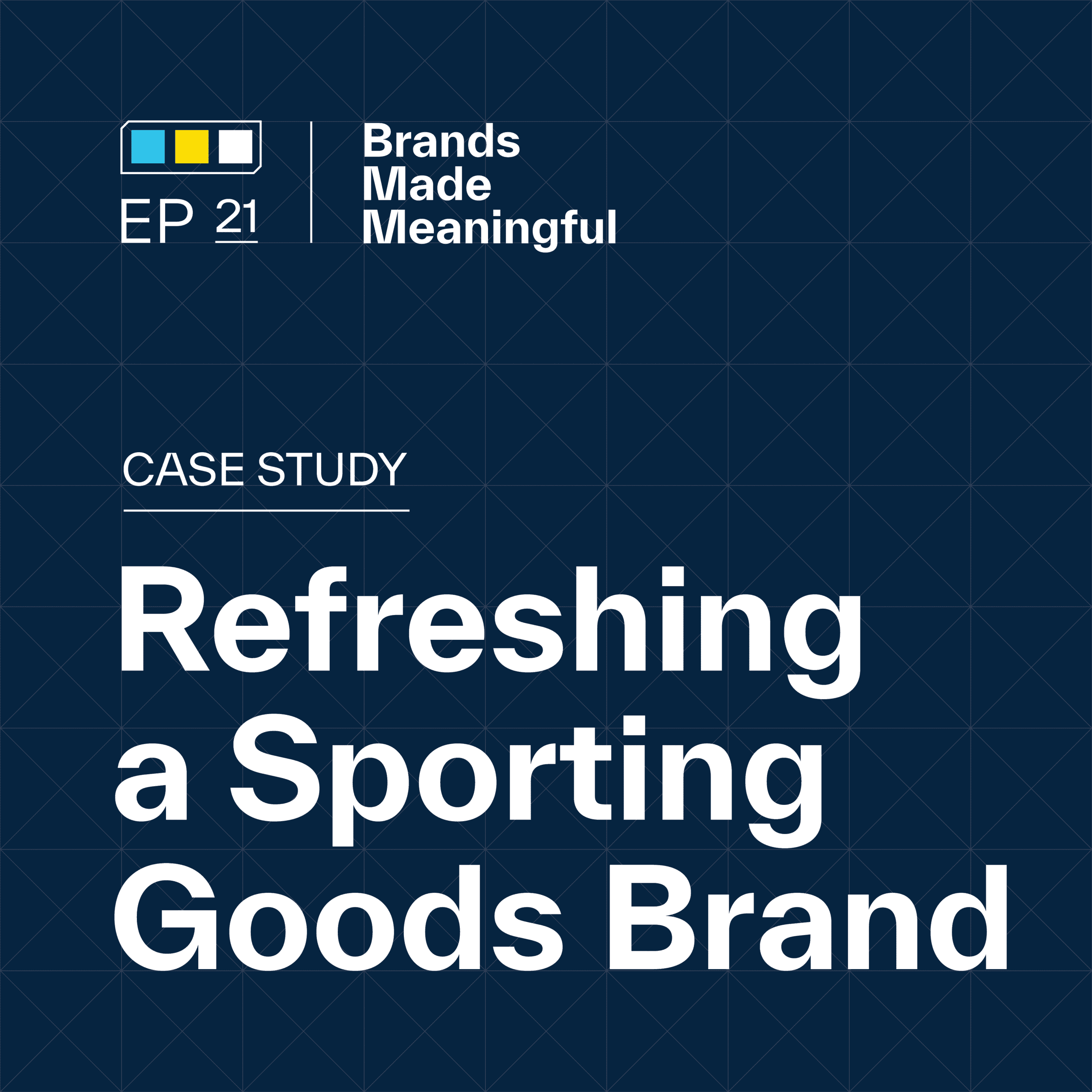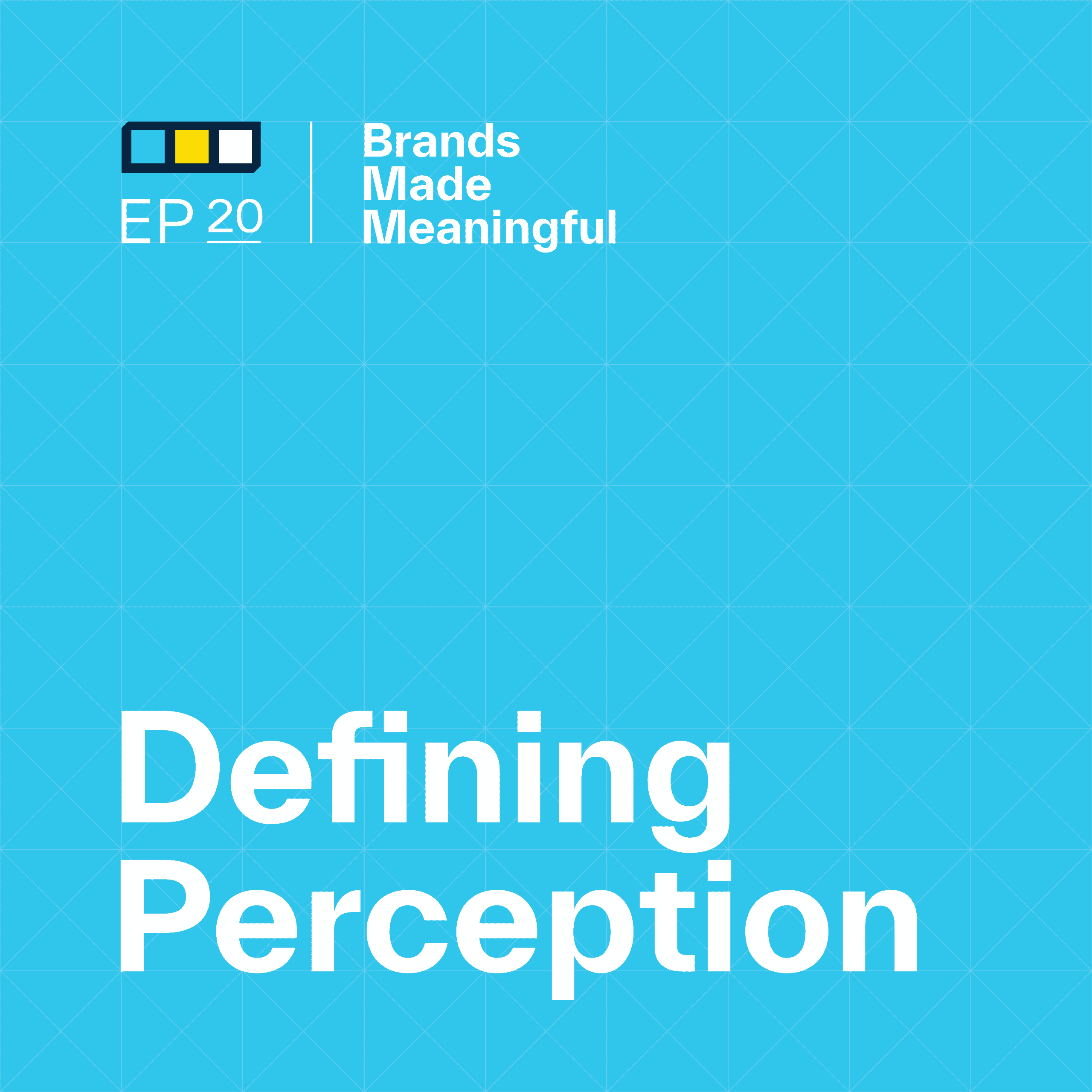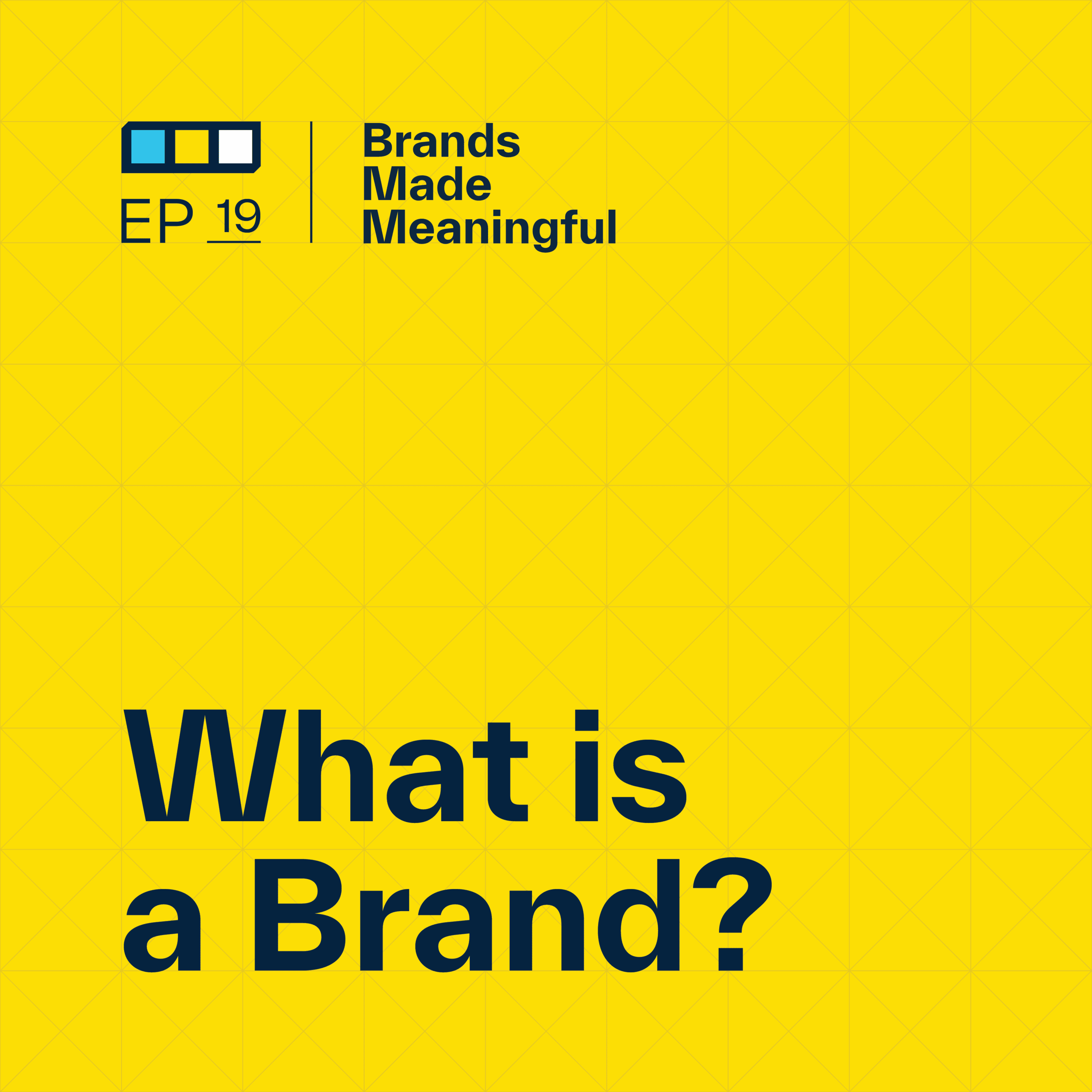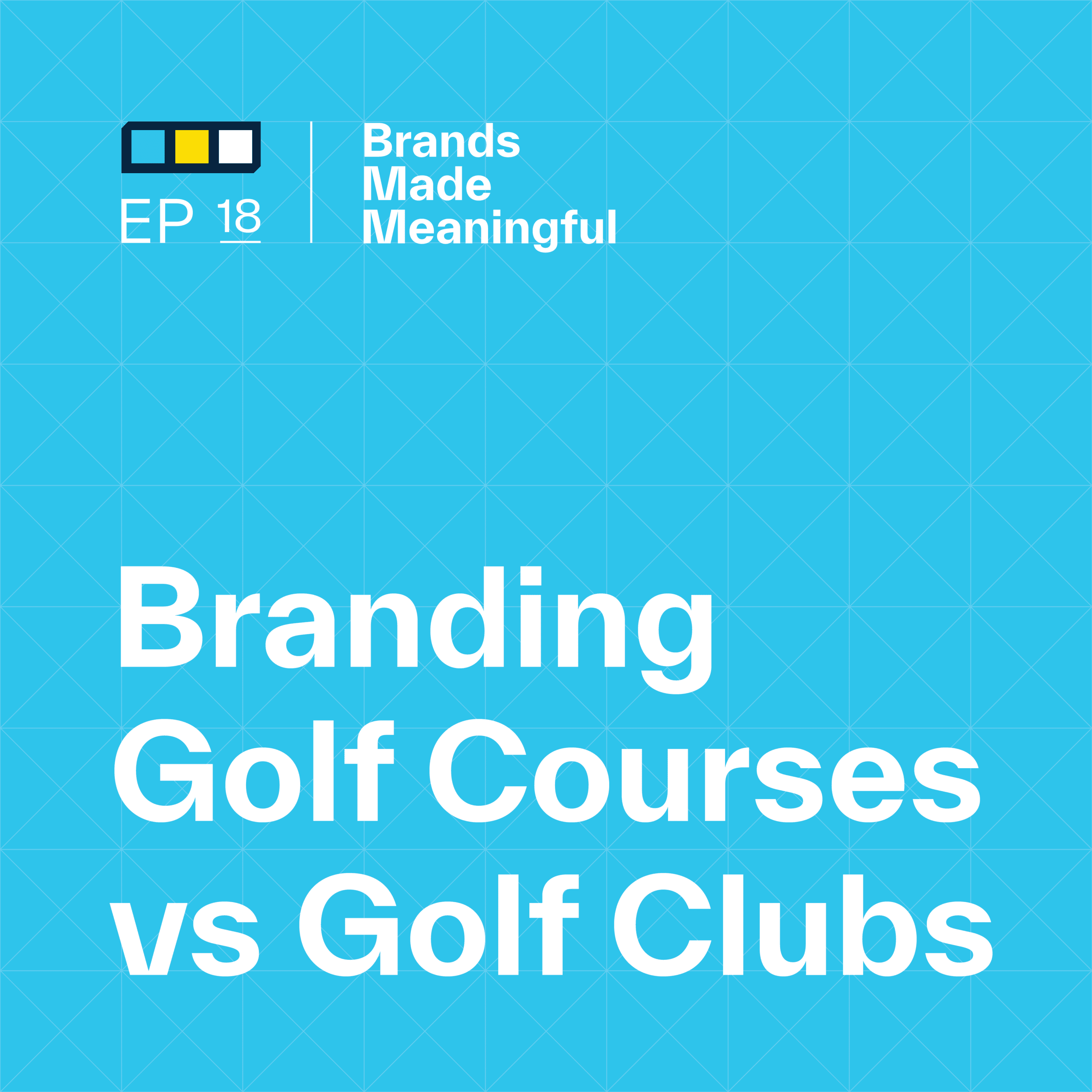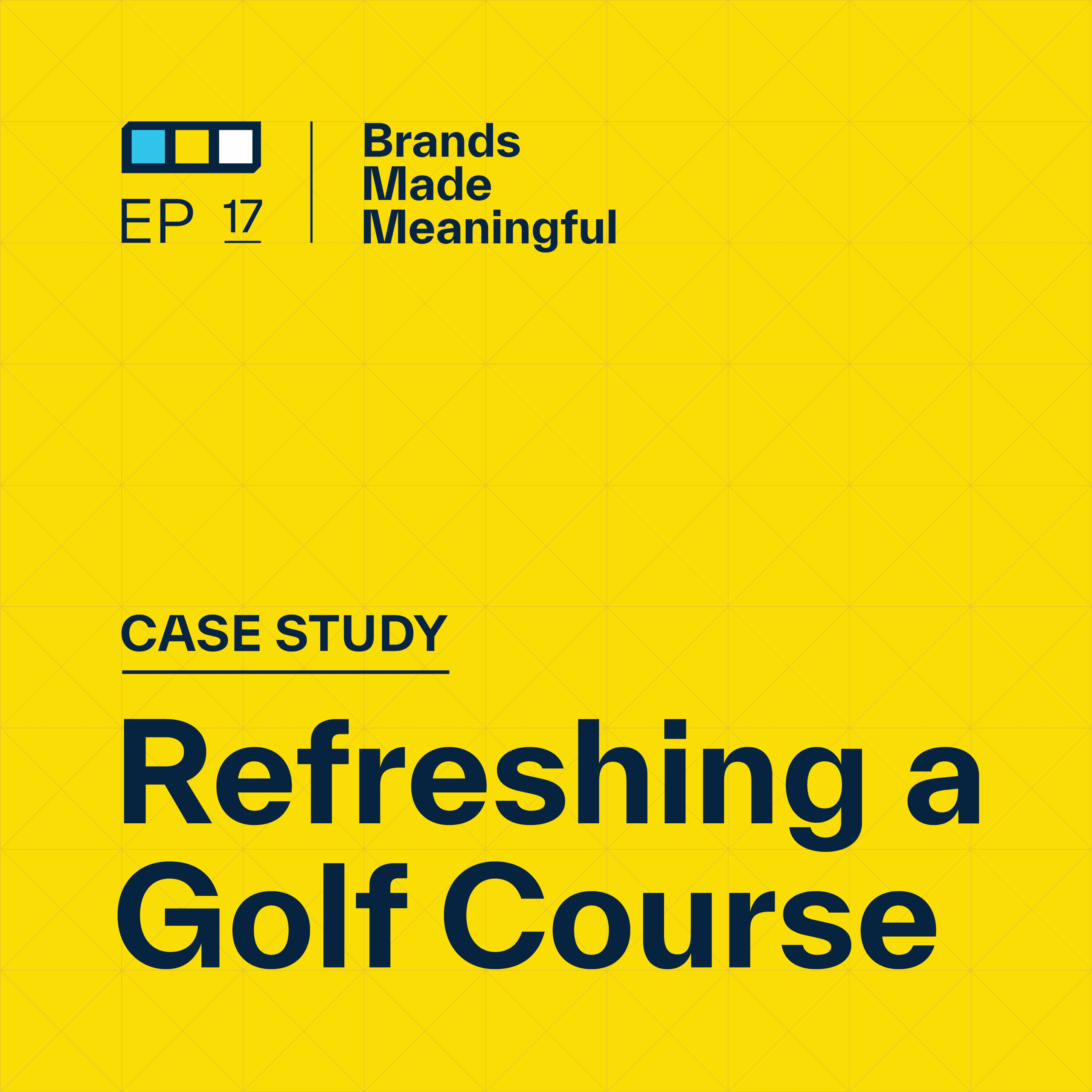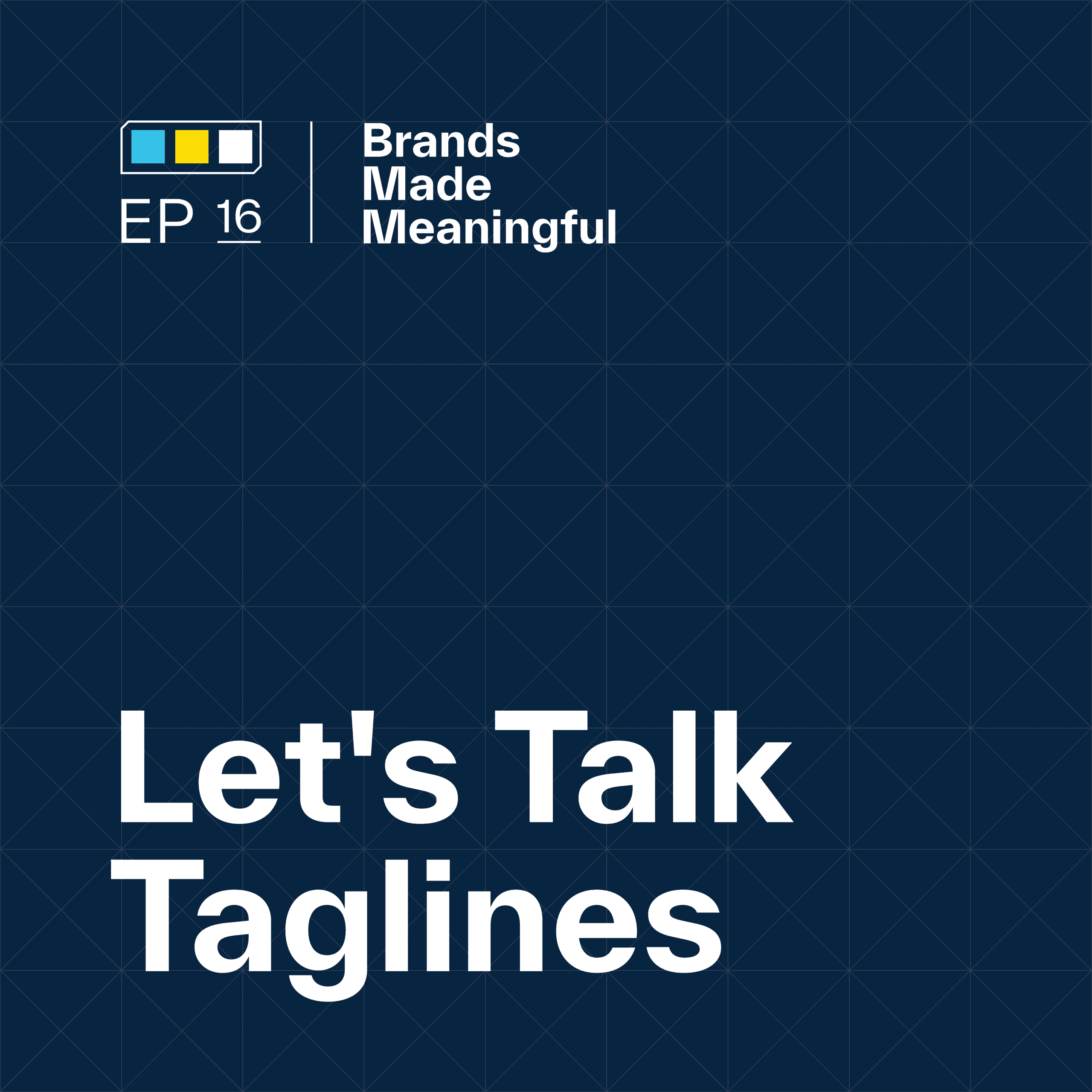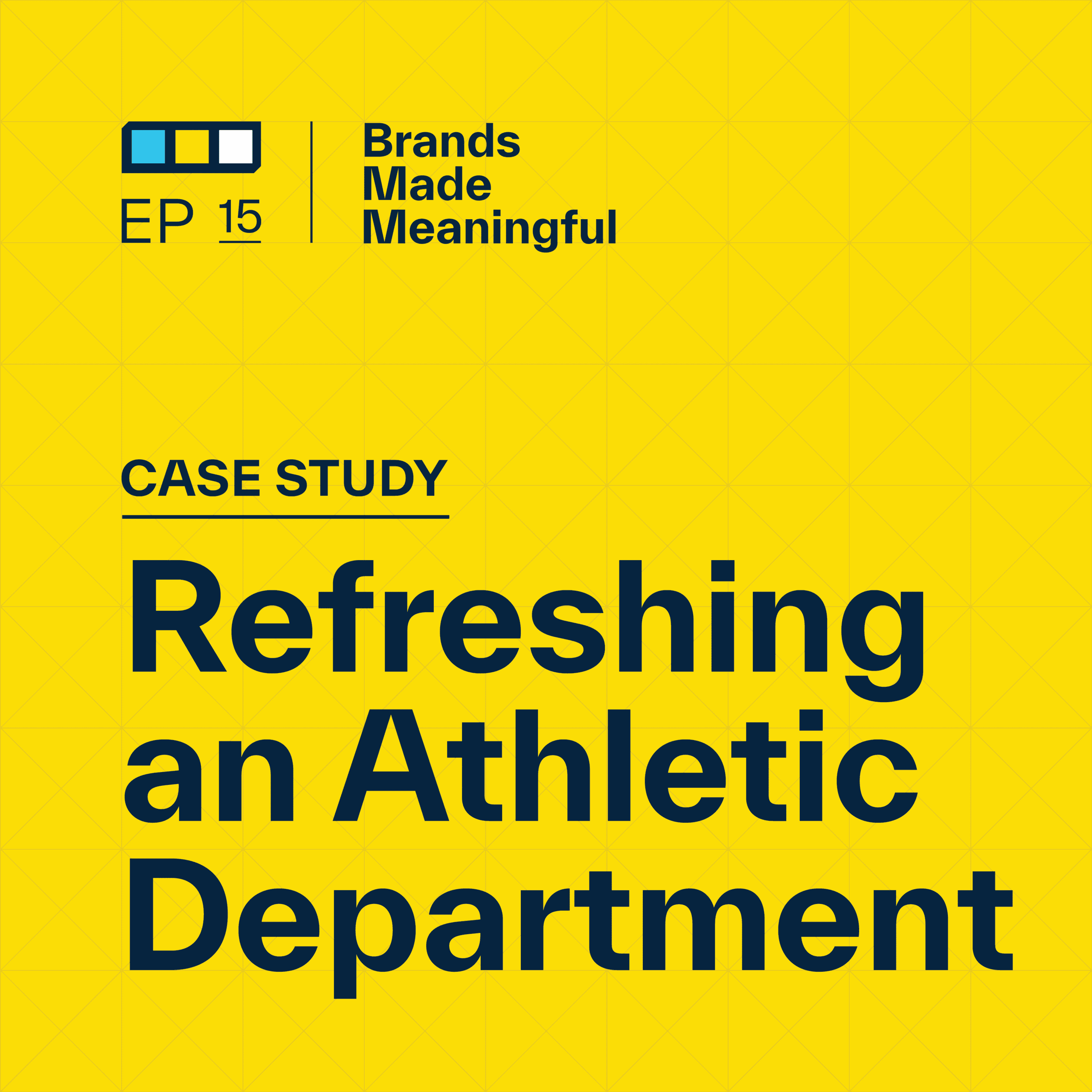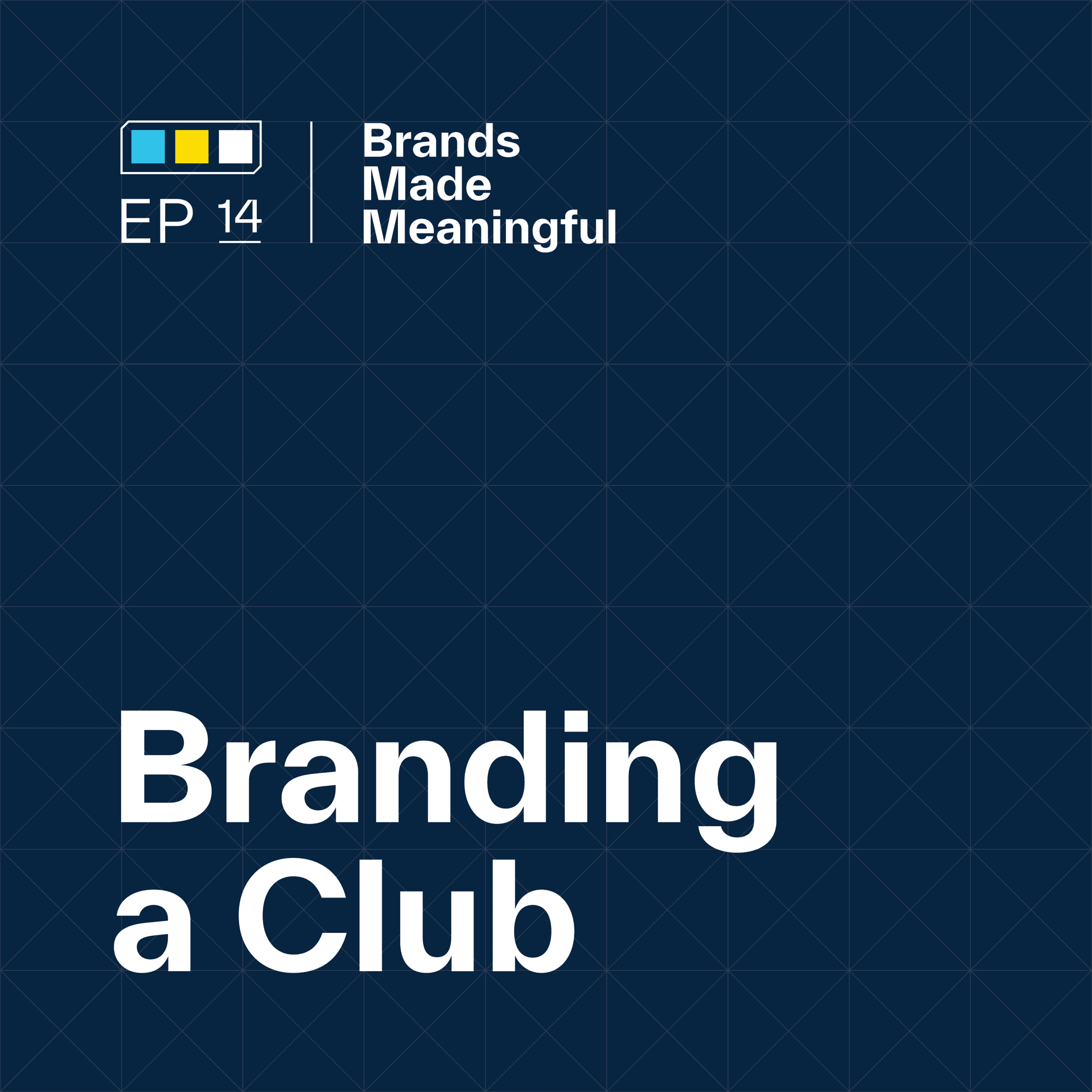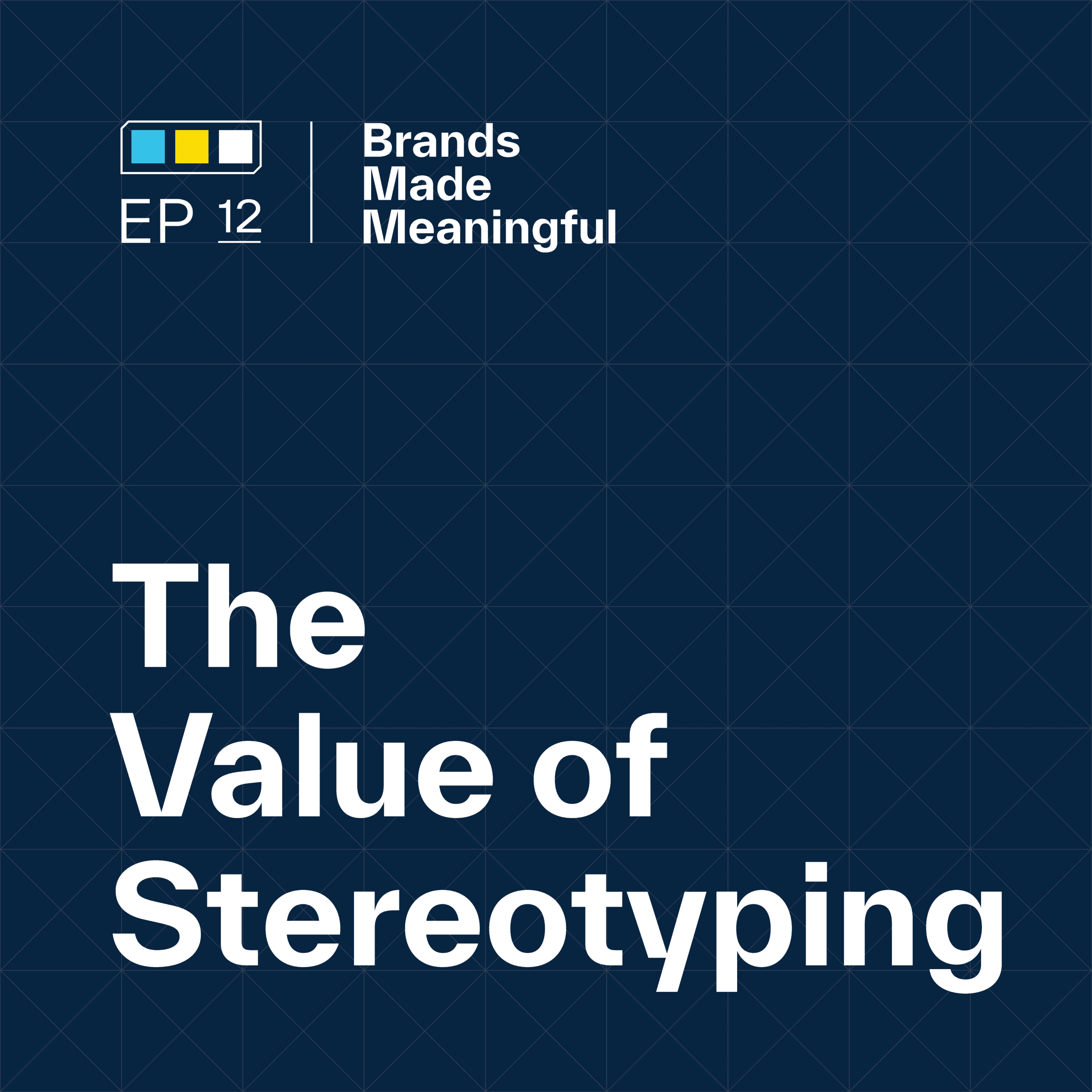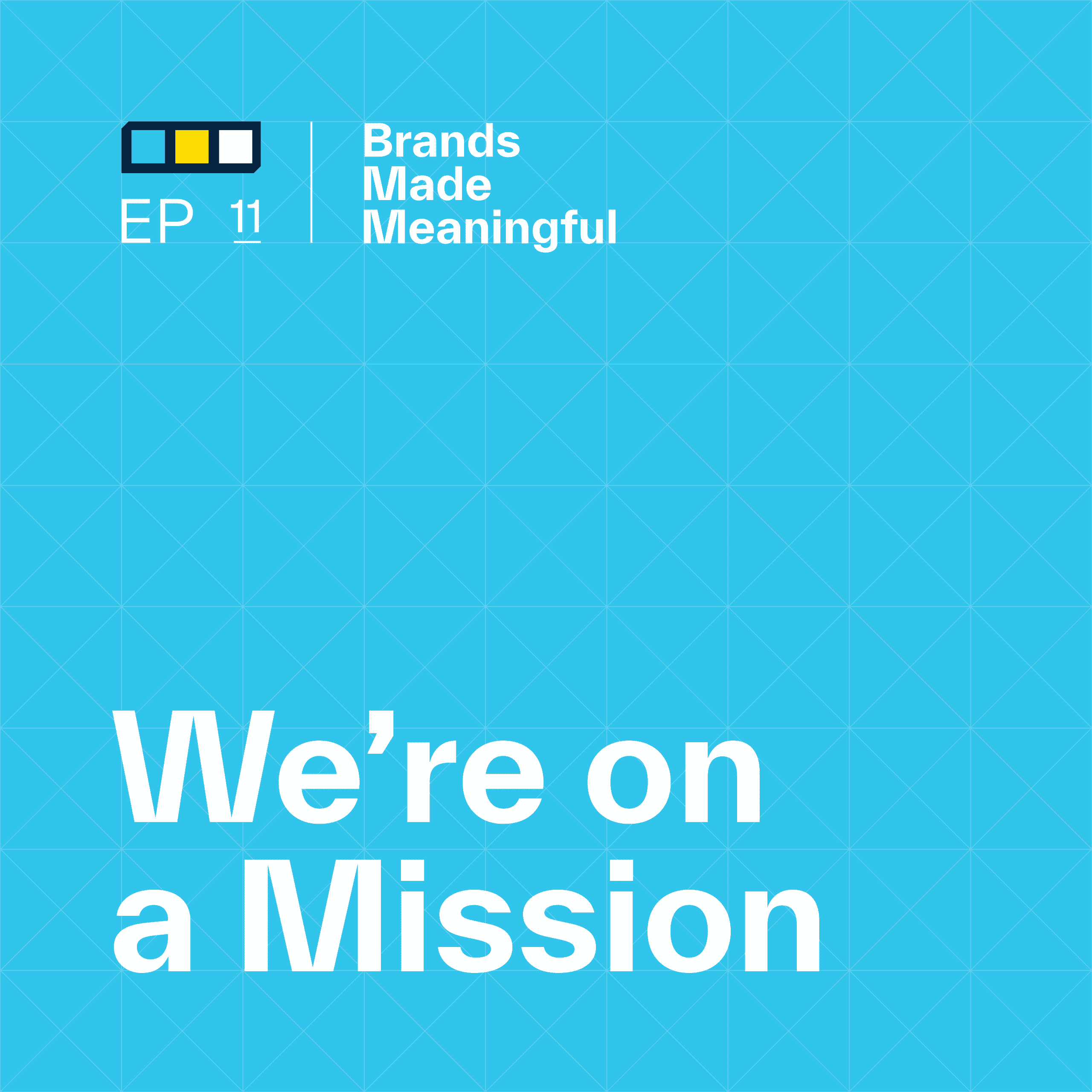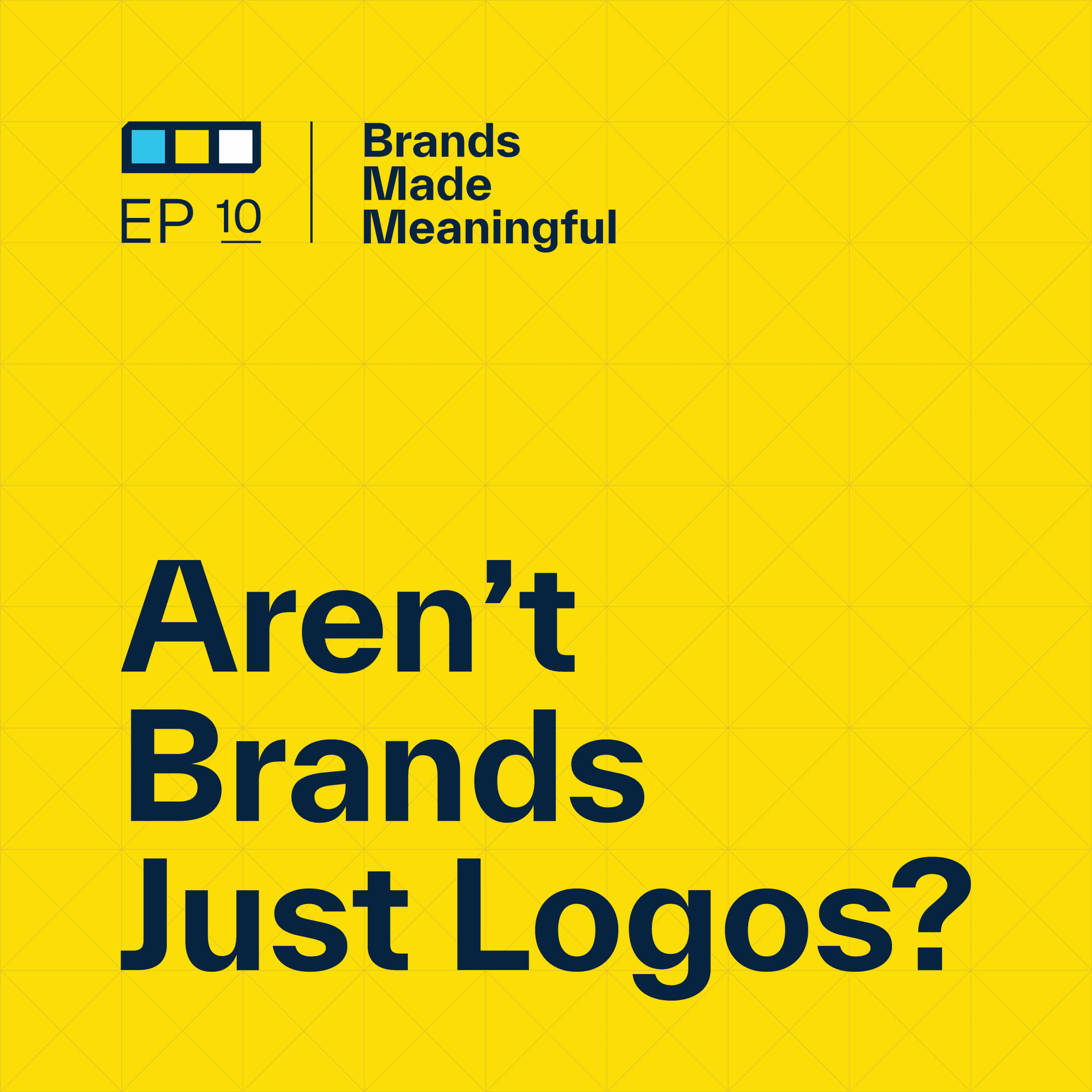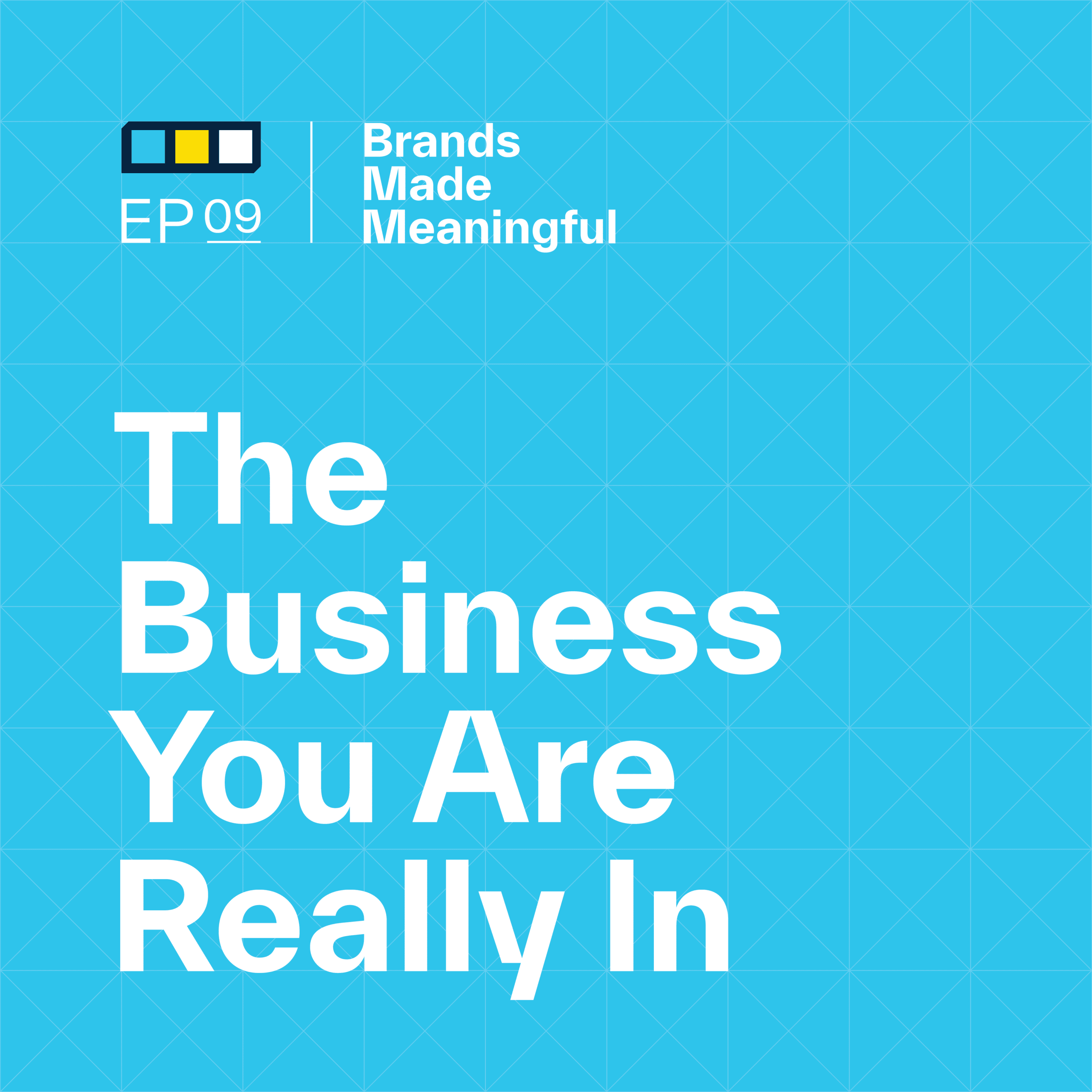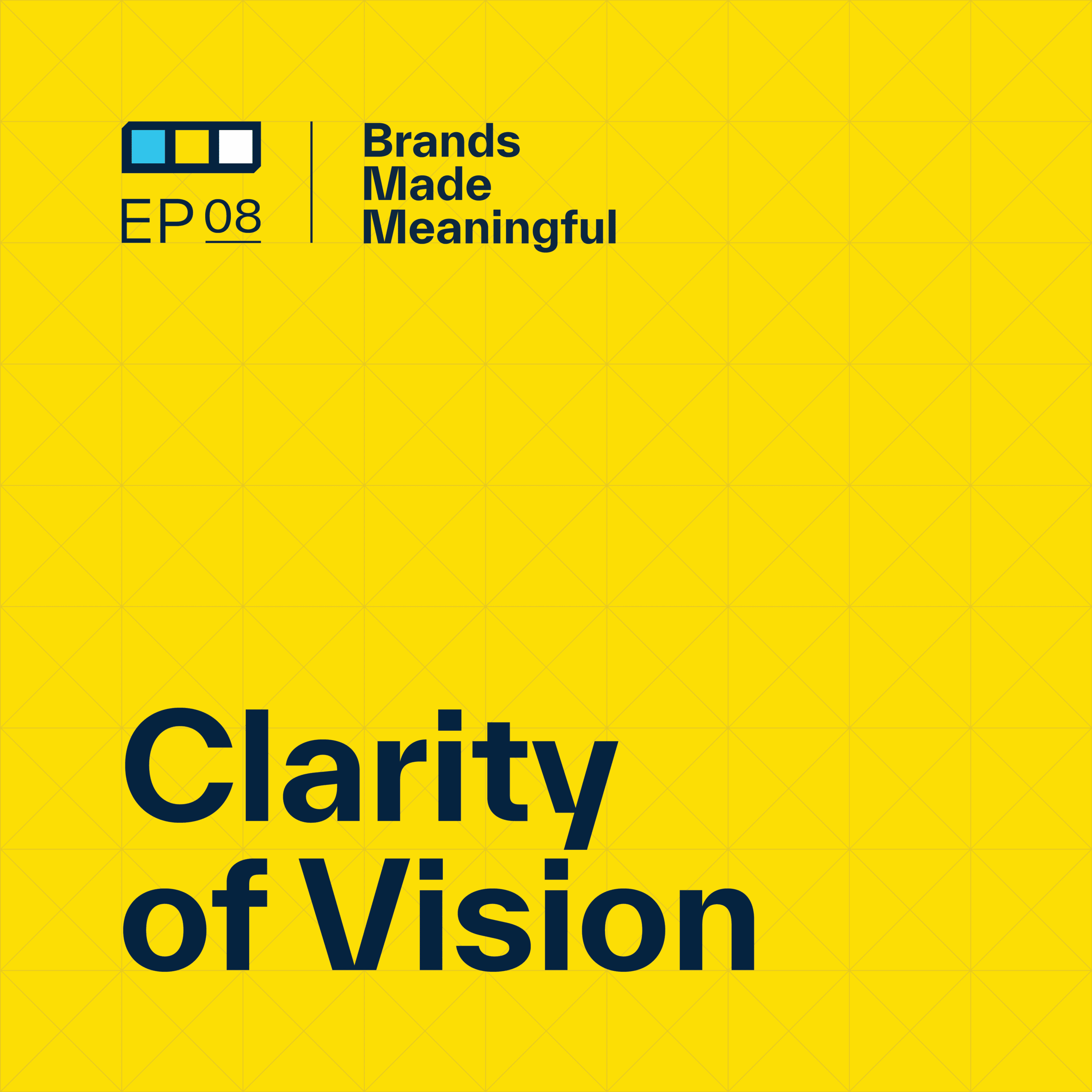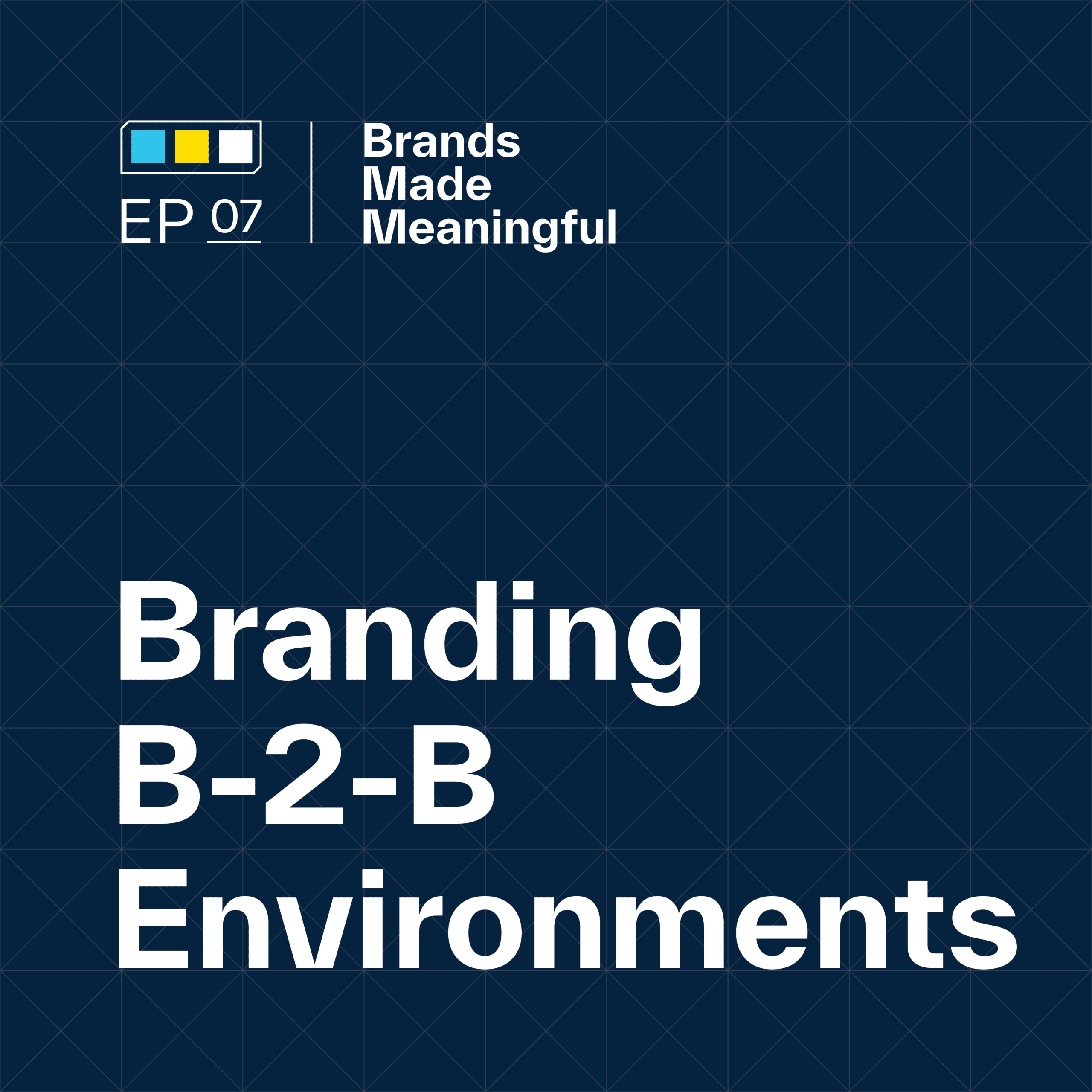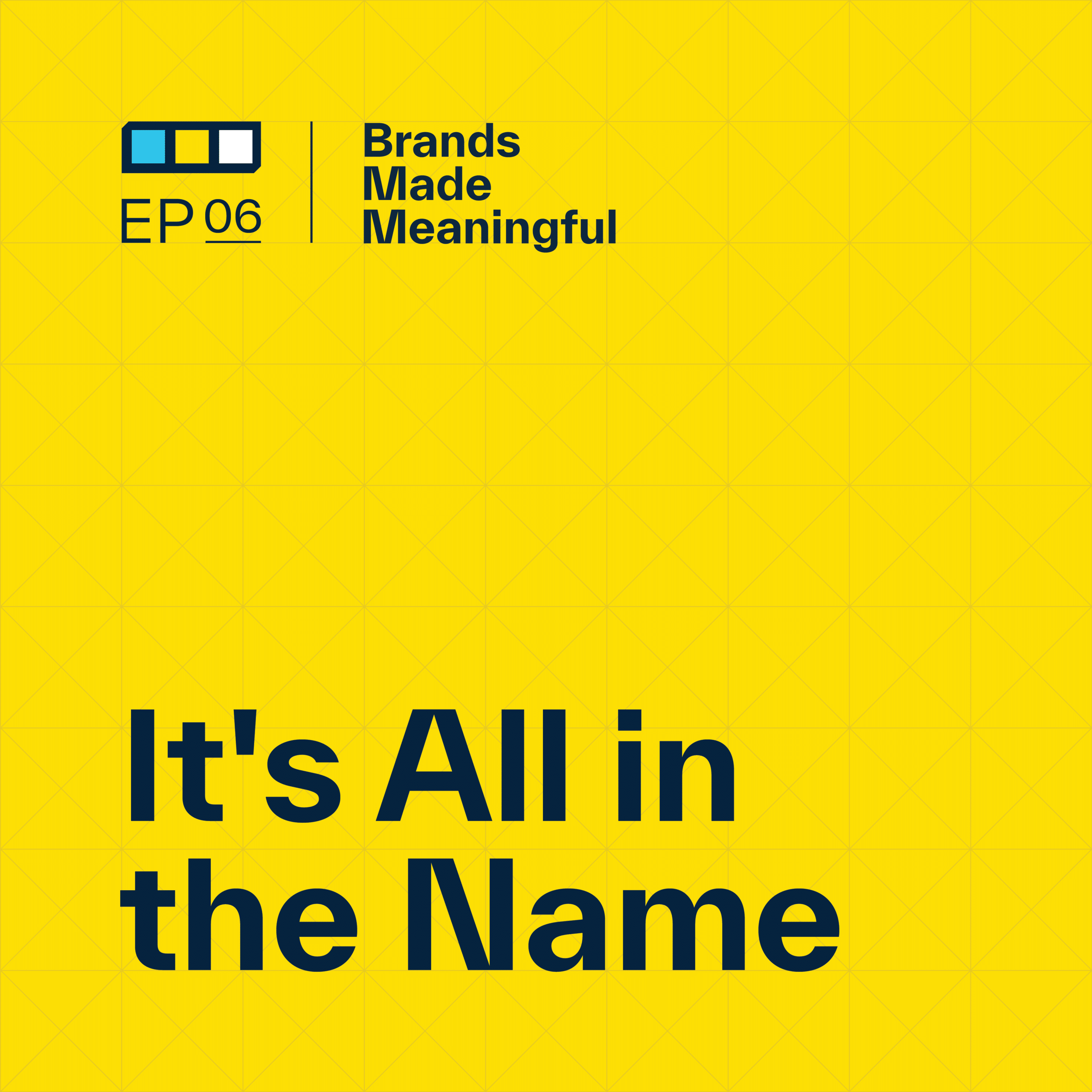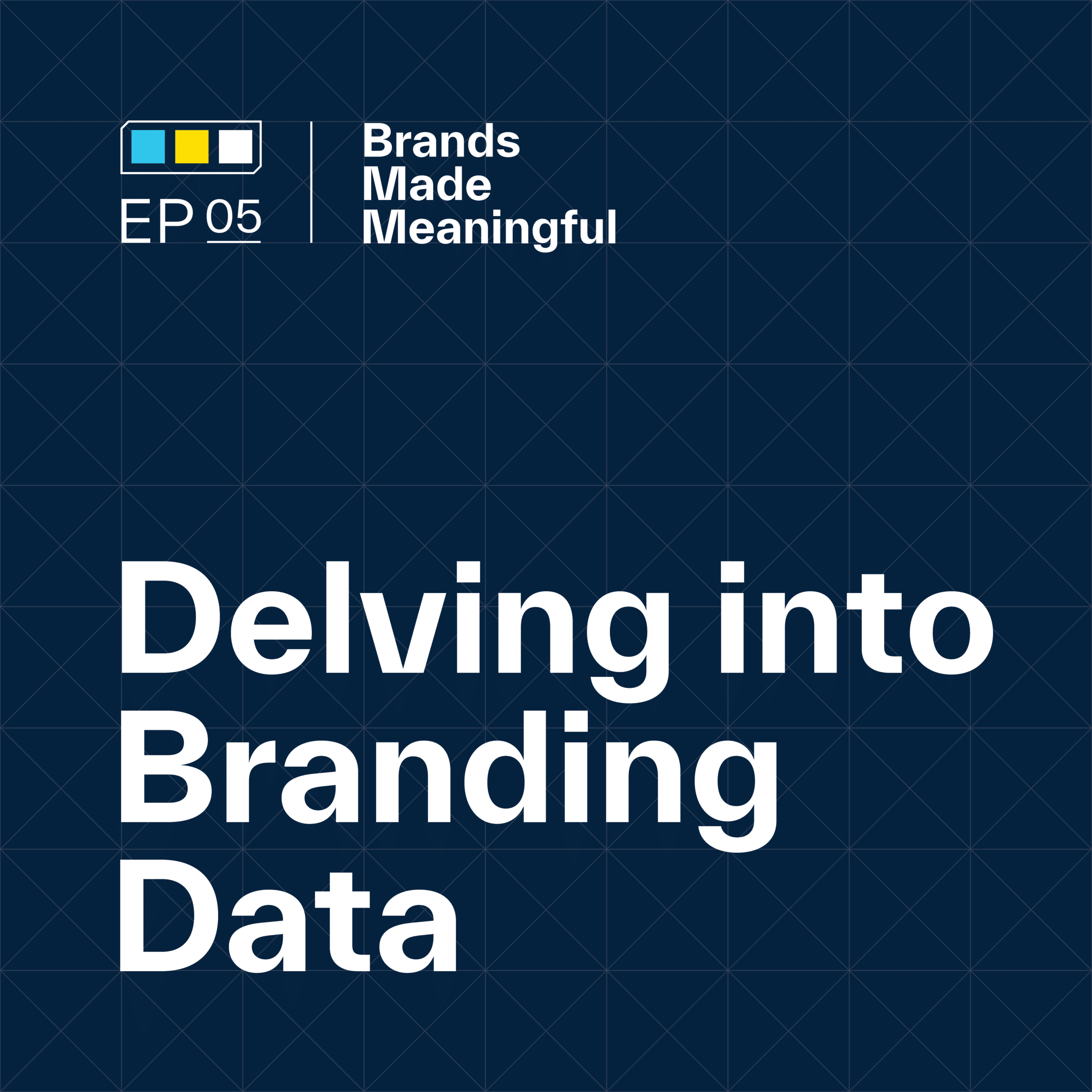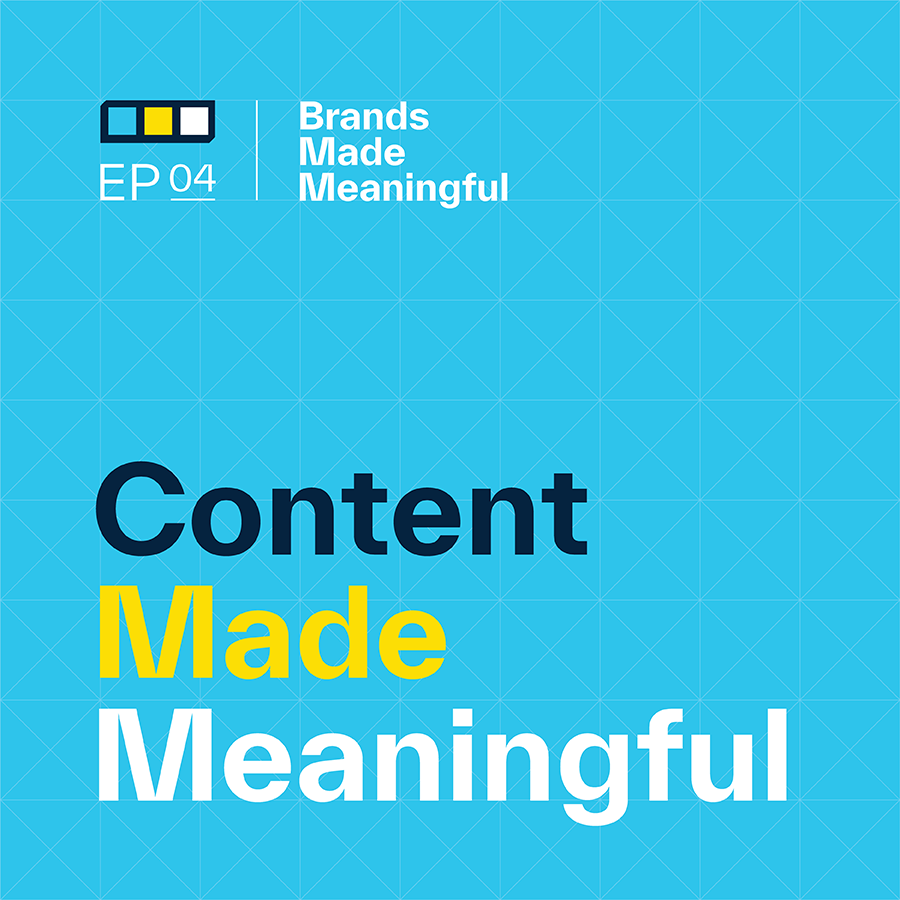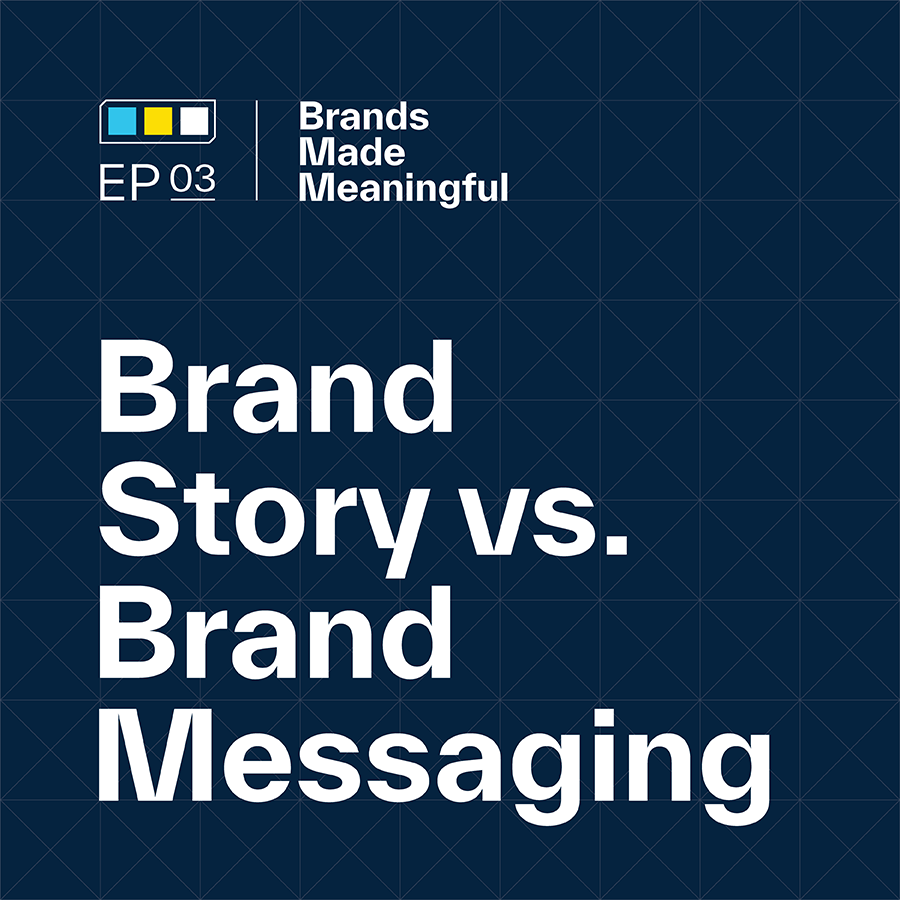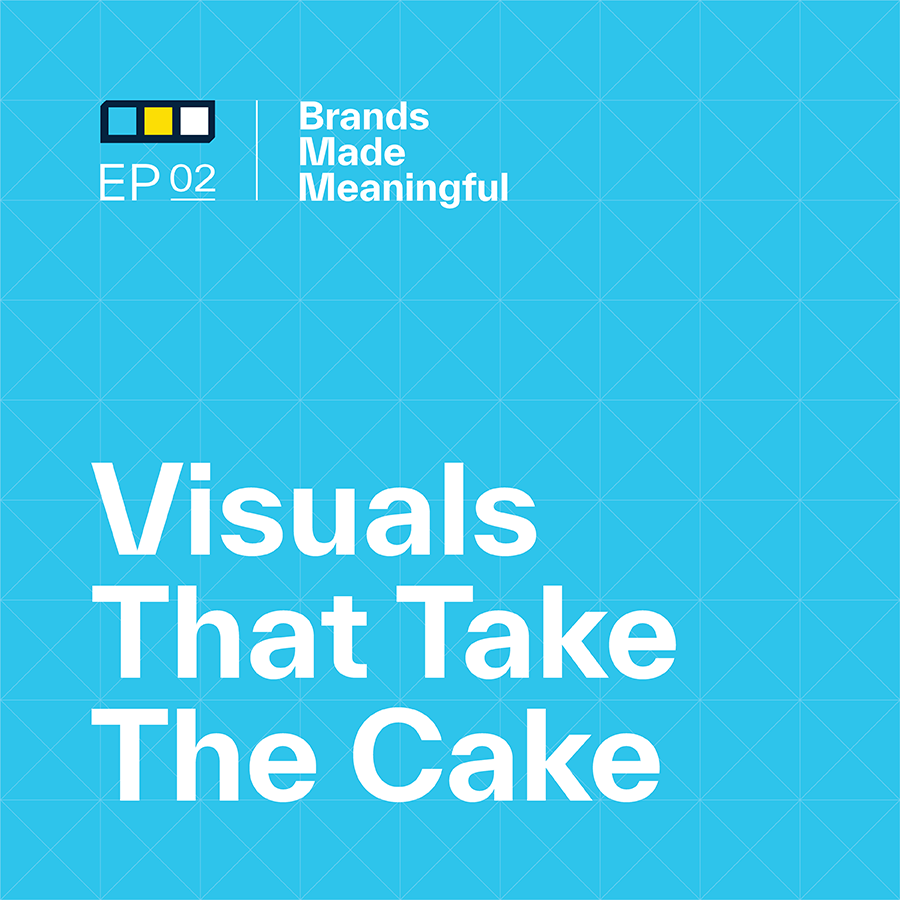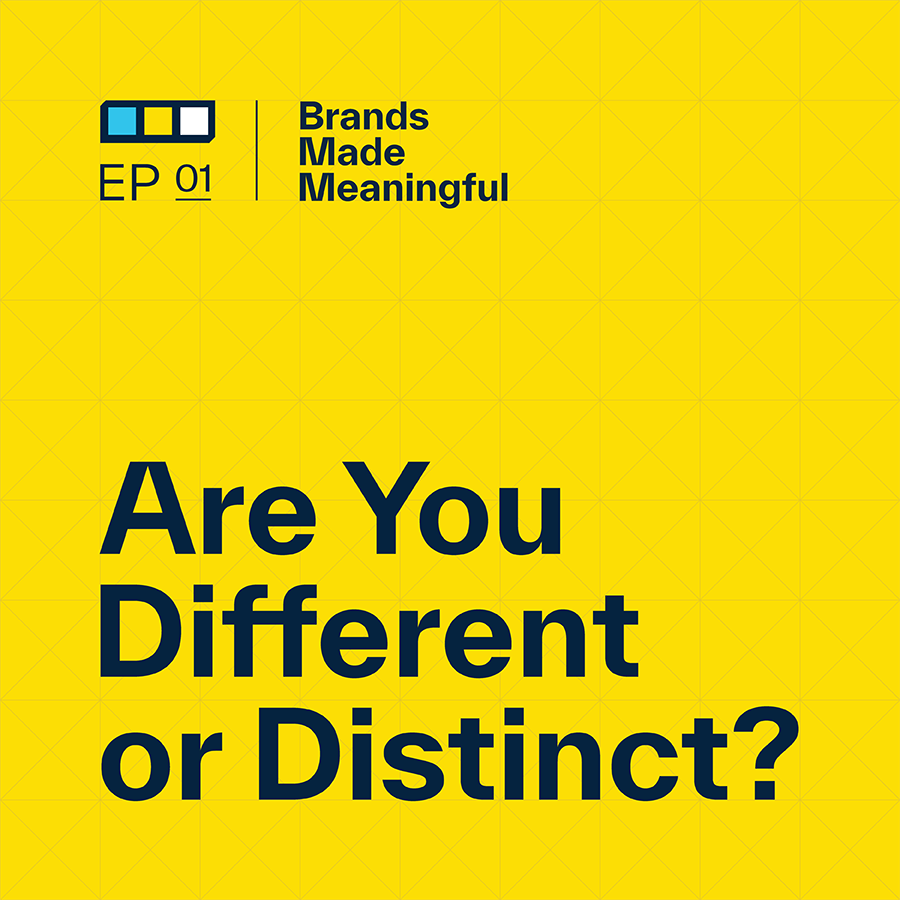EPISODE 30
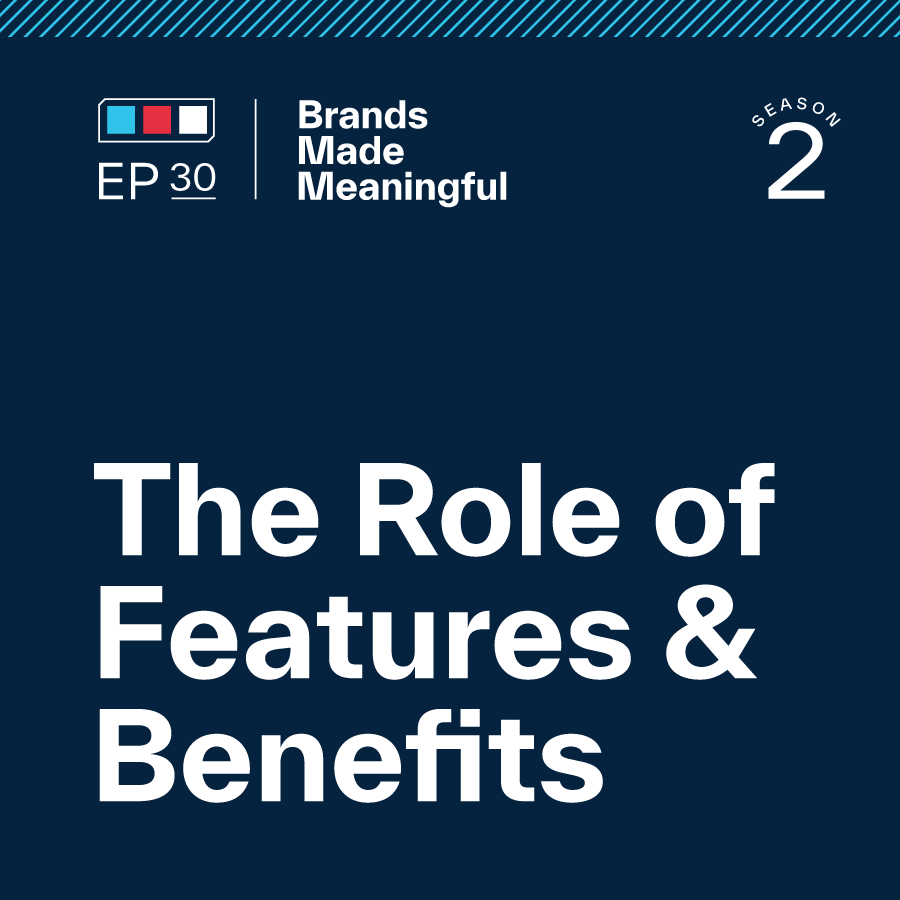
The Role of Features & Benefits
Episode 30
Derek and Tucker discuss the importance of features and benefits within the context of branding, selling, and marketing your products and services.
EPISODE TRANSCRIPTION
Our question today is: what is the role of features and benefits? What are we using this for?
Tucker How do we leverage them in the right way, and when do we not use features and benefits? In a sales and marketing context, people love features and benefits. It’s something that closes deals. It’s something that gets people excited.
Expand Full Transcript
Tucker If you think about service brands, it’s something that really helps them differentiate product brands. It really helps them hammer in why they need the product. But I think some people use it a little too often and don’t leverage some of the things around brand that can really help make those features and benefits shine.
Derek We had pasted in our notes that HubSpot, for example, describes features as what a product or service does and describes the attributes that help set it apart from its competition and benefits as the features that matter and how they actually help the target audience. It’s actually interesting that they use the word features in the definition of the word benefits.
Tucker So if you think of features as the things that it does and the benefits of why that even matters to you or what you’re going to get out of it, I would say how it affects you, in the long run, is how we start to think about them.
Derek One of the reasons that we’re talking about this is because features and benefits are incredibly important within the entire context of branding, selling, and marketing your products and services. And different people, different marketers, actually, whether it’s the R&D team, the marketers, or the sales team, all have a different perspective of what features and benefits are. And some have their own definition. And they all sometimes are confused about what role they play in a sales conversation or a marketing transaction, so to speak. So that’s what we’re going to get into.
Tucker And I think it’s also the journey, the lifetime journey, of a customer within your brand. We say, when do the features and benefits hit and then, when does the brand really hit them? How do we hammer some of these things home to bring them back?
Derek And what’s the difference? I mean, lay it out a little bit. What’s the difference between a brand and features and benefits at a high level?
Tucker I think when we get down into those conversations, features and benefits are really about the product and the service. What are we going to do? Why does it matter that we actually do that? When we think of brand, it’s really why we do that in the first place. Why do we even work within this? Why do we even offer that product? Not only because it will solve this small problem for you, but how does that ladder up into solving the problems that we really want to talk about? I think about when we talk about story with a lot of our clients. You can think of story in a lot of different ways, but the way that we think of it is like, what’s that core idea behind your brand that resonates throughout all your products and services? So thinking back to a brand that we worked with McDavid on, one of their key products is a knee brace. Talking about all the features and benefits and getting all into those things is great, but how are we going to get them to want to buy something that’s not a knee brace from McDavid because they have so many other products? We have to tell that story so that they go, Yep, this brand is really for me. I feel an affinity for this brand. It makes me want to come back and buy something else from you, not just knee braces. I don’t think of you as just this knee brace company.
Derek Without the brand, shopping for knee braces that McDavid makes because they make dozens of different ones at different protection levels for different things, is the equivalent of buying cereal and literally looking at the ingredient list. Which one lists fructose higher than the other? What’s the difference? And then to be able to actually translate or understand, of all these features and all the bullet points that are listed of what’s included and why this product is so great, to figure out which ones actually make a difference for me.
Tucker And we get into features and benefits and the conversation around story, and I think that there are people out there who say features and benefits don’t matter. There are people who say features and benefits are the only thing that matters. The way that I look at it, at least, is there has to be a healthy balance of both of them. We absolutely want to communicate what the product or service is going to do for people and how that’s going to affect them down the road. But we also want to help that tell our larger story. And if we’re not using our products and our services to tell the larger story of why we’re even in business in the first place, why we exist, then I think that that’s a missed opportunity for a lot of people to bring customers back and also to make them into evangelists of our brand. We want them to tell other people about our brand, not just because of how great the product is, but how great we are as a company.
Derek We’re just going to make the assumption for the purposes of today’s conversation that the products are amazing.
Tucker Because they all are.
Derek That they’ve been thoughtfully created for a purpose to solve a problem with incredible materials, or that your services are top-notch, that the way that you follow through on what you say you’re going to do, that your product does everything that it says. I’m just going to assume that that’s all like a five-star rating across the board. I’ve met with and talked to the team at McDavid that’s developing their next knee brace. And they are hyper-focused on the features and the benefits and the hinges and the material and the thickness and breathability. And they’re always improving and adjusting and reacting to customer feedback and testing. So I don’t take any of that for granted. We’re shifting now into a brand slash sales and marketing mode, and the conversation then leads to, what is the story of those features and benefits role that is most helpful for you in selling your products and services?
Tucker And you can also think about it in the way, if you take it out of the marketing and sales role, how do we create a great story that inspires R&D to be better at what they do? If you’re going to develop a new knee brace, what is that going to have to do? What kind of story do we want to tell? For McDavid, and we’re going to keep honing in on that because that’s what we’re talking about, but for McDavid, their story is all about confidence. Their story is all about people doing their best, creating a world of personal bests, and doing that over and over and over again. To say we need to create a product with features and benefits that helps us do this, there’s more of an end goal to it. So you can see how these things work together to not only help sell the product but sell the reason why we’re even in business in the first place.
Derek And part of that starts with knowing who your brand is for.
Tucker Absolutely. And that’s a different conversation.
Derek It is, but I won’t dig into that.
Tucker But your target market is incredibly important to understanding not only who the end user is, but who is that first buyer. Who’s going to actually help you get this product off?
Derek So, to your point, before we worked with McDavid, before they shifted to focusing on a story of confidence that is provided to athletes looking to perform, their prior story was pain relief. And it was a story of people who had joint pain or knee pain or sports pain that they were looking to medicate and relieve. So if you think about the features and benefits of a knee brace that helps somebody perform versus focusing on helping somebody relieve pain, you can start to see how that could potentially influence what that next generation of product could be.
Tucker And if you get into that realm, you can see where you get that story from pain relief to confidence. Confidence is still almost a benefit, but it’s this deeper benefit. It’s way more emotional, it’s way more aspirational.
Derek It’s impact. Benefit turns into impact.
Tucker I know we’ve already touched a little bit on why this matters, but why is it important to understand the difference between features and benefits and then your story? And how do we help people go into that realm of thinking about it a little bit differently so that when they’re on their next sales call or they’re on their next product pitch, they’re saying, Here’s what we do, here’s why it matters to you and here’s why we even do it in the first place.
Derek One way that I think about this, and I’m thinking about three components now – your brand, your messaging, and the features and benefits of what it is that you do.
Tucker And by messaging, what do you mean?
Derek The communication of your products, your services, what you do, and why you do it.
Tucker And this is a more high-level message rather than just communicating your features and benefits.
Derek Correct. So if we start with story and story is what your organization stands for and what it is that you do that actually makes a difference to the people that you’re selling your products to, to your target market, messaging then gets tactical in how you communicate that story. I’m thinking of this in terms of your value proposition. The features and benefits of your products and services now come in, in this case, as a supporting role that describes what your items do and how they help, and what sets them apart from the competition. So I think features and benefits, the strategy that’s built into your story, and the active act of messaging and communicating all work in unison. When they work in unison, that’s when we get really successful.
Tucker I think that’s a great way of looking at it. Also to sugarcoat a little top on that is when I think of the difference between features and benefits and your story and then your messaging sitting in there, your features and benefits are really like the right now – what am I trying to sell with this product right now? Whereas your brand, your story, and some of those other things are more evergreen. Those are things that are going to be true based on this product, based on a different product that we sell, and based on other things. It’s going to go across product lines that are really going to help you have that conversation from a high level. This is where we get the goal of trying to get a customer to buy something from us on this one product line, but trust us and believe in what we do so much that they come back for a completely different product line because we still have that same story going across all of them.
Derek We were just having a conversation offline. I just bought a new pair of headphones because I was going to go on a flight and I didn’t want to use the free ones that they handed out. I’m a big fan of Wirecutters, so I went on Wirecutter to look at the reviews and look at the top three headphones that they recommend within this category. They’ve already reviewed all the features and benefits and tested them. So I’m taking their word that that right-now aspect has already been solved for me. And then I’m defaulting to the brand. One’s Sony, one’s Panasonic, one’s Apple, or whatever – whatever brands they are. And the price.
Tucker So you get into the conversation that it’s way easier to have this mindset when you’re in a commoditized industry, when you’re looking from a commodity perspective and all the features and benefits are the same. Or when you’re looking at toothpaste, you’re like, Well, these are all kind of the same. What’s going to get you to buy one toothpaste or another is either going to be the price or it’s going to be the brand. And the way that we market ourselves based on, Here’s why we do this, here’s what we’re trying to accomplish, and here’s why we make this product in the first place is not just to help people clean their teeth, it’s to do something bigger.
Derek And marketing on price isn’t a long-term viable strategy for your business.
Tucker For some people it is. We don’t like it.
Derek You were working in volume.
Tucker I think for some people it absolutely is a great way to do business. When we work with our clients, that’s never the goal. The goal is to do the opposite – to say, Let’s create such a great brand that the price is big. It doesn’t even matter at this point because our brand is so great and is perceived so well across audiences that we’re making something that has a premium to it. But when you look at that commoditized market, you can start seeing where it goes, Okay, this isn’t as important. On the flip side, if it’s not as commoditized, then you get into this conversation of, We can really leverage these features and benefits. How do we leverage those in a way that helps us tell our story but isn’t so much about our story that we lose the features and benefits? And I think that’s the balance that we always try to find with our clients – to say, If your product is the only one of its kind in the market, then we’re going to really hone in on why that matters and the benefits, the features, the things that happen when people use that product. If it’s not the only one of its kind, if it’s not going to happen like that, and we work with golf clubs, they’re not the only golf club in the country. We need to start figuring out why are they different, what culture they’re representing, and what things make them different from a story aspect. Why do you even have a golf course in the first place? Why should someone be a member there when I could be a member somewhere else even though they all have packed practice facilities and they all have 18 holes? I think we get into this conversation a lot more than people think. And it’s not only us figuring out what your features and benefits are and creating a visual that matches that feature in benefit.
Derek That’s a really helpful way for me to think about the role that features and benefits have in the story. And to recap it in my own language, it’s that if what you sell or if your business is what we would call commoditized, then your focus should be on your brand to help you stand out and differentiate from the other people that do something very, very similar, maybe at a very same similar price point as you. But if you’re a much more specialized type of business, I think of ourselves, for example. We’re in branding. You might throw in the professional services category where what we do isn’t a commodity. We’re not selling a product at a certain price that everybody else sells. It’s a much more customized service, or product, that for us or for a business that is specialized, isn’t a commodity leaning into the features and the benefits, and by benefits I mean impact and the ROI of buying that product or service can provide is probably going to be a much more helpful way for you to be thinking about this.
Tucker Think of them as levers a little bit. You can go into features and benefits at one lever, you’re brand is another lever that we can pull, and then your price is another lever that you can pull. Think about them pulling that lever of price and then also pulling the lever of brand. And then it becomes a no-brainer to people. They go, Well, yeah, look at that. It looks like a premium brand, but it’s priced like a non-premium brand. That’s the goal of the project we just worked on earlier this year with Lemon Bay Golf Club saying they may not be the most expensive club in the area, but if they have the greatest brand with the not most expensive price tag and they’re perceived so high, it becomes a no brainer to the local public to say, Okay, what am I doing here? These guys obviously have a premium product. They’re obviously doing this. It’s at least much more affordable than other places in the area. They might not be the cheapest, but they’re also not the most expensive. How do we get that to be another lever we can pull for you that gets you really excited to say, Yeah, we have all these great features, we have all this great pricing and now we have this great brand that pulls that and just becomes this. What I would call a jackpot is a no-brainer. Things that really get customers and employees to say, I want to be a part of that because that totally makes sense for me.
Derek A big part of the process that helped that turn out that way and to be able to have value be part of that story without people having the wrong impression going, Wow, there must be something wrong with this place. If this place was really as great as you said, it would be more expensive. And so now you’ve underpriced it, now you’re devaluing it in my mind. The reason that isn’t happening is because of the work that was done along the way around figuring out who they were for, and what those people wanted. And you said the word perception and crafting and honing in on the perception that is right for that brand.
Tucker And I think when you get into how we utilize features and benefits, you don’t utilize the features and benefits to attract this one specific audience because that feature and that benefit might be for a lot of different people most of the time. We were talking about knee braces earlier saying we use this kind of material, and this kind of hinge, and this kind of plastic on the knee brace. And that’s going to be helpful for someone in the future because of this. This is going to be more helpful for a child who’s thinking about it this way or someone playing football specifically. Some of those features and benefits cross lines. But most of the time when we’re working with features and benefits, they’re for the general audience. Whereas your story and the reasons why your brand is really honing in on a certain audience is because it’s crafted for them. It’s crafted for someone who thinks a certain way and has a certain belief system and has certain values that you go, Yep, I totally agree with what they’re doing and I want to buy what they’re selling.
Derek And I’m going to buy it again. And I’m going to tell my friends and my colleagues about what I bought. And do you think that when somebody kind of transfers into that brand evangelist – the thing that you bought, the service that you received, crushed it, you couldn’t be happier, you’re so happy that you’re happy to tell everybody and anybody that you know who’s in the same market for that same product to go check this out – is you coming back and buying that again because of its features and benefits or because of the impact that the features and the benefits provided you or because of the brand recognition that you now have that you associate that brand with an incredible experience?
Tucker I think it’s definitely the second one when you’re saying, Okay, I’m going to think about when you actually tell a friend about a product. Most of the time you’re not going to tell them about something that works for you, but you really aren’t impressed by it. When you’re recommending something, that now becomes a little piece of you. And when your friend sees it, they go, Oh, yeah, John told me about that. And their brand almost rubs off on your brand a little bit when you go, Okay, so now John is going to be the brand ambassador for me. We need to look good for him because now he’s going to tell his friends. We want to make him look really good. And when you have a great brand, those features and benefits are absolutely there. And they get that first sale and that’s awesome. That’s exactly what they’re there for. But it makes it way easier for someone to be proud of what they’re selling or what they’re buying and be so proud that they want to tell someone else about it.
Derek We work with an organization called Game One that sells branded equipment, sports equipment, jerseys, and apparel to teams and clubs. Primarily, they sell to athletic directors and coaches. But the brands that they sell, for the most part, are similar brands – like if you wanted to buy Nike, Under Armor, or Adidas branded jerseys for your team, you can buy those from other organizations. So maybe this is a commodity story. I’m not quite sure yet. But when you think about the features and the benefits of what Game One can provide and does provide, and when we get into the details, I think that those have an opportunity to become more and more relevant if the brand story is strong and in place and meaningful.
Tucker When we were developing their brand with them, it really got into we can offer things that other people can’t offer. But what we’re really trying to do is create trust within the athletic directors that we know what we’re doing and we’re here for the right reasons. And that’s their brand. Those aren’t features and benefits. That’s their brand. We know what we’re doing, not only because of all the experience but because we’re here for this reason, not this other reason. And for that reason alone, they’ve found great success having outreach and doing these things and having better success with marketing to say we know we’re about this versus that. And telling a better story was really their way of challenging the market because right there and then they didn’t have someone in their current competition landscape that was telling that story, telling the story of unity and telling the story of building teams for the sake of belonging somewhere and doing things not because we can, because there’s just a financial opportunity here, but we’re doing things because we’ve been in those shoes before and we want to make sure that those kids have the opportunity that we had when we were kids. And that’s an impactful story that you just don’t get with features and benefits. You just don’t get that unless you really think about it. Why are we even selling these features and benefits in the first place?
Derek I think I’m thinking of Alta, which is a company that we work with that sells trophies, awards, plaques, and certificates mostly to corporations to recognize their employees and to celebrate each company’s personal achievements. So what they sell is absolutely a commodity. And in talking with them, just like a lot of the companies that we talk with when we talked about what their unique value position was earlier in our conversation, it was customer service. And it’s true. In my opinion, I’ve now witnessed it. We’re customers of theirs now too, and they truly do deliver on customer service. But prior to figuring out what their story was about, they were trying to sell on customer service and support that with features and benefits. Now they’re selling on brand, which is differentiating them, which is helping people understand in a commoditized market why they are different and better, and their customer service is now punctuated and validated through the features and benefits of what they proposed.
Tucker I was just going to say that. Their service, the things that they do, validate their brand rather than having to sell their brand in the first place. And I think that became really impactful for them to say, We’re not just selling what everyone else is selling anymore. We’re doing something because of the reason – this is the reason why we want to do it. And if people believe in that, that’s great. And if people don’t, then they’re not a good fit for us and that helps them understand how we can really communicate ourselves in a better way and then let our products and our services really show what we mean by, Here’s why we do it. And it all comes out in that end product that you see. You get that benefit at the end of the day.
Derek I’m making a note to go back and just listen to these last 2 minutes because I think that was a really, really great insight that I don’t know that I’ve actually articulated or heard ourselves put into words. I think we’ve talked around it, but I think that was a really great point.
Tucker So you’re going to go back and listen to your own podcast?
Derek I probably won’t, but maybe I’ll grab the paragraph out of the transcript.
Tucker So much value that you say it and you go back and listen to it yourself. That’s incredible. We don’t have a ton of time left. Let’s get into red flags. How do I know if I’m not selling on brand or how do I know if I’m only focusing on features and benefits in ways that aren’t leveraging their true meaning, but really overworking them a little bit?
Derek The one that comes to the top, to me, is customers that are complaining about not closing sales. They might even be getting the call, they might be getting the sales meeting. But for some reason they’re not or they’re not getting a response or replies at all. And not being able to connect your brand with a customer because they might be starting with features and benefits for the type of business that shouldn’t be.
Tucker I get into undifferentiated. When you are undifferentiated from a verbal standpoint, a visual standpoint, when people can’t remember what company you are or can’t remember where you’re from, that makes it really difficult for you to stand out in the marketplace. And when we work with our clients, the first thing we do is ask, Okay, who else is doing this? Who else in your space is doing this? Who’s doing it well, what’s differentiating them, and how do we figure out how we go across that? So I think a big part of your features and benefits is if you’re honing in on features and benefits and everyone else is honing in on features and benefits. Like golf courses, like I was talking about earlier, it makes it really hard for you to stand out because of that level of, Everyone’s selling the same thing and it makes it really difficult. Another one is everything seems really tired, really uninspired, as we would call it. Things that happen and you just say, Yeah, I don’t know. I’m not proud of it. I’m not wearing the shirts all the time and I’m not ripping the gear. And I’m not proud to send people to my website and proud to get people the materials that they need. You lack emotion. You lack real deep meaning in what you do, and it makes it a lot harder for you to stand with your chest out and say, Yeah, this is what we do, this is why we do it, and this is how we affect people down the road with more than just this one product.
Derek Another thing that we see a lot are people that have either taken the features of benefits for granted or the story for granted, and they just jump right into the tactic of messaging. And they haven’t thought about how to make the messaging in their marketing materials actually resonate and be most effective. And then they end up throwing darts at a wall to see what sticks.
Tucker We’re currently working with another company right now. Their problem is market fragmentation, product fragmentation, which means that they just have a lot of products and not understanding how they connect. How do they all kind of work together? How do we make sure that you can buy this from us but then you also come back and buy something else from us? Having a story that connects your features and benefits. A through line. There’s a company down in Kansas City. I can’t remember it, but I have a friend who works down there.
Derek So they’re undifferentiated.
Tucker Sure! I don’t remember their name. They’re actually a creative service and I don’t remember who they are. I’m so sorry that I don’t remember. But she works for this company and they call it a red thread. They say it’s a thread that goes across all the different points that you talk about. It’s an advertising agency. And I love that idea of how we create a red thread or a through line across all of the different products we have, not only through their features and benefits, but through the story we tell. If you have a lot of products under your brand, but there’s really no understanding of why you sell this product versus that product, or you’re just really struggling and trying to find a way to get people to go from one product line to a different product line, it’s probably because you don’t have the effective messaging that helps them understand what’s going on here. You’re having them enter through a product and exit through that same product rather than entering through the product, going to the brand, and then being spread across the brand, which is much more financially lucrative for you.
Derek So in a perfect world, if we go into solve mode and people are struggling with I’ve got features and benefits, maybe I have a story, maybe it is or isn’t effective, and I need to clean up how I talk about what I do to the customers that I believe we’ve targeted, what are a couple of steps or even in order that somebody could consider?
Tucker In order is hard because it’s really situational. Where I would start almost all the time is backing up and going all the way from the top. We say, Start with your story. Start with why you’re here in the first place. Give me the reason why you exist beyond just making money. And then we can go from there. That’s a really great place to start. If you already know some of those things, I think that you can do one of two things. One would be to really do an offering architecture map to understand what we are offering everybody and in what ways people see us. You’d be surprised by some people viewing you completely differently because of how they use this one product and then telling everybody else about that one product. But you really want to be found for this other product. And so you get a really clear understanding when you look at your architecture to say, What products do we sell, what services do we sell, and how do those ladder up and where do they not ladder up? Where’s their disconnect? That can be really helpful for that kind of work. The other way I would look at it is by creating, or if you already have one of these, relooking at your message map, because a message map should really lay out all the features and benefits that you have. But then how does that ladder up to your story? If you don’t have one of those, I would suggest making one of them. But if you don’t have a story, then you’re gonna have to start there.
Derek So the story is about your brand. It’s about what you do, and what you stand for. The message map now brings in your audience. That can include your employees too. But if you map out and say, Here are the four primary types of people that we are for, who want our products, who are looking for what we do for that impact, for that benefit, we can then now start to understand the specific features and benefits that each one of those separate audiences is really going to be moved by. That’s going to help us talk to them.
Tucker And I think a lot of our customers like the idea of laddering stuff down when they say, Okay, we have a story now, how does it ladder onto our products? I like to think about it as how does it all ladder up too? So we all ladder up and down? Some of the companies we work with and some of the service companies we work with have key products. That is their signature product that they sell. They can’t get rid of it. It’s something that keeps their business afloat. It’s something that keeps their pipeline hot. What I would say is then let’s figure out how we can ladder that up rather than trying to ladder everything down into it and go from there. I think that message mapping is an underutilized tool for a lot of companies that have market fragmentation. It takes a lot of time, but it’s absolutely worth it in the end.
Derek One way that I think about this is when you think about translating all of this language into classic storytelling terms in a classic storytelling of any movie story, novel, or marketing messaging, there’s a hero in the story and there’s a guide. And some companies make the problem, have the problem, or make the mistake of casting their products as the hero in the story. Make sure that you think of the hero in the story as your customer. And the people that you’re actually serving, you, the brand, from my perspective, are the guide. And part of what makes you the guide is the authority to serve your customers. And the features and the benefits of your products are the things that validate what you do and why you do it and make it great.
Tucker Think of any great training movie or sports movie that you can think of out there, and there’s always a training montage. It’s most people’s favorite part of the entire movie.
Derek Like what Rocky does upside-down sit-ups.
Tucker Absolutely.
Derek A loft in the barn.
Tucker And he’s doing all those things and to think about punching meat in the cold freezer. But to say if he’s the hero of our story and the guide is maybe his trainer or maybe the guide is his mindset at that point, I don’t know. It depends on how you want to read into that movie, specifically. I think of features and benefits as the practices or the tools that that hero uses to train. Think about the guide as saying, We need you to run eight miles a day. That’s a feature and benefit. If you run eight miles a day, you will then do this. That’s a tool that they’re using to train you to help you over time. If we can start thinking of your brand as the guide and your features and benefits as the tools that you use to actually help people, that’s a really good way to start thinking about, Okay, how is our brand positioned to use those tools properly? Explain the tools. Explain how they’re used. Explain all that great stuff. You don’t explain the tools before they even know who you are. You don’t run up to someone and go, Hey, you want to run a marathon, run 12 miles a day, and then walk away. That’s not how it works. Say, Hey, here’s me. Here’s my experience. This is what I do. This is why I do it. This is why I want to see you win. And this is how you’re going to win is by doing this.
Derek And we want to help you win.
Tucker Exactly. So start thinking about it a little bit like that, and I think you’ll be a little bit better off.
Derek I’m going to go watch Rocky.
Tucker Ooh. That’s a good idea. All right. Till next time. Thanks.
Derek Thanks, guys. Sussner is a branding firm specializing in helping companies make a meaningful mark, guiding marketing leaders who are working to make their brand communicate better, stand out and engage audiences to grow their business. For more on Sussner, visit Susner.com.
More Episodes Like This
Taking Care of the People Who Take Care of PeopleEpisode 90
Derek and Tucker are joined by Craig Pratt, co-founder and board chair of the nonprofit organization Holes Fore Hope.
Reviving New Member InterestEpisode 89
Derek and Tucker explore options for generating interest among prospective members and inspiring them to join your club.
Brand Through the Eyes of a Club Manager & Consultant with Chris CoulterEpisode 88
Chris Coulter, Vice President of Club Consulting with the McMahon Group, joins Derek and Tucker to discuss the intersection of branding and consulting in private clubs.
Evolving Member ExpectationsEpisode 87
Derek and Tucker dive into the differences between generational club members, their wants and needs, and how to balance out expectations across the board.
Winning the Talent Game with Tom WallaceEpisode 86
Tom Wallace of Kopplin, Kuebler, & Wallace joins Derek and Tucker to discuss the importance of a club’s brand in hiring and retaining right-fit employees.
Reclaiming Reputation Through Brand RevitalizationEpisode 85
Derek and Tucker discuss the potential that a branding initiative can have to restore a club’s reputation.
Branding The Club with Don KovacovichEpisode 84
Don Kovacovich, GM of The Club at Golden Valley, joins Derek & Tucker to discuss the impact that rebranding has had on his club and the opportunity it presents for other clubs
Changing a Club’s Membership ModelEpisode 83
Derek and Tucker discuss key considerations and challenges when changing your club’s membership model.
Connecting a Club with its Story with Jackie CarpenterEpisode 82
Derek and Tucker are joined today by Jackie Carpenter, author of People First.
Branding a Club AnniversaryEpisode 81
Derek and Tucker discuss the unique opportunity presented by milestone and anniversary dates for private clubs.
Private Club Storytelling with Ricky L. Potts, Jr., CCMEpisode 80
Derek and Tucker have the pleasure to speak with Ricky L. Potts Jr. about how powerful storytelling can be for your club members.
Opportunity in Club Facility RenovationEpisode 79
Derek and Tucker discuss pivotal key moments in your legacy and how to transform your story through renovation.
The Evolution of Club Members with Jon LastEpisode 78
Derek and Tucker are joined by Jon Last from Sports & Leisure Research Group to discuss the evolution of club members.
Member Branding vs. Product BrandingEpisode 77
Derek and Tucker discuss the challenges their client's have moved through when approaching differing styles of branding.
The Role of a Private Club's LogoEpisode 76
Derek and Tucker take a look back on private club logos they've designed over the years and explain the strategic reasons behind their choices.
Club Brand GovernanceEpisode 75
Derek and Tucker divulge the steps to evolving your brand while retaining your core values.
Seasonal Member MerchandiseEpisode 74
Derek and Tucker take a look at crafting specific merch to celebrate landmarks and special times of the year.
Who is Sussner?Episode 73
Derek and Tucker take a break from talking shop to talk about who they are and what they stand for.
Club Identities Beyond AmenitiesEpisode 72
Derek and Tucker discuss what it takes to stand out in unique ways for your club.
Little Things Mean EverythingEpisode 71
Derek and Tucker take a look at the often missed and easy to overlook.
Build Flexible Brand SystemsEpisode 70
Derek and Tucker break down the building blocks for long lasting branding.
The Club at Golden ValleyEpisode 69
Derek and Tucker take a close look at one of their recent rebrands.
When to Launch a Club RebrandEpisode 68
Derek and Tucker break down how to find the perfect timing when launching a club rebrand.
Steps to Launching a Club RebrandEpisode 67
Derek and Tucker break down the steps to take and the reasons why you should consider a club rebranding.
Brand Marketing vs. Brand DesignEpisode 66
Derek and Tucker define the line between marketing and design and how they intersect to inform one another.
Building Brand GuidelinesEpisode 65
Derek and Tucker show us how to build infrastructure guidelines to unify your brand experience across the board.
Club Identity SystemsEpisode 64
Derek and Tucker cover what Identity Systems entail and how to discern between internal and external methodologies.
Navigating Branding With a BoardEpisode 63
Derek and Tucker bring clarity to uniting your company under one cohesive vision.
Putting a Committee TogetherEpisode 62
Derek and Tucker assemble your need-to-know facts when putting together your committee.
The Guiding Principles of Private ClubsEpisode 61
Derek and Tucker go over the top ways private clubs can find the balance between pleasing old members while attracting new ones, all while making moves towards the future.
How Color Affects PerceptionEpisode 60
Derek and Tucker cover how to best convey your business with color.
Brand EcosystemsEpisode 59
Derek and Tucker break down how to craft effortless experiences when considering your brand as a whole.
6 Types of Brand TransformationEpisode 58
Derek and Tucker dive into 6 distinct types of transformations for a wide range of brands.
Tournament Branding For ClubsEpisode 57
Derek and Tucker discuss designing and delighting your club members with tailored events.
Brand Promoters & DetractorsEpisode 56
Derek and Tucker discuss how high level promoters increase your NPS and how to turn the tides on your detractors.
The Loudest Voices in the RoomEpisode 55
Derek and Tucker talk about gathering feedback while prioritizing every voice.
Determining A Primary AudienceEpisode 54
Derek and Tucker discuss if and when you should be honing in on your audience vs. casting as wide a net as possible.
Branding For ExclusivityEpisode 53
Derek and Tucker discuss the intricate process of naming your brand.
Measuring Brand SuccessEpisode 52
Derek and Tucker discuss how we measure our success in branding and a few key KPIs that help us understand our impact.
Branding For ExclusivityEpisode 51
Derek and Tucker breakdown how brands can create the perception that they are exclusive and only for a certain type of consumer.
What Makes A Brand SurprisingEpisode 50
Derek and Tucker break down the Sussner formula that we believe leads to a surprising brand.
Breathe Life Into Brand TraditionEpisode 49
Derek and Tucker discuss the intricacies and common pitfalls of branding for Private Golf Clubs.
They Key of Visual DifferentiationEpisode 48
Derek and Tucker break down the importance of differentiating your brand on a visual level.
Branding For Private GolfEpisode 47
Derek and Tucker discuss the intricacies and common pitfalls of branding for Private Golf Clubs.
Dealing With An Identity CrisisEpisode 46
Derek and Tucker breakdown how to identify and remedy a brand's identity crisis throughout thoughtful and intentional brand management.
Branding vs MarketingEpisode 45
Derek and Tucker discuss the differences between Branding and Marketing and how to make the two compliment each other.
Build Your Brand's FoundationEpisode 44
A brand's foundation is a critical element in being successful in the long-term.
Building a Constructive Branding ProcessEpisode 43
Derek and Tucker break down the steps required to build the most constructive and meaningful branding process.
What Makes a Brand Relevant?Episode 42
Relevance is a key piece of a brand's identity for creating clarity and connection.
Your Right to WinEpisode 41
Derek and Tucker discuss the “Right to Win” and the odds of your brand's success within your target market.
An Intro to Sub BrandingEpisode 40
Derek and Tucker discuss the nuances of developing sub-branding and strategies.
Conquer Branding FearsEpisode 39
Derek and Tucker dive into how to overcome the fear of change and the nature of constant refinement of your brand.
Balancing Strategy & DesignEpisode 38
Great strategy is a necessary foundation for great design—and great design brings great strategy to life.
Branding PrioritiesEpisode 37
Branding priorities are the actions and initiatives that shape or enhance a brand's identity, perception, and market position.
Invest in Your BrandEpisode 36
Investing in your brand benefits your company as a competitor in the marketplace, builds trust with customers, increases perception of quality, and drives employee engagement.
Why is Positioning Scary?Episode 35
Narrowing the brand's position is really a strategic decision to focus the brand's offerings, messaging and target audience on a specific niche or segment within the market.
What Are Brand Consultants?Episode 34
Derek and Tucker discuss the importance of hiring expertise with a wider breadth of knowledge than just visuals.
Hire for Brand FitEpisode 33
Hiring people that fit your brand is key in order to maintain brand authenticity, positive culture, and consistent messaging.
Your Brand’s Stance MattersEpisode 32
Your stance can help define your brand from a core level and make branding, hiring, and marketing not only easier, but more meaningful.
Levels of Executing a Brand RefreshEpisode 31
If you have a brand strategy in place, how do you execute it?
The Role of Features & BenefitsEpisode 30
Derek and Tucker discuss the importance of features and benefits within the context of branding, selling, and marketing your products and services.
Should You Listen To or Lead Your Customers?Episode 29
Within the challenge of any rebrand is the challenge of managing customers' perception of change.
Managing a Brand TransformationEpisode 28
Episode 28 discusses the highlights and challenges of rolling out a new brand, both internally and externally.
Living Your BrandEpisode 27
Your brand is not this shiny trophy on the shelf. It is something that you are molding every single day.
What Makes a Brand Authentic?Episode 26
Season 2 starts off with a discussion about building authentic brand experiences, both internally and externally.
Reviewing your Competition's CreativeEpisode 25
Derek and Tucker discuss the process of reviewing your competitors' creative strategy to better position your brand within the market.
Interviewing your Audience for InsightsEpisode 24
This episode details the process and benefits of interviewing your audience as part of the branding process.
Assumption ReversalEpisode 23
Derek and Tucker discuss how we change our thoughts and get into a different mindset to refine and revise our branding.
Developing vs. Amplifying a BrandEpisode 22
Another way to say it is, development is building and crafting your brand story, and amplification is then telling it.
Refreshing a Sporting Goods BrandEpisode 21
This episode shares the steps behind Sussner’s work in refining the Shock Doctor brand.
Defining PerceptionEpisode 20
Derek and Tucker discuss the positive and negative impacts of brand perception.
What is a Brand?Episode 19
Derek and Tucker discuss what defines a brand and what makes them successful.
Branding Golf Courses vs Golf ClubsEpisode 18
Derek and Tucker further hone in on golf course design.
Refreshing a Golf CourseEpisode 17
Derek and Tucker discuss the bar for golf course design – and how to push past it.
Let’s Talk Taglines Episode 16
Derek and Tucker talk taglines in today's episode.
Refreshing an Athletic DepartmentEpisode 15
Derek and Tucker sit down today to discuss what logos mean within branding.
Branding a Club Episode 14
Derek and Tucker discuss how to brainstorm branding a club.
An Intro to Internal Branding Episode 13
Derek and Tucker discuss the power behind internal branding.
The Value of Stereotyping Episode 12
Derek and Tucker sit down today to discuss the meaning of stereotyping within the branding world.
We’re on a Mission Episode 11
This episode digs into the rallying cry for the greatness your team is going to accomplish.
Aren’t Brands Just Logos? Episode 10
Derek and Tucker sit down today to discuss what logos mean within branding.
The Business You Are Really In Episode 09
Derek and Tucker sit down today to discuss how to discover what business you are really in to better understand your mission statement.
Clarity of Vision Episode 08
Derek and Tucker discuss the importance of looking ahead towards the big picture to better hone the purpose behind what we do in the now.
Branding B-2-B Environments Episode 07
Derek and Tucker discuss the Branding of Spaces.
It’s All in the Name Episode 06
Derek and Tucker discuss what a name can say - and not - about your company.
Delving Into Branding Data Episode 05
Derek and Tucker jump into the discovery phase of branding before it hits the drawing board.
Content Made Meaningful Episode 04
Today Derek and Tucker discuss the concepts within content and its common misconceptions such as the phrase "Content is King."
Brand Story vs. Brand Messaging Episode 03
Your story matters.
Visuals That Take The Cake Episode 02
Derek and Tucker sit down to discuss visual impact and what that could mean for your brand.
Are You Different or Distinct? Episode 01
It's not about being the only option, it's about being the right option. Join Derek and Tucker as they discuss Differentiation & Distinction.



